Kampala
Before I left Munich to start my journey, Domi and Mick offered me the opportunity to stay at their place in case I go to Kampala. I have hardly known them as we have only met once in Munich when Domi and Mick were starting their fatbike journey from Georgia to Greece. I was happy about the invitation, but I wasn’t sure that I will pay a visit to Kampala. Definitely, I didn’t expect that Domi’s and Mick’s home will be my base for exploring Uganda and its neighbouring countries for more than two months. But it was so more than just a roof over my head! When we were not exploring Uganda beautiful nature, I was taught hundreds of applications of the Thermomix. The presence of a reliable butcher in the nearby market allowed us to conduct studies concerning the limits of weekly beef fillet consumption 😉
Mabira forest
As big nature lovers, Domi and Mick often escaped Kampala on weekends. Mabira forest 65km to the east on the way to Jinja offered one of the nearby options. To get there, however, one had to leave Kampala before sunrise to avoid getting stuck in heavy traffic on the infamous Kampala – Jinja road that can result in a time penalty of several hours.
When we hiked through Mabira we didn’t see any noteworthy wildlife in the shrinking remains of the once vast tropical rainforest. Parts of the forest have been cut to make space for a sugar cane plantation which pollutes the small river that flows through the forest. It was sad to see the destruction of nature by a ruthless and greedy company. What used to be a charming, full of life river, is currently a black and disgusting industrial sewage.
Lake Mburo National Park
The nature is better protected in Lake Mburo national park, 220km west of Kampala. It is home to hundreds of zebras, buffalo, various kinds of antelopes, giraffes, eagles, crocodiles and hippos to mention only the most famous species. However, the lack of large predators shows the limits of wildlife protection in Uganda. A significant number of predators is necessary for the ecosystem of the national park to control the herbivore populations which otherwise overuse grasslands and forests. To help with that, a family of lions was reintroduced to the park a couple of years ago but just one lion is said to be still alive. The rest has been killed by farmers fearing for their cattle.
Like in other national parks in Uganda, it is possible to drive yourself on the tracks through the park, which allows you to design your visit according to your interest and taste.
We thought about camping in one of the two campsites inside the national park but abandoned the idea after discovering that one was used as parking space for a restaurant and a sightseeing-boat terminal while the other seemed to be regularly frequented by hippos at night. We could
Karamoja
Until seven years ago the region Karamoja in the North-East of Uganda was off limits for travelers due to frequent tribal clashes and prevalent criminal violence. Horrific stories from the past that I was told about included humanitarian aid workers being ambushed and shot with assault rifles, a priest being beaten almost to death and frequent cattle raids that cost the lives of many villagers as the armament of the locals changed from spears to Kalashnikovs. The people of the region, the Karamojong, were feared by everyone in Uganda and few dared to visit the lawless region. However, the situation changed completely after a forced disarmament began in 2006. Unsurprisingly, the Karamojong didn’t want to give up their weapons under the premise of lack of government protection from cattle raids conducted by neighbouring heavily armed tribes from Kenya and South Sudan.
However, the Ugandan president and commander in chief of the 45,000 men-strong Ugandan People’s Defence Force (UPDF) decided that he cannot keep ignoring the security threat caused by estimated 100,000 illegal guns in the hands of cattle raiding warriors and a five-year long disarmament process started. During nightly raids one village after another was searched for weapons. Unfortunately, hundreds of people died in clashes between the army and warriors who didn’t want to surrender their guns. But the result is exemplary: today Karamoja is a peaceful and safe place you can visit in the same carefree manner as you do in the rest of Uganda. The removal of all firearms brought peace and security to the once troubled region.
On the first trip to Karamoja, Mick and I aimed to get to the village of Nakapiripirit on the foot of Mt Kadam which is said to offer nice hikes. After 6h, our bus reached the city of Mbale from where we needed to continue with a minibus, called matatu. We quickly found a matatu to Nakapiripirit which was said to leave „now“, in Ugandan time meaning something like in the next hour. But it took more than two hours until the 14 seats of the pitiful Toyota Hiace got filled with 18 people, the floor with 200kg of flour and the roof with houseware and matoke (cooking bananas). In order to avoid a bridge that was said to be in bad condition, the driver took a huge detour that doubled the way to Nakapiripirit and lead through a mountainous region. The matatu had huge problems to climb the hills when the road got steeper. In the first gear, we dragged uphill meter by meter while running kids were overtaking us. The night broke out when we finally reached the uphill town which was located several hours from our destination. Having reached the highest point of the trip, the driver became more confident and loaded even more matoke on the roof. What he didn’t account for was the bumpy dirt road that began 5km after the town and which was in a very bad condition, washed out and muddy from rain of the wet season that began a couple of weeks ago. Going down, the matatu skidded from groove to groove and almost overturned. Even though we got used to risking our lifes on bodas (motorbikes) in Kampala traffic, we were too afraid of spending the night injured in a ditch. After a short quarrel with the driver, we got off the minibus and walked one hour back to town where we luckily found a decent accommodation. In the morning, we realised that we were only a few kilometers away from the famous Sipi waterfalls, where the small Sipi river falls down three big cliffs up to 87m high, and decided to see those.
After admiring the waterfalls, we hitchhiked towards Nakapiripirit. Hitchhiking turned out to be a much better way of travelling than using matatus. Not only did we have more space but also interesting conversations with the drivers. When a truck driver offered us a ride to the town of Moroto we decided to skip Nakapiripirit in favour of a hike on Mt Moroto, apparently the most beautiful in the region. And Mt Moroto with its primeval forest on one of its flanks didn’t disappoint. A well-educated young Karamojong, who works in the Christian mission in the village of Tapac on the foot of Mt Moroto, guided us a to one of the peaks of Mt Moroto and back through the beautiful forest. It`s well advised to go with an English speaking local guide to establish communication with the locals you come across on the way and the majority of who, due to lack of education during the turbulent past, don’t speak English. The locals around Mt Moroto are afraid that their land might be sold by the government to foreign companies, who will cut the forest and exploit natural resources. It is good to make it clear that this is not your intention.
A couple of weeks later, we returned to Karamoja with our own car for a hike on Mt Kadam. On the way, we made a stop in Jinja to raft the rapids of the White Nile. The hike to the top of Mt Kadam was less successful this time as the guide led us into a dead-end below a cliff. Nevertheless, the view from there was beautiful. The next day we continued to the Kidepo valley national park in the far north-east of Uganda. The park boasts of huge herds of buffalo and other wildlife but is less visited than the other national parks due to its remote location. However, we didn’t think about the Easter weekend, which brought dozens of people who sat around a campfire and load music wa played until 11.30 PM 🙁
But the walking safari the next morning compensated for the evening. Though we didn’t see any of the big predators, we have most definitely enjoyed the hike through the savannah and over rocky hills with plenty of buffalo, antelopes and warthogs. Exploring the national park on foot gives you more freedom than by car as you’re not bound to the tracks. Also, on foot one approaches nature with the right amount of respect as you become part of it again to some extent.
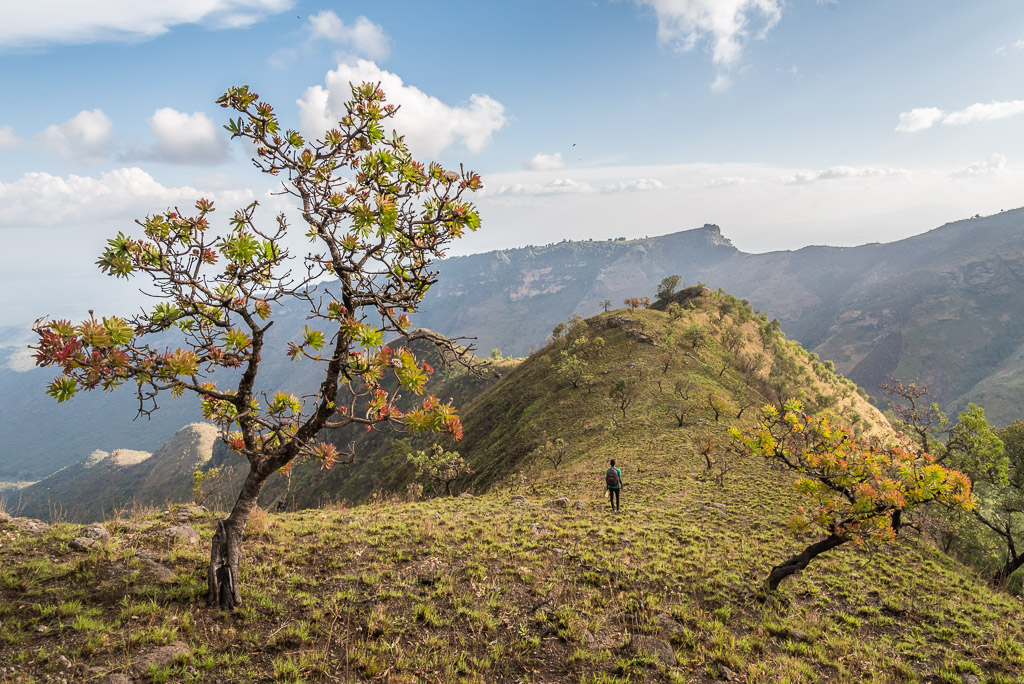
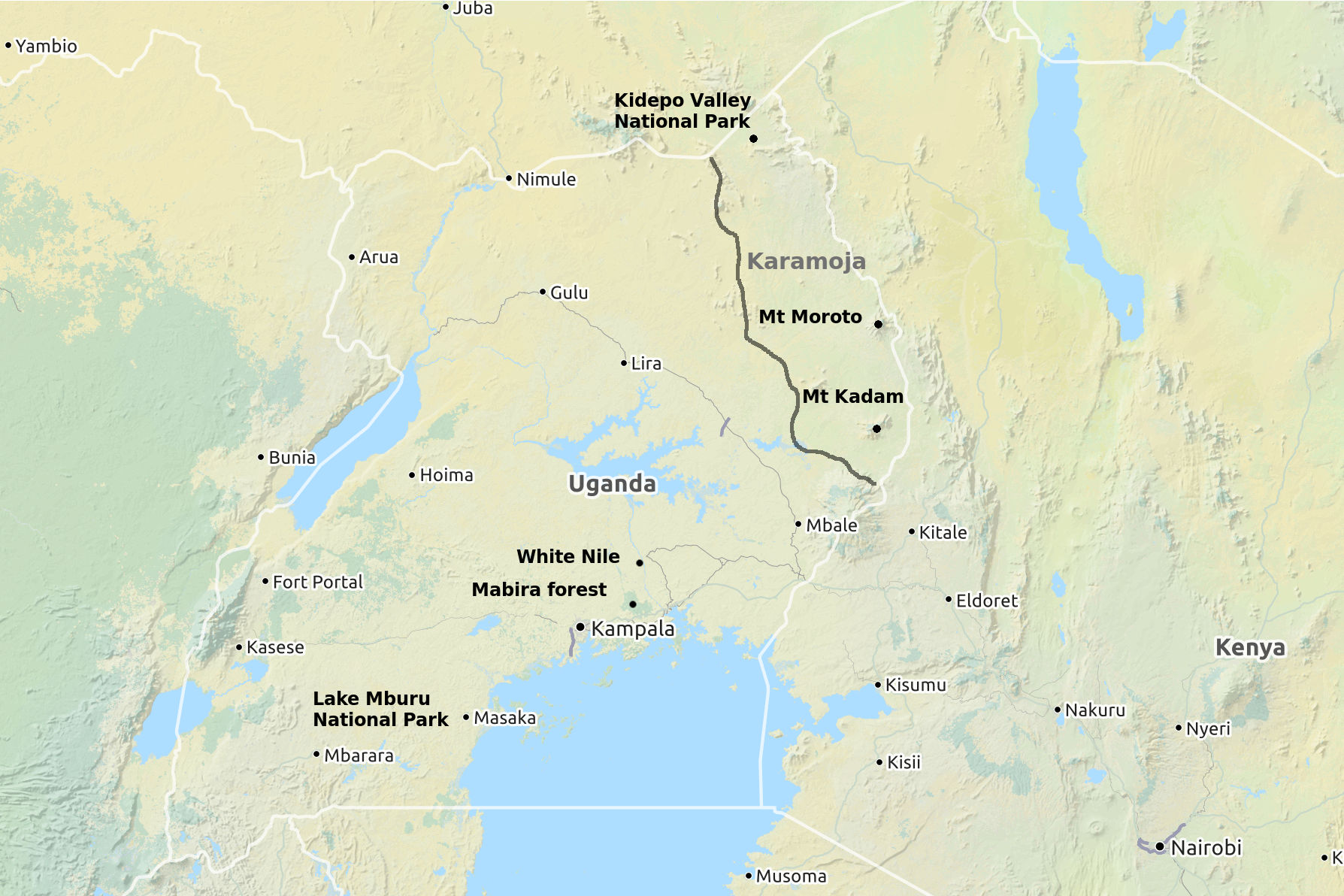
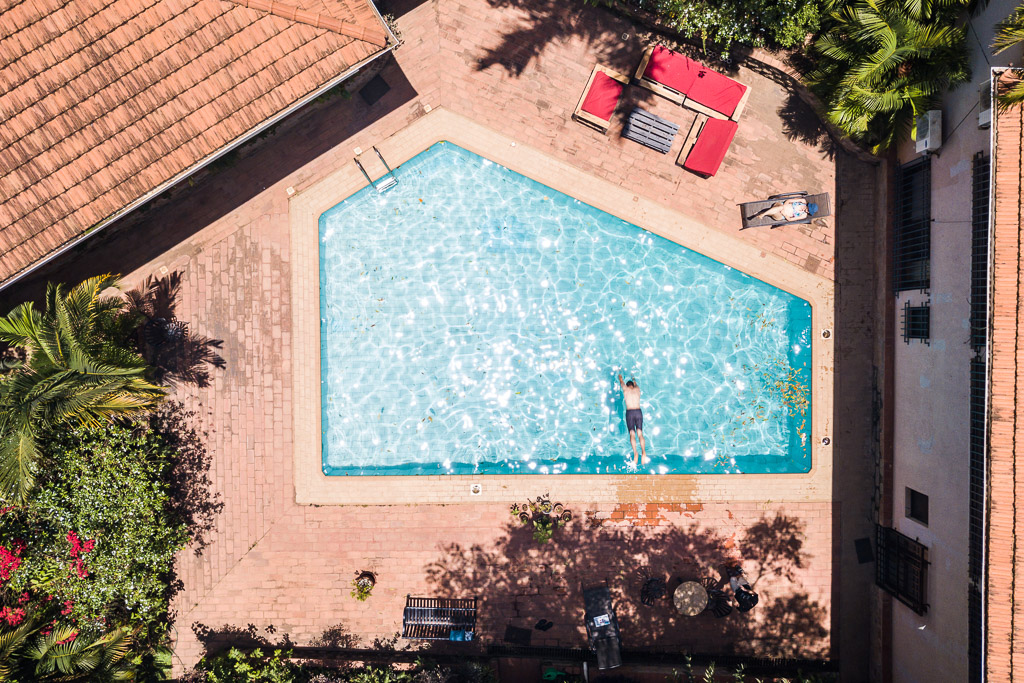
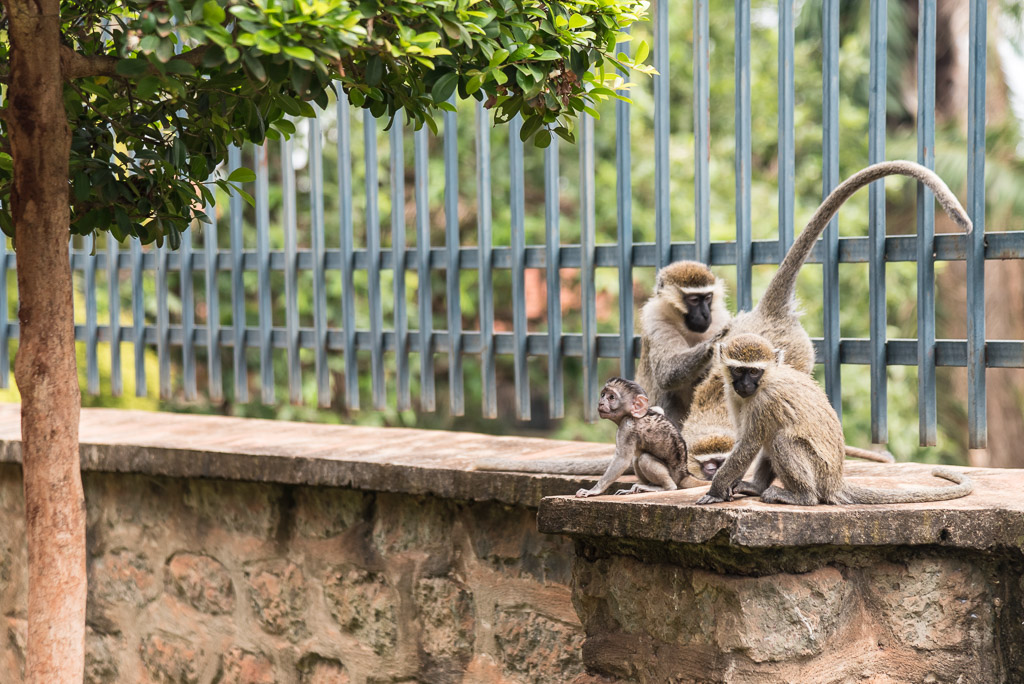
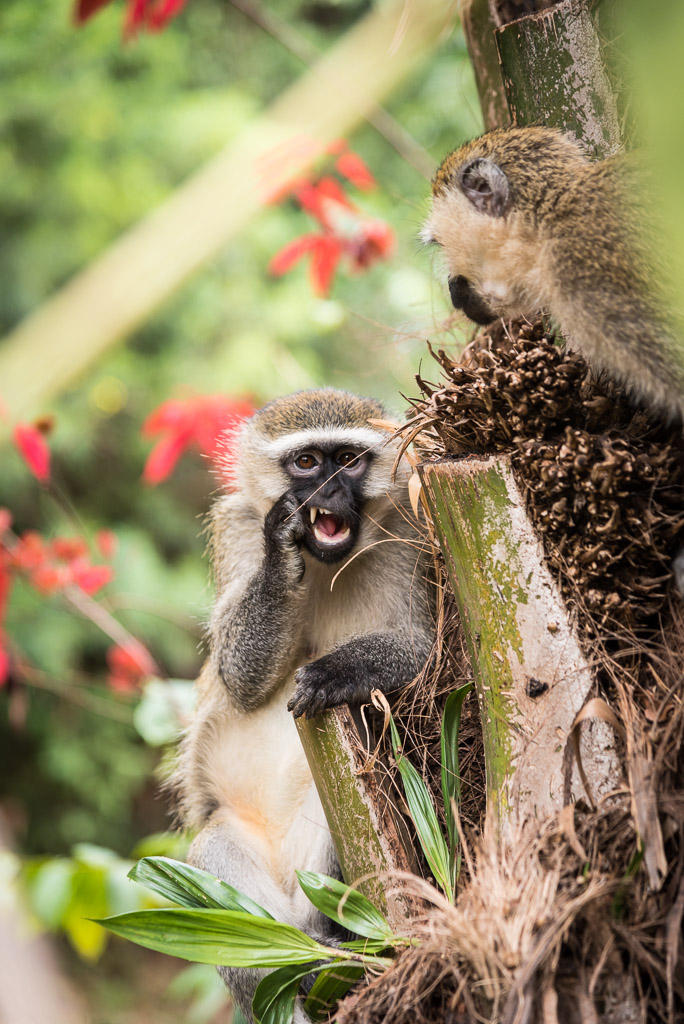
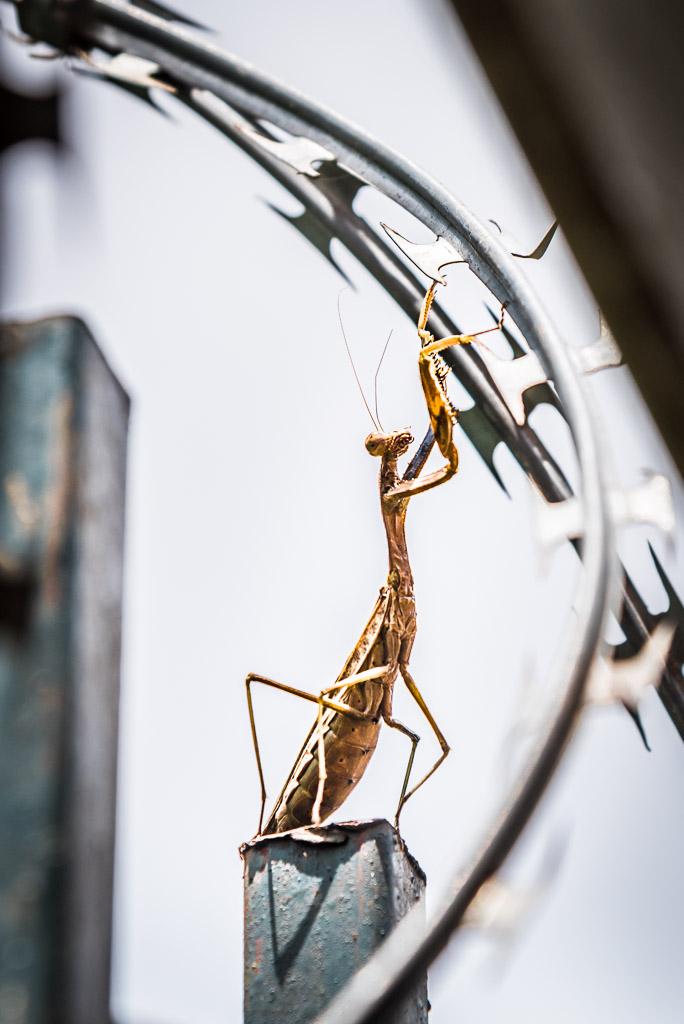
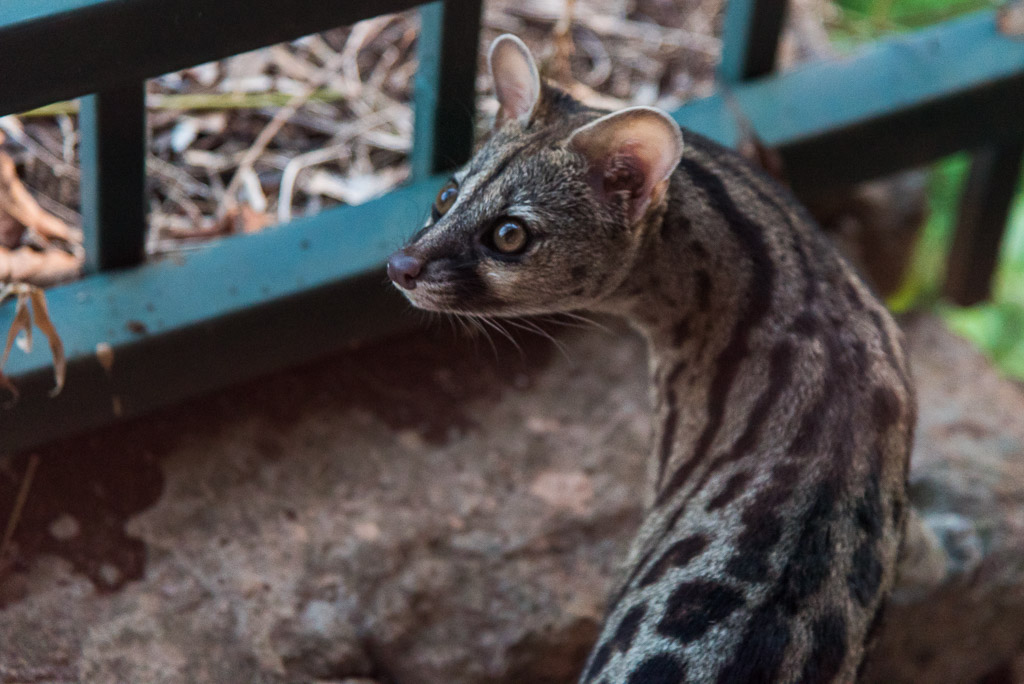
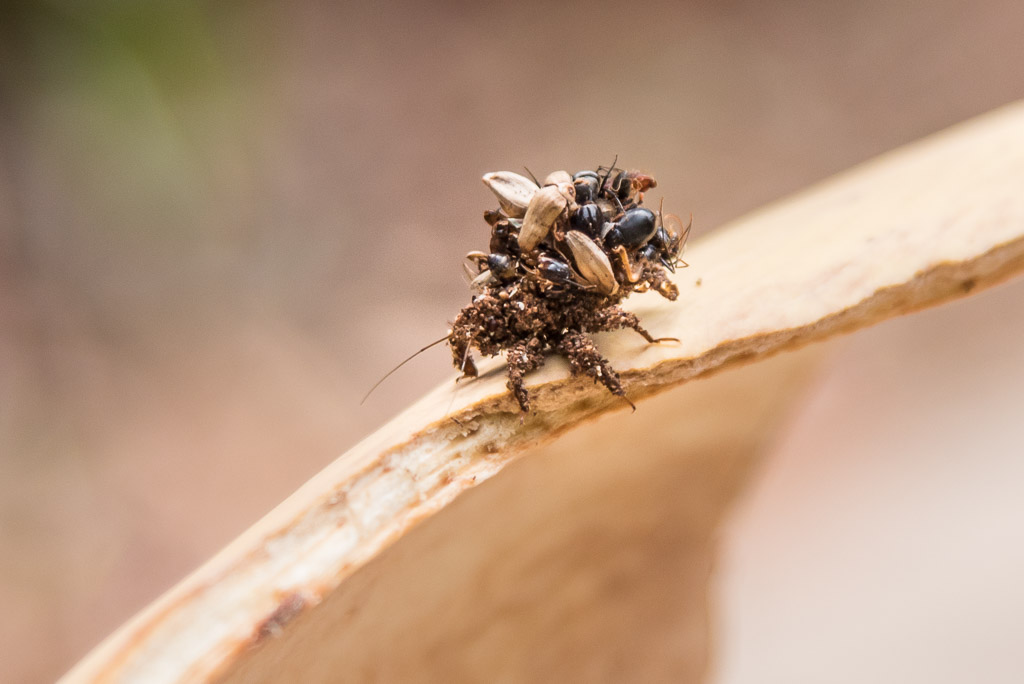
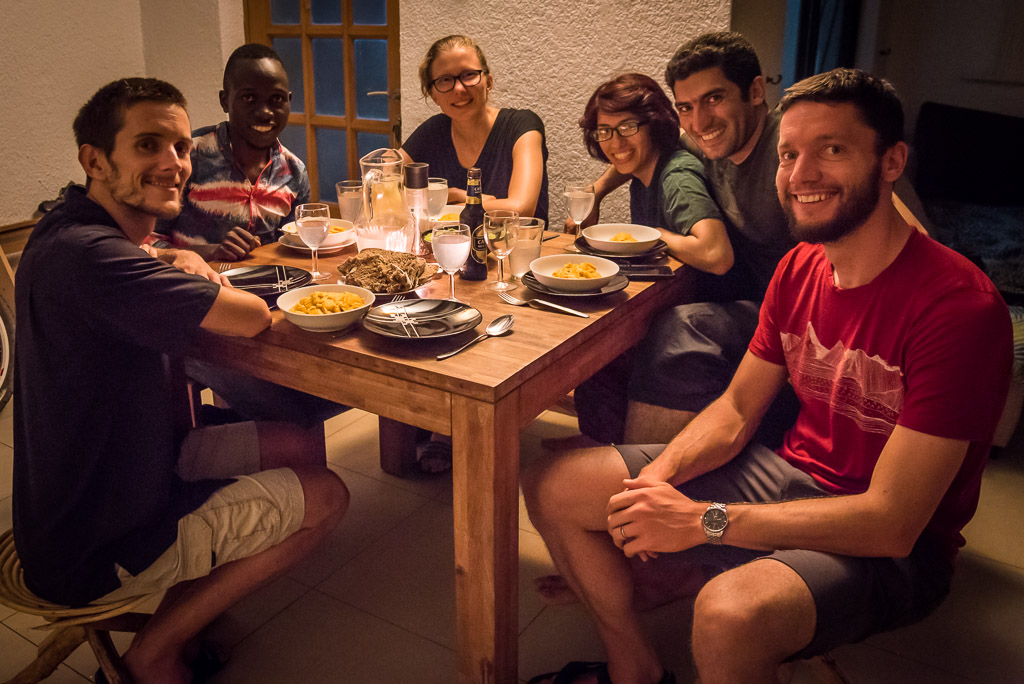

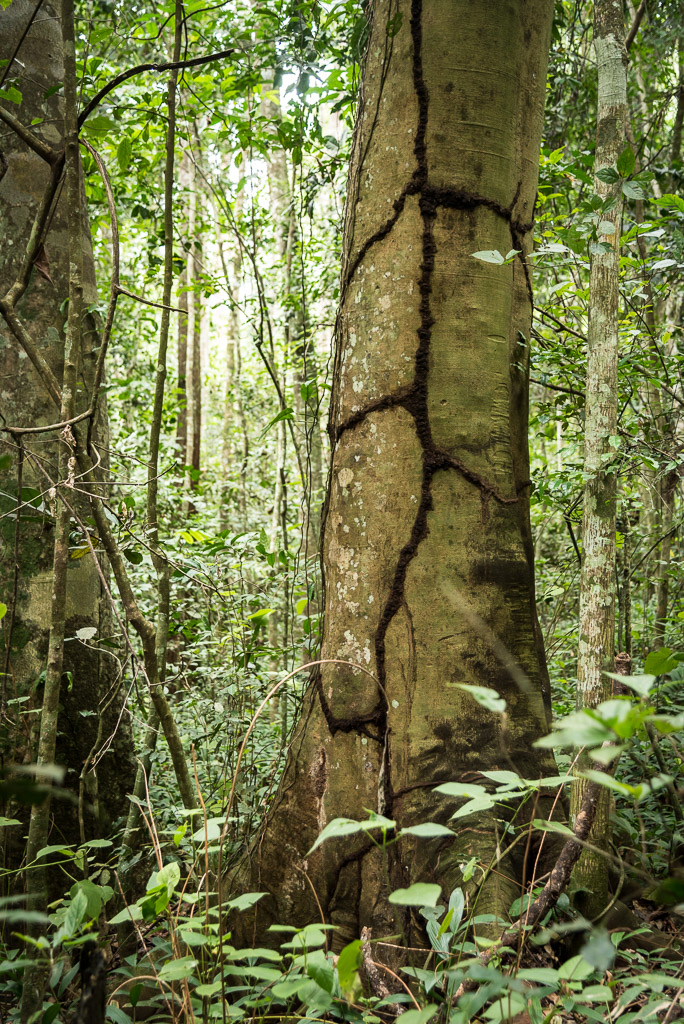
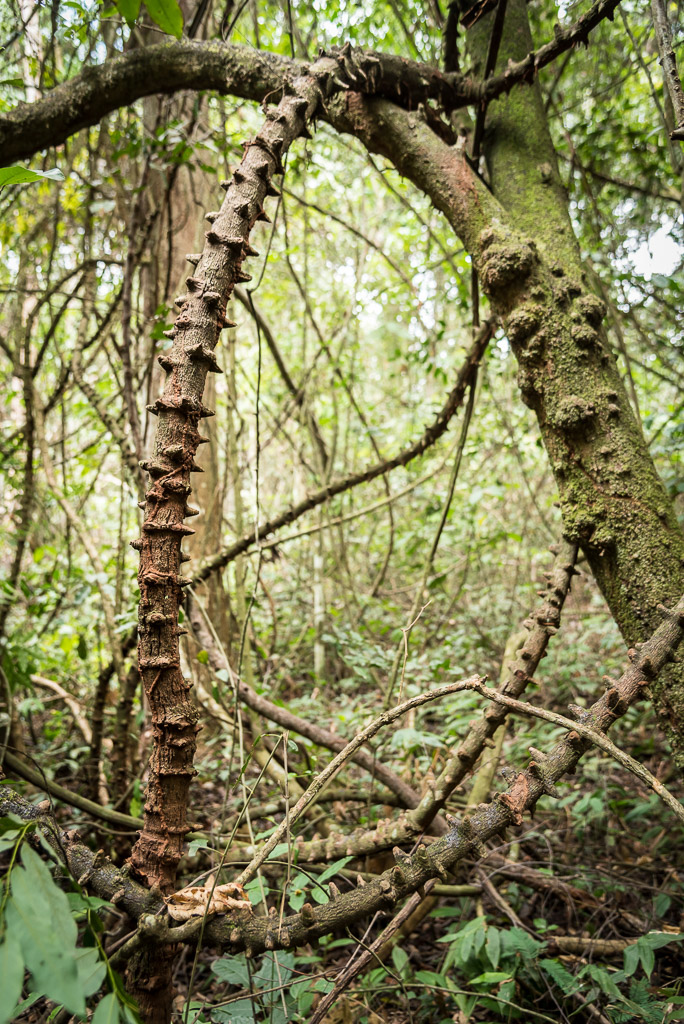
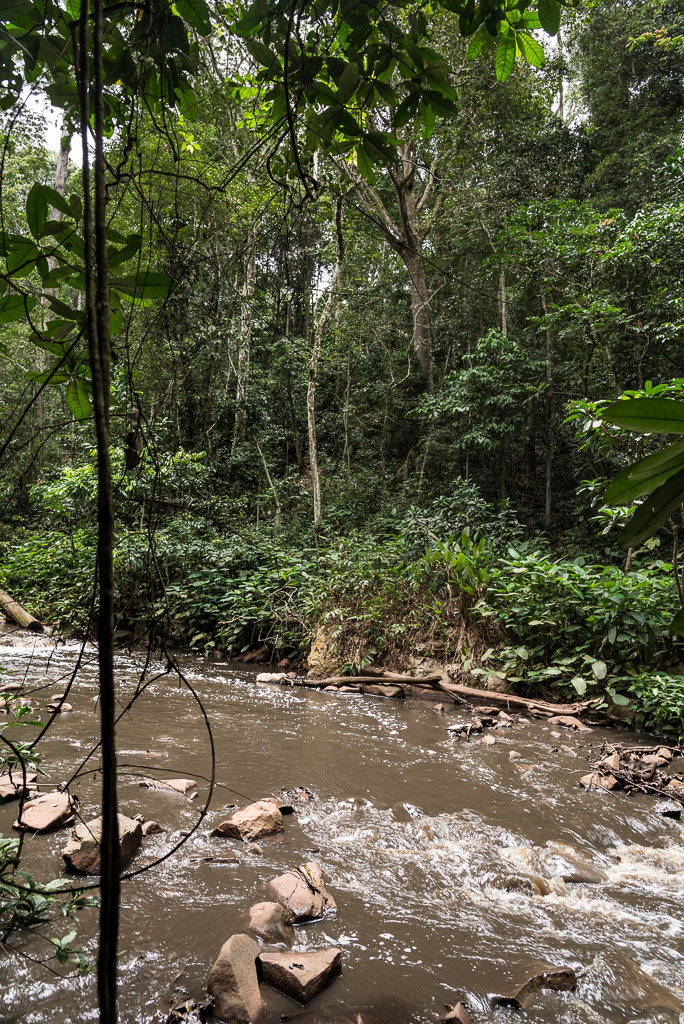
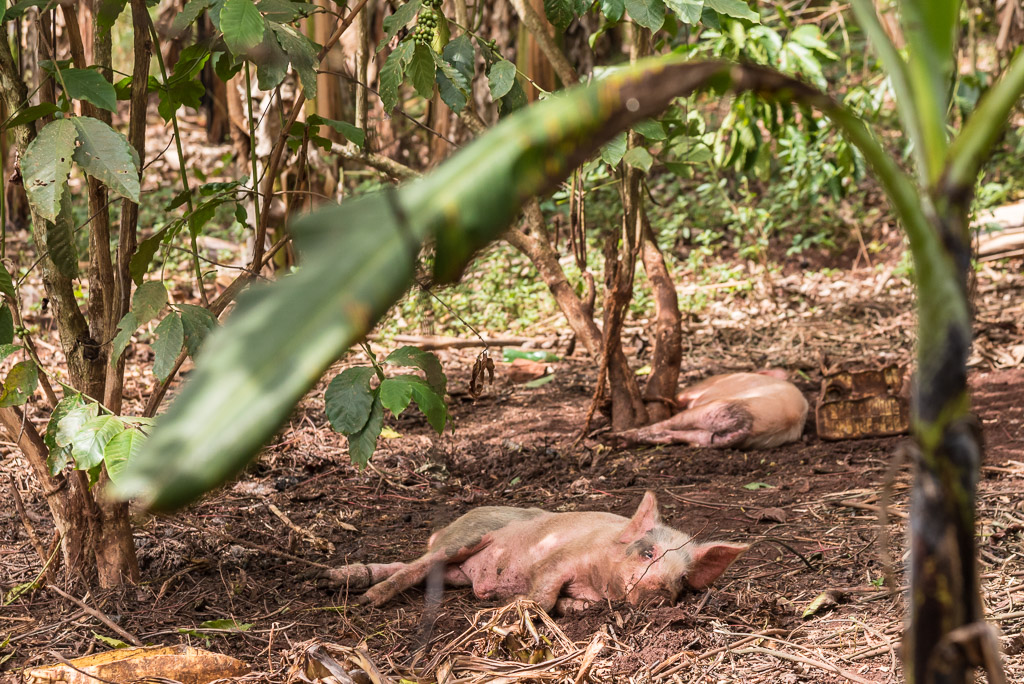
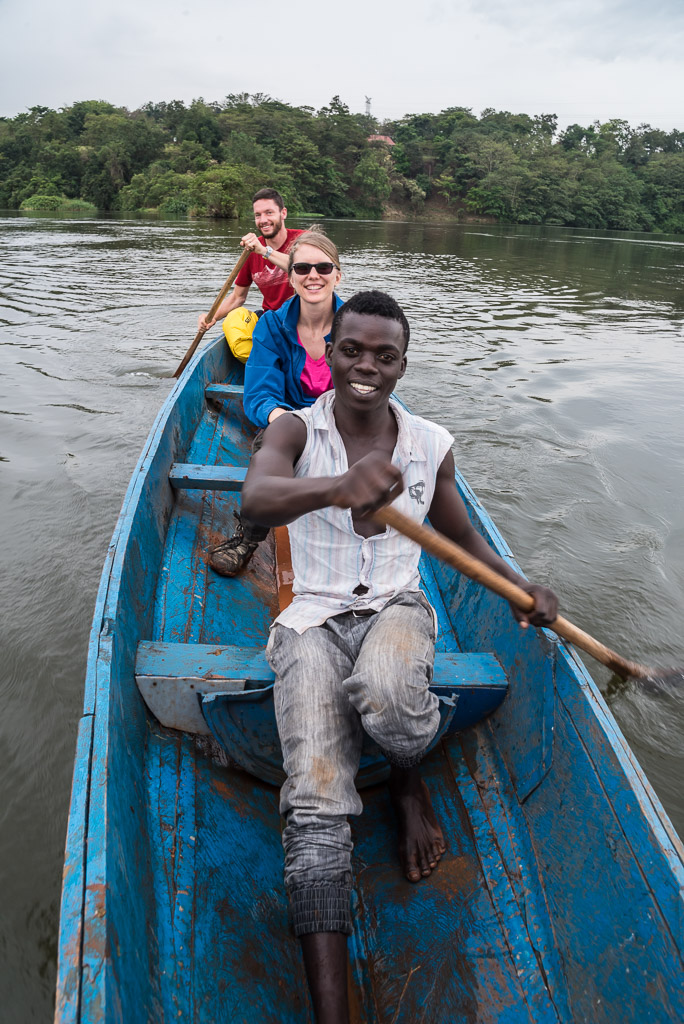
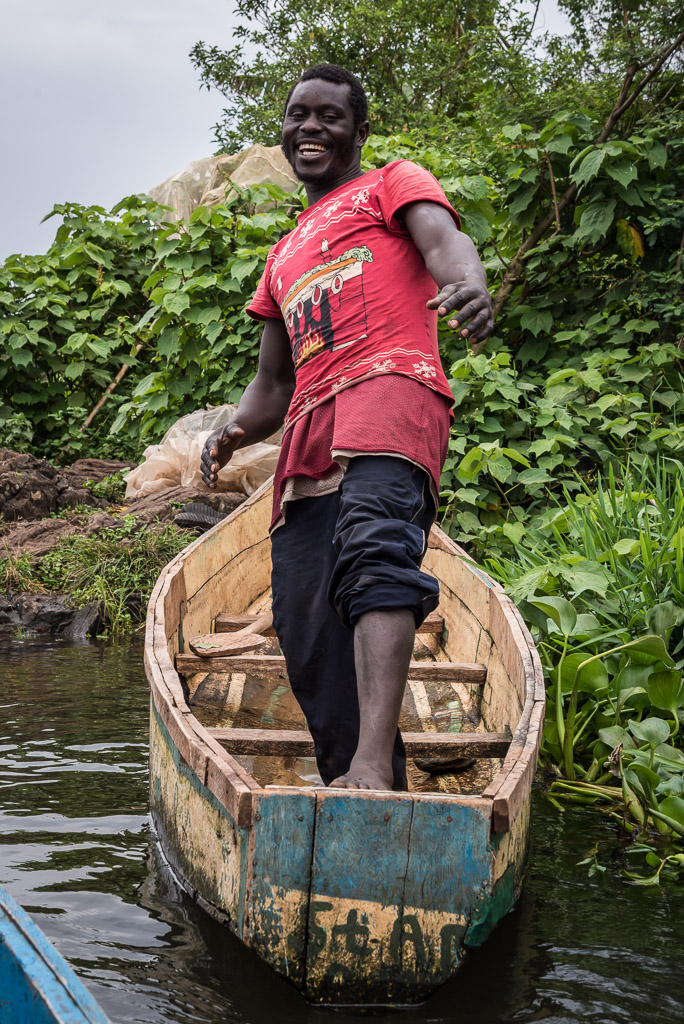
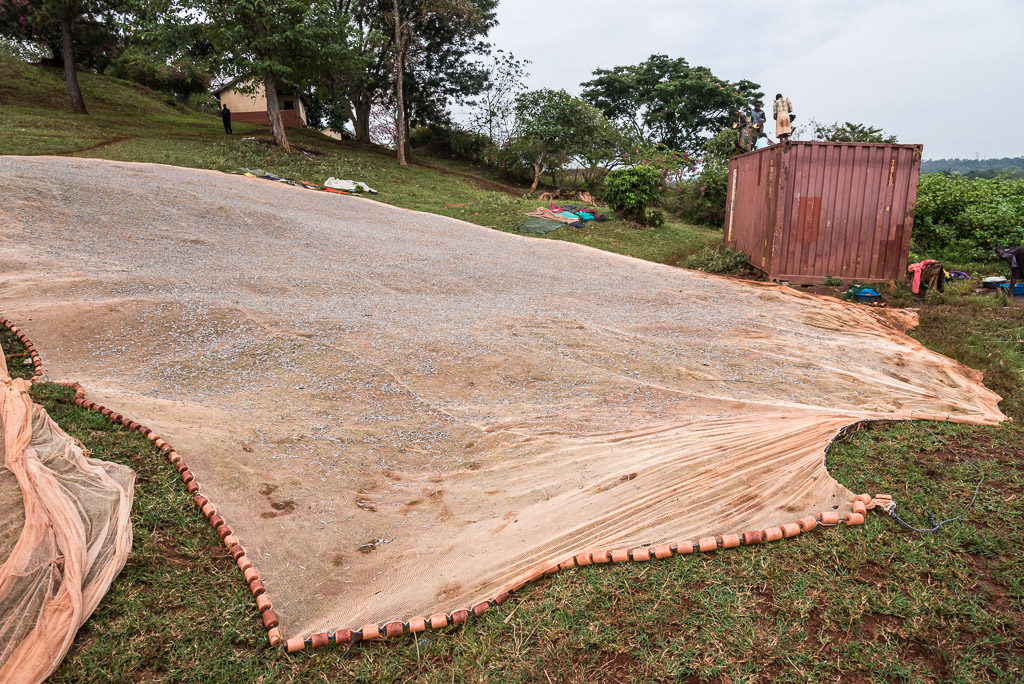
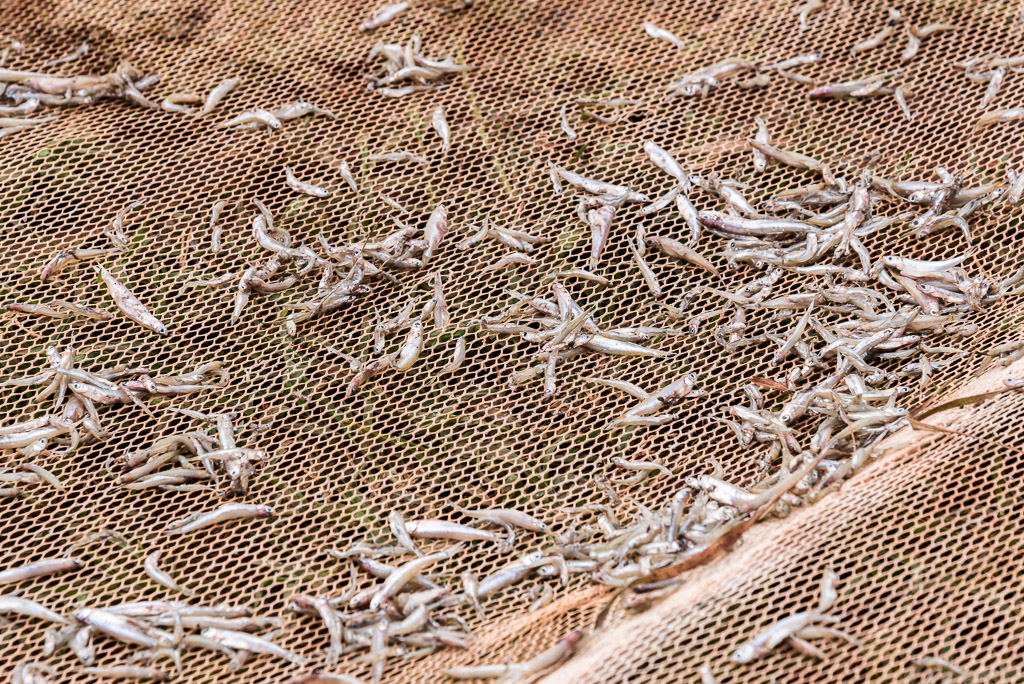
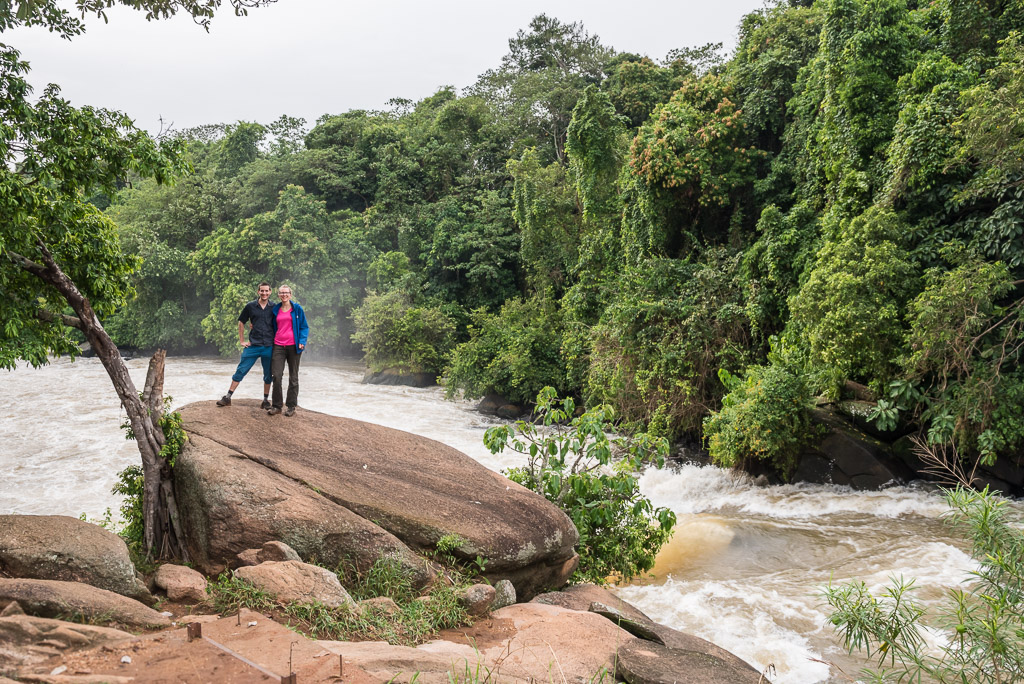
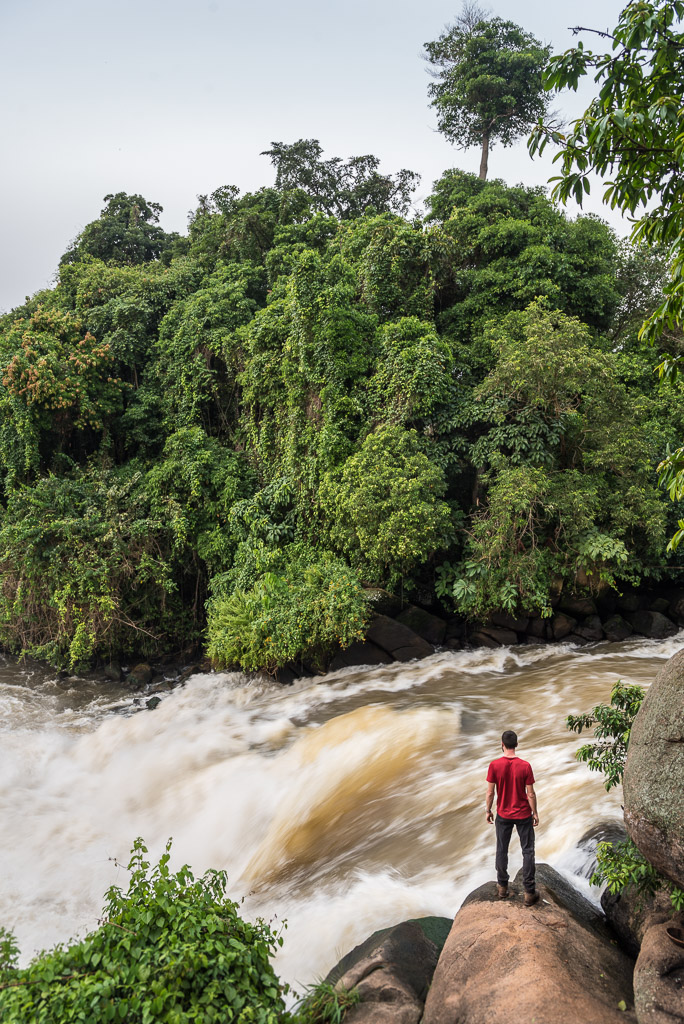
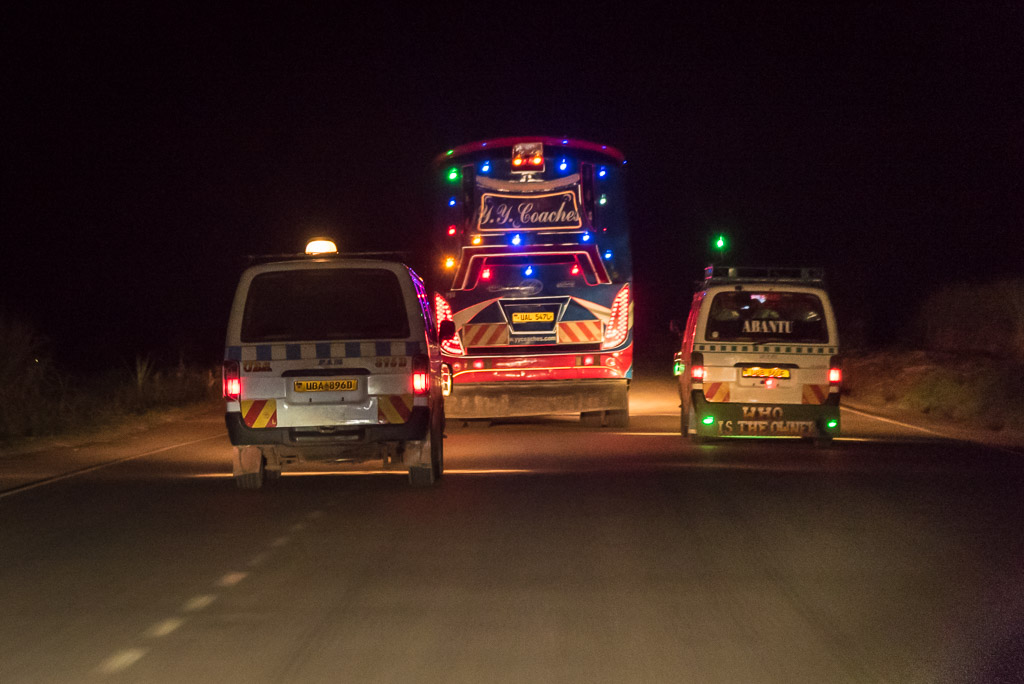
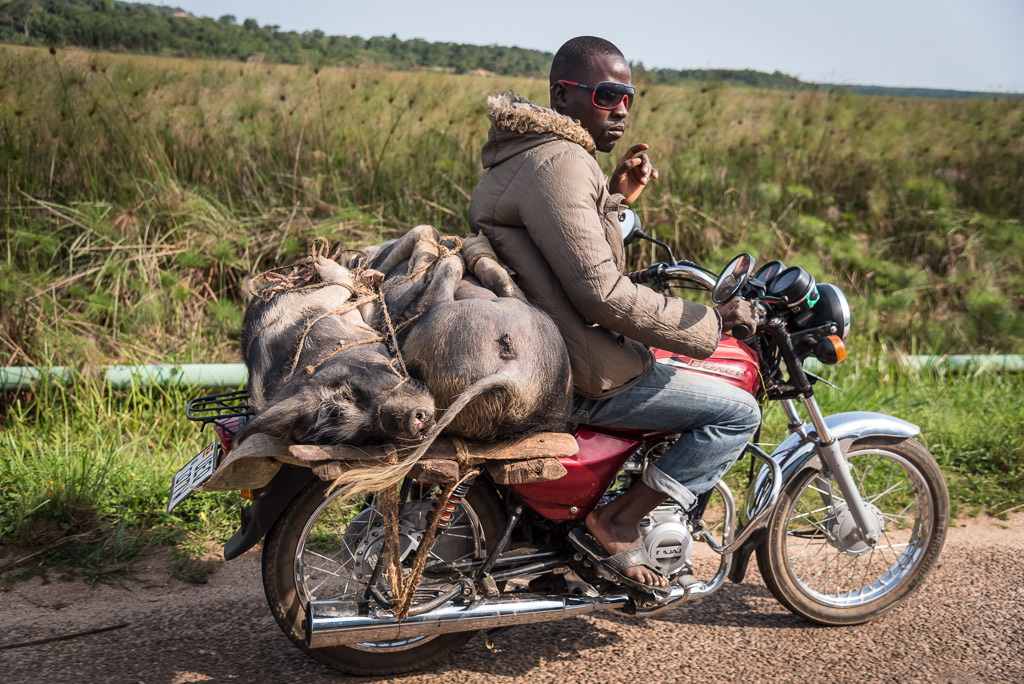

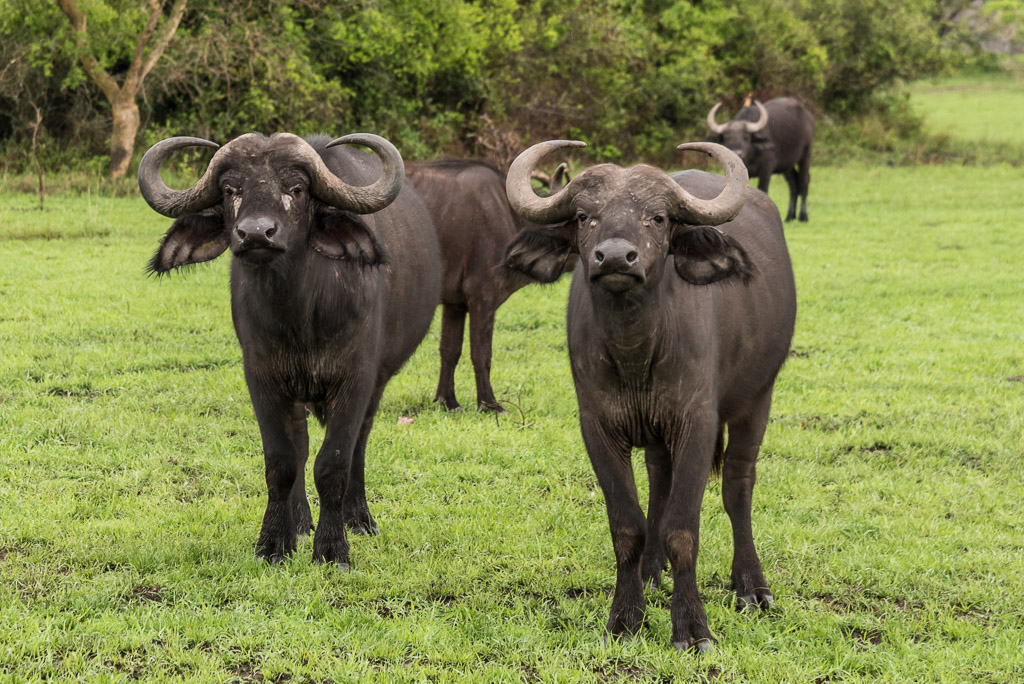
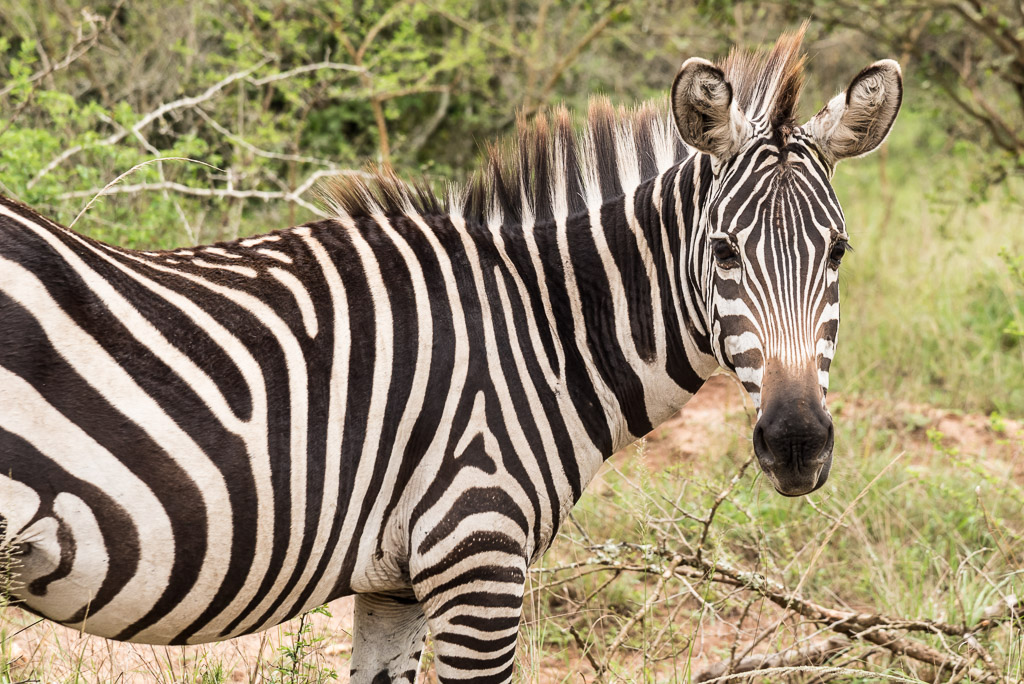
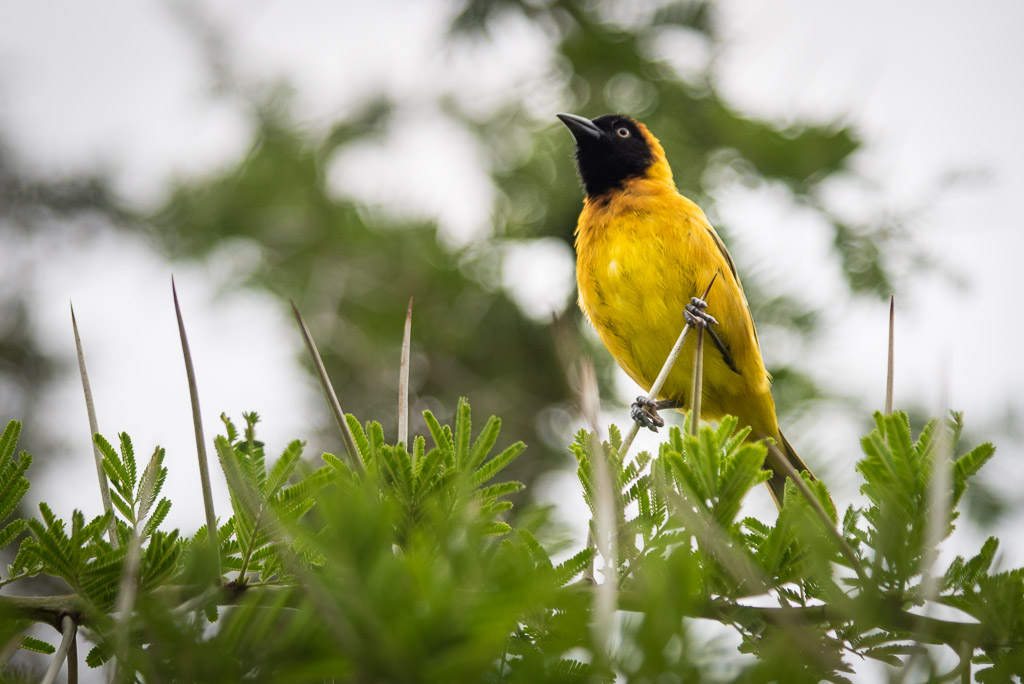
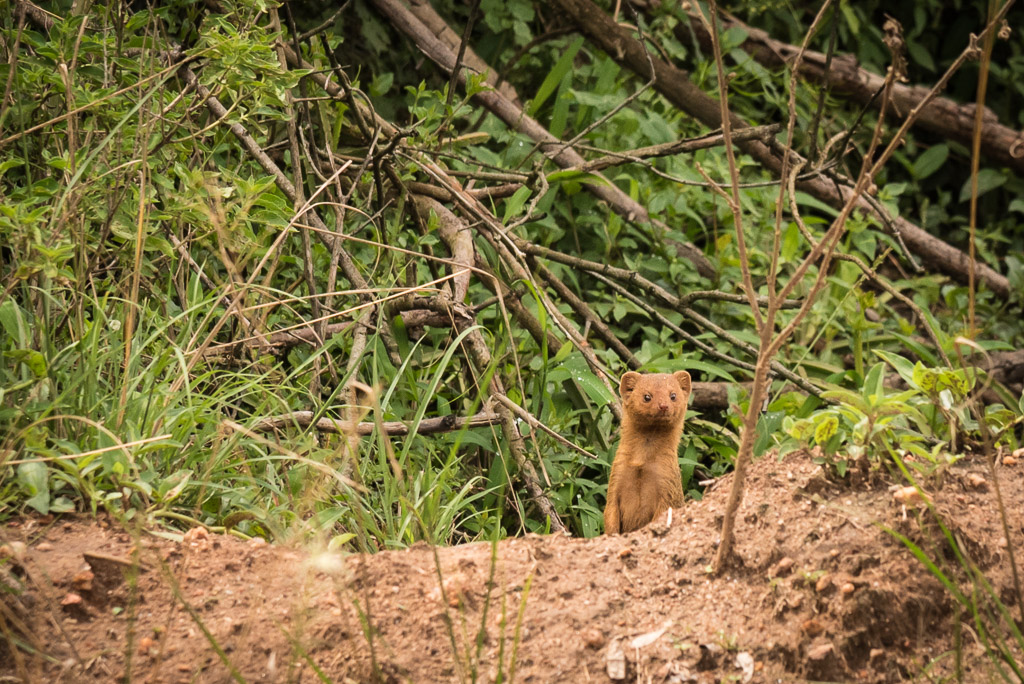
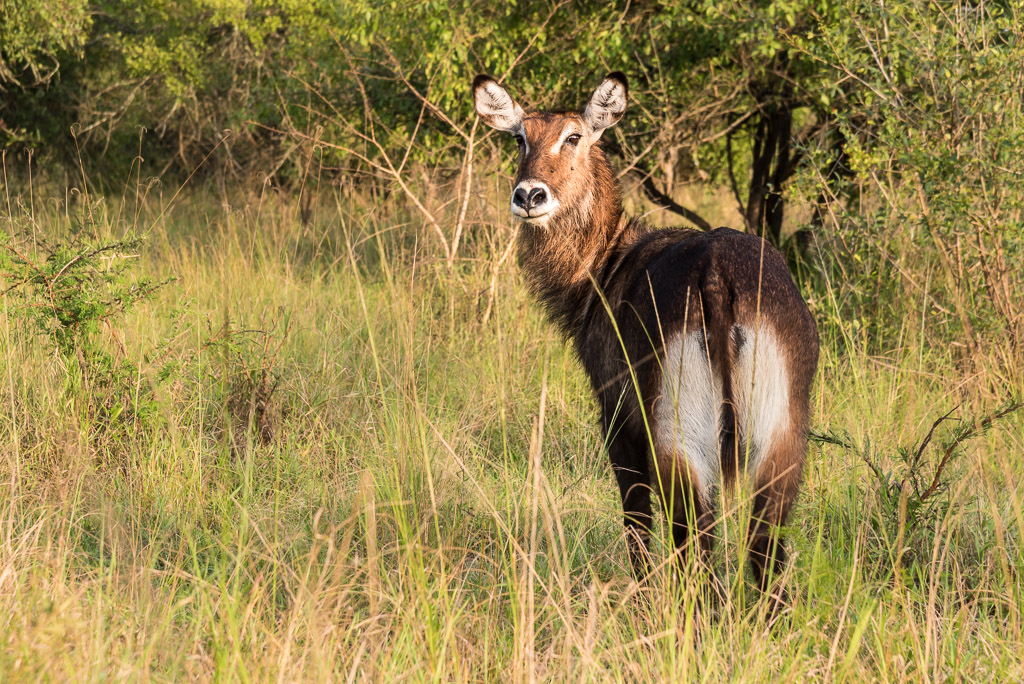
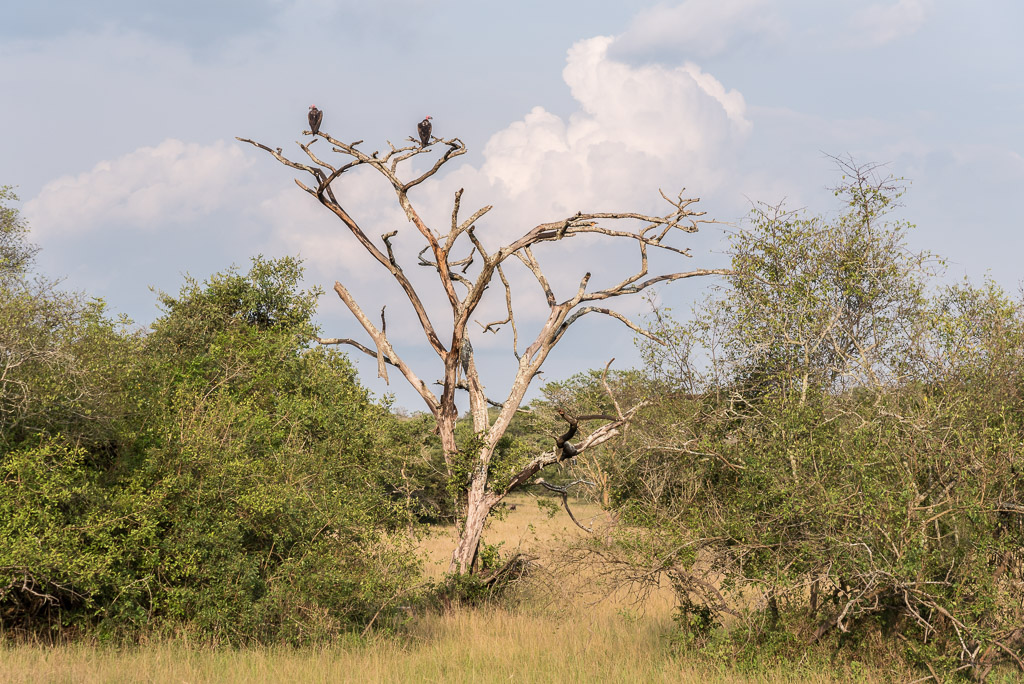
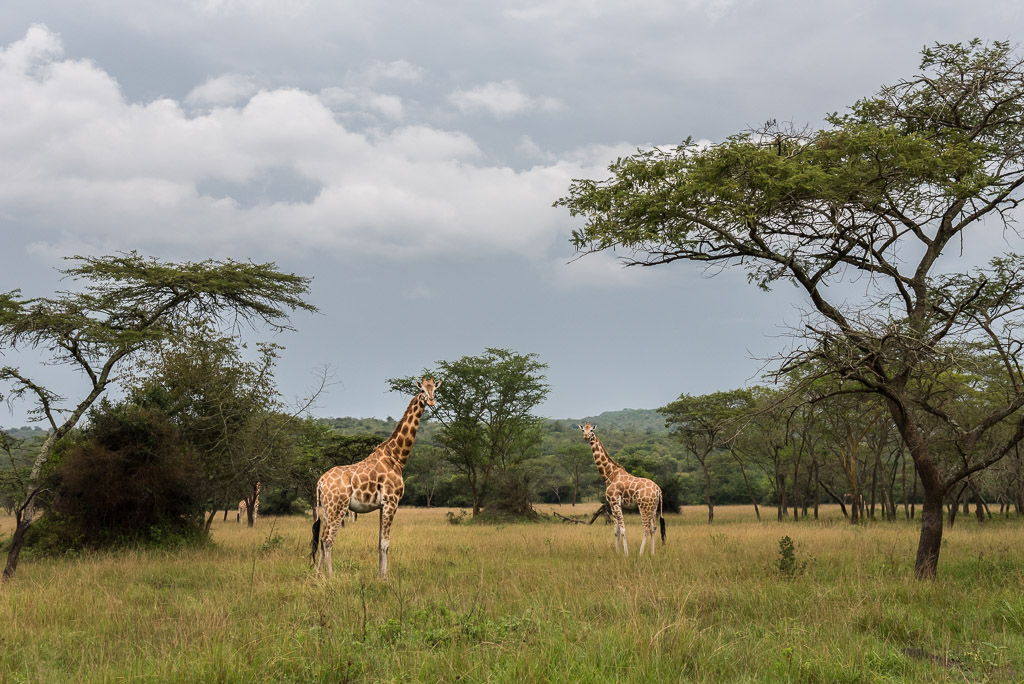
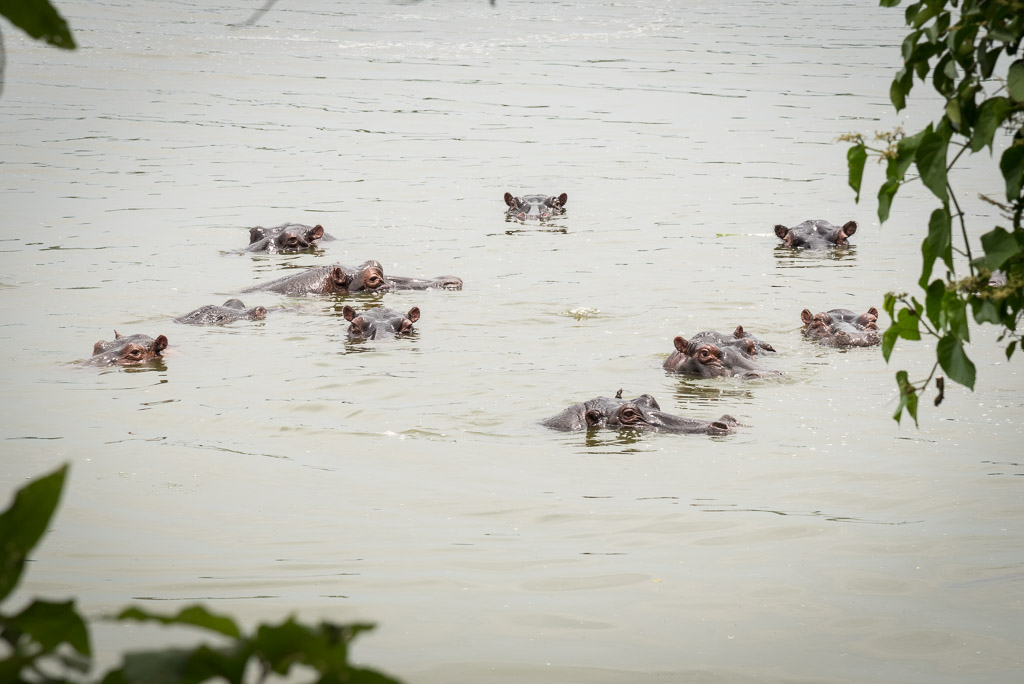
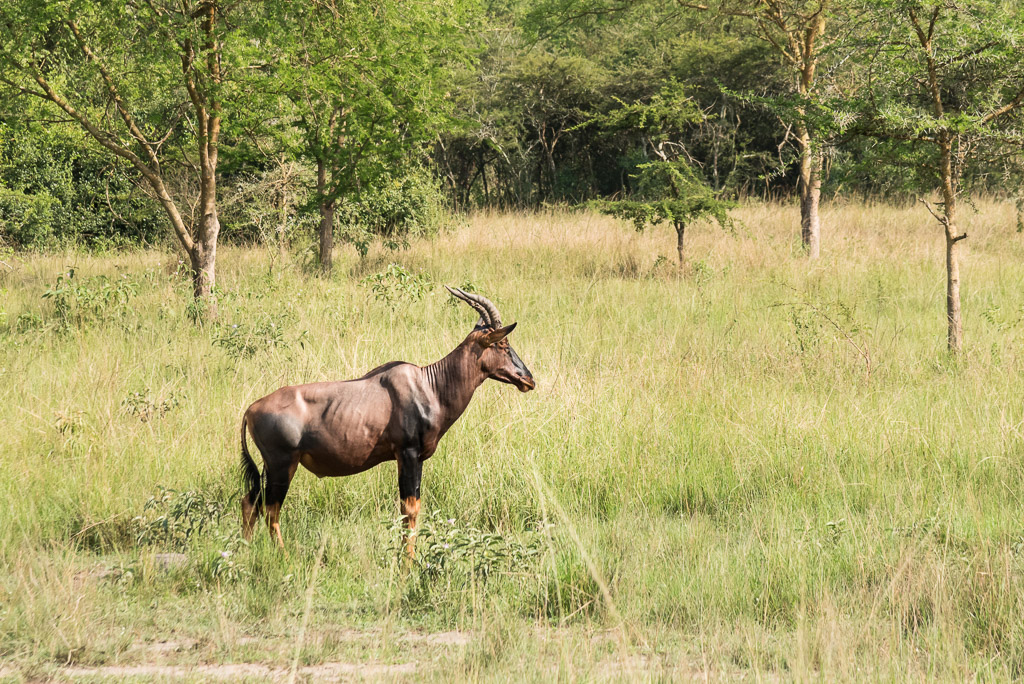
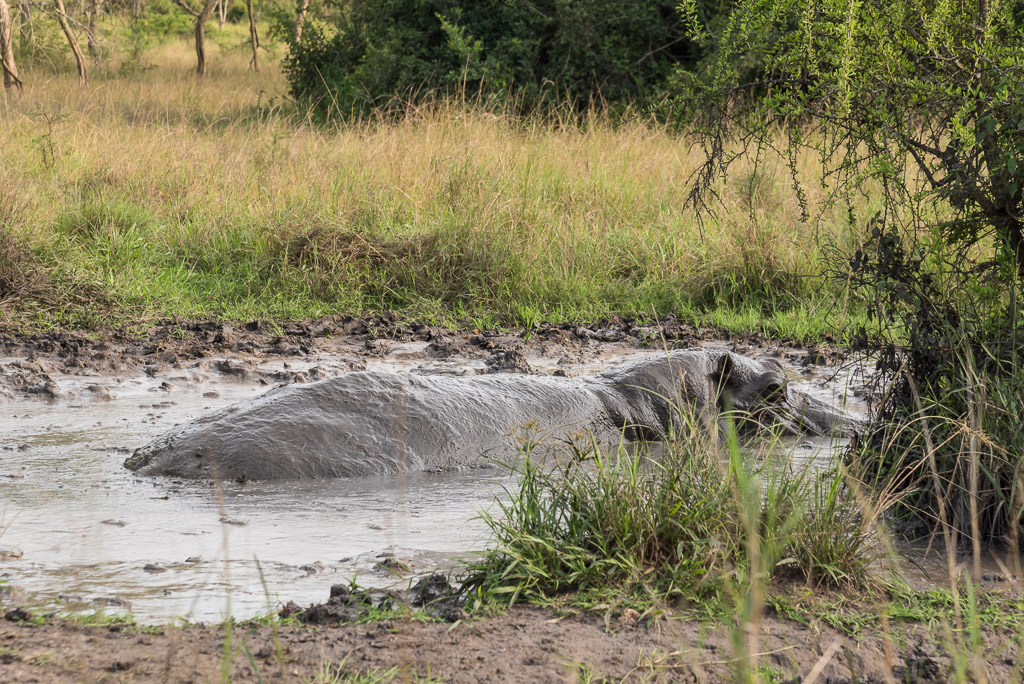
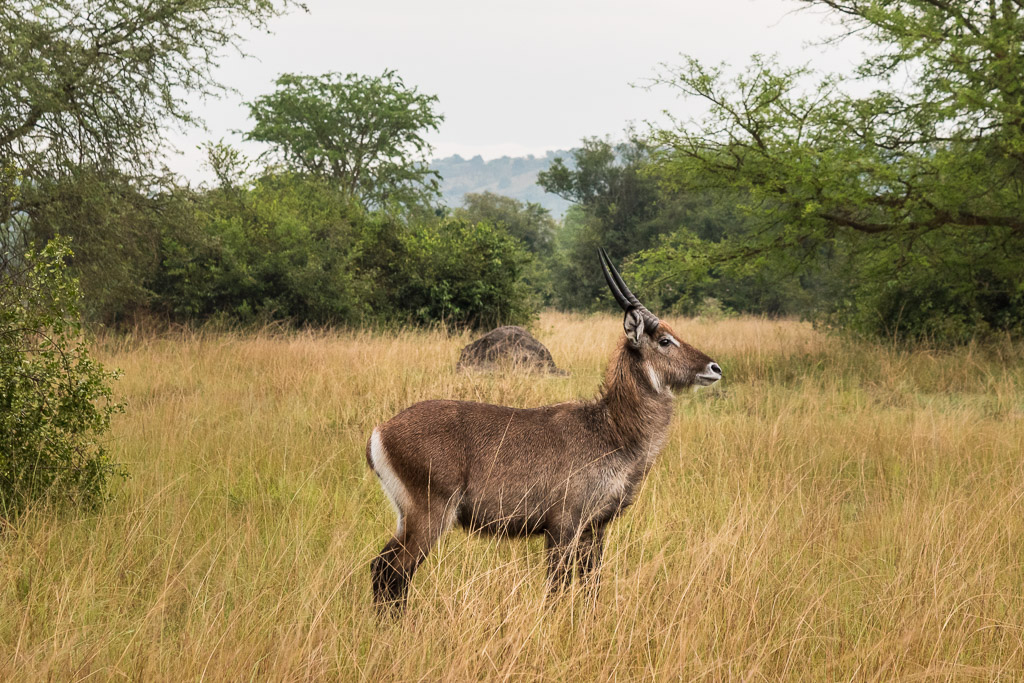
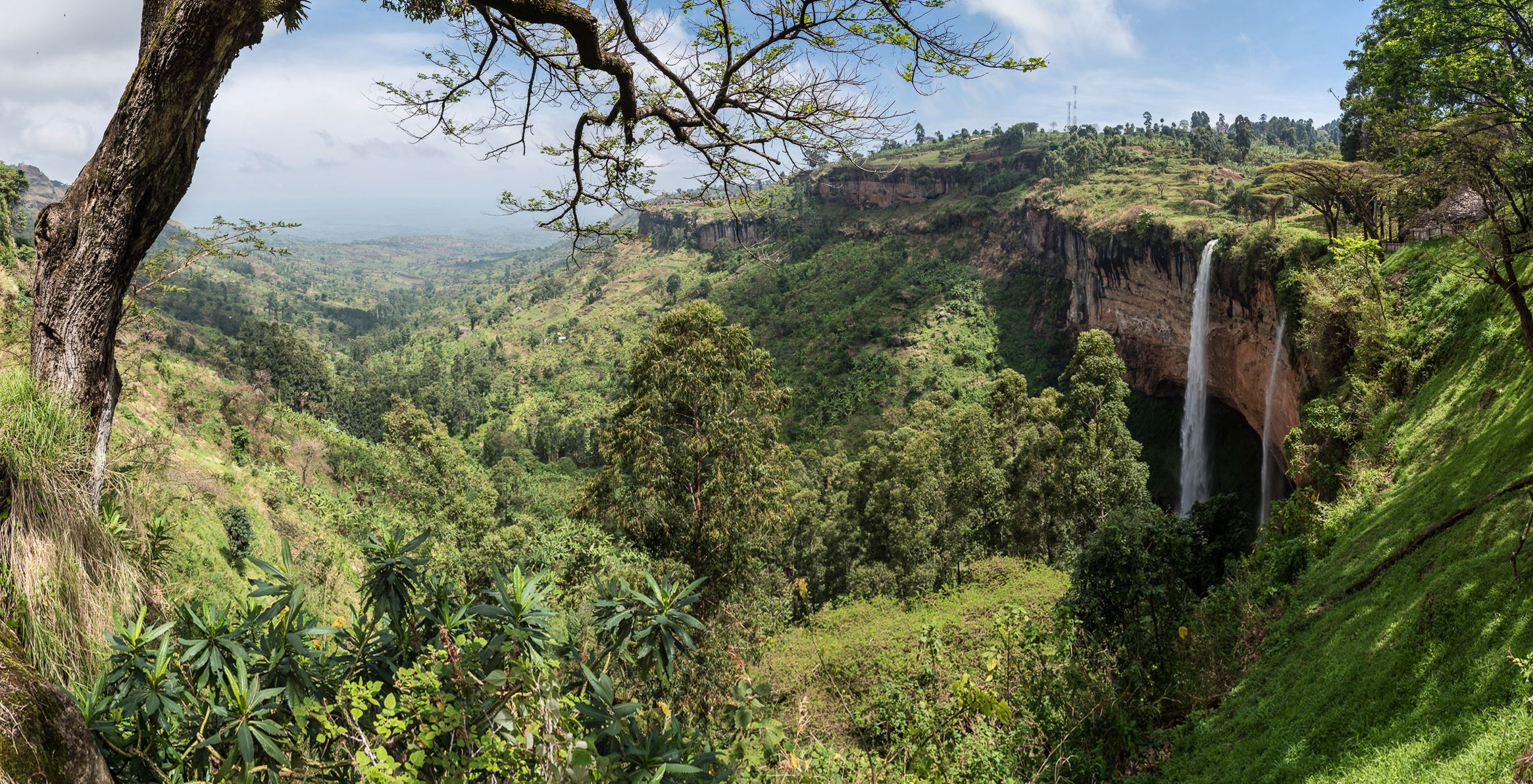
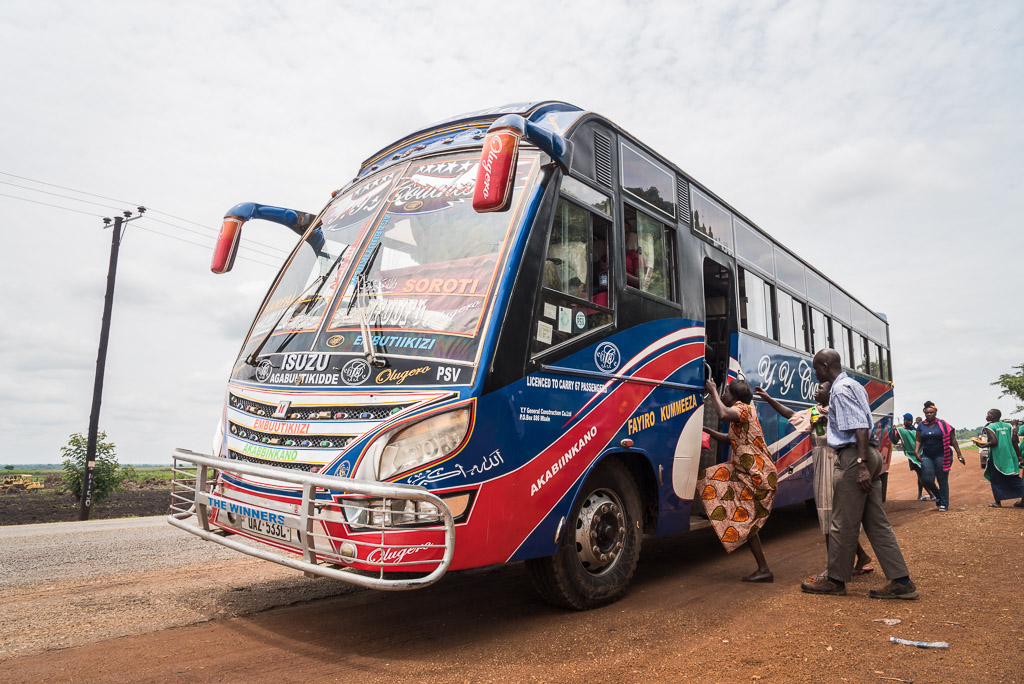
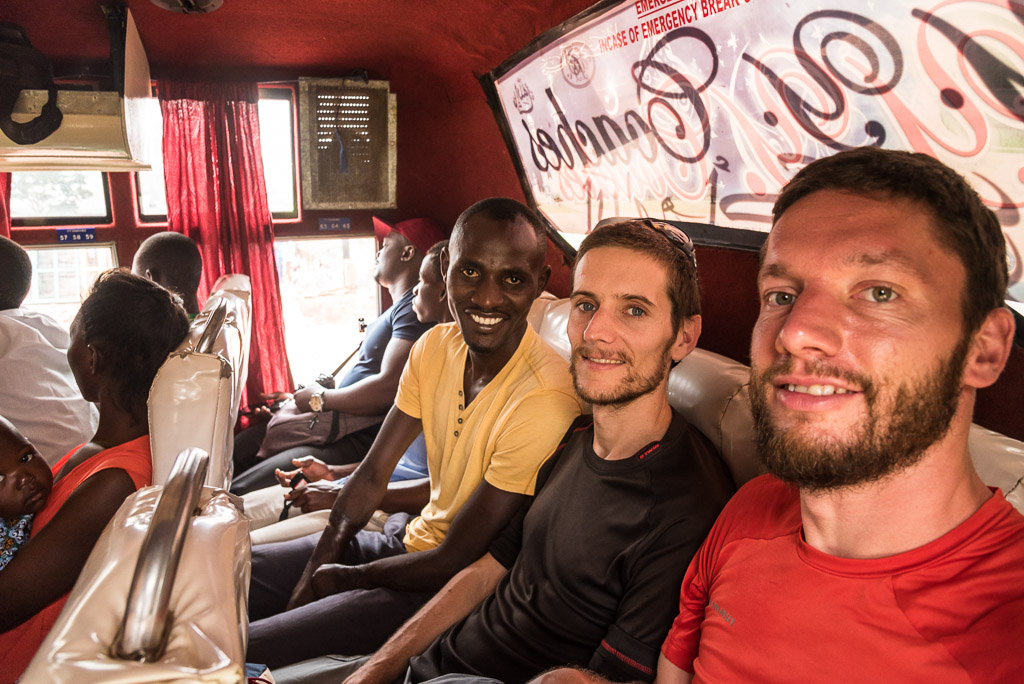
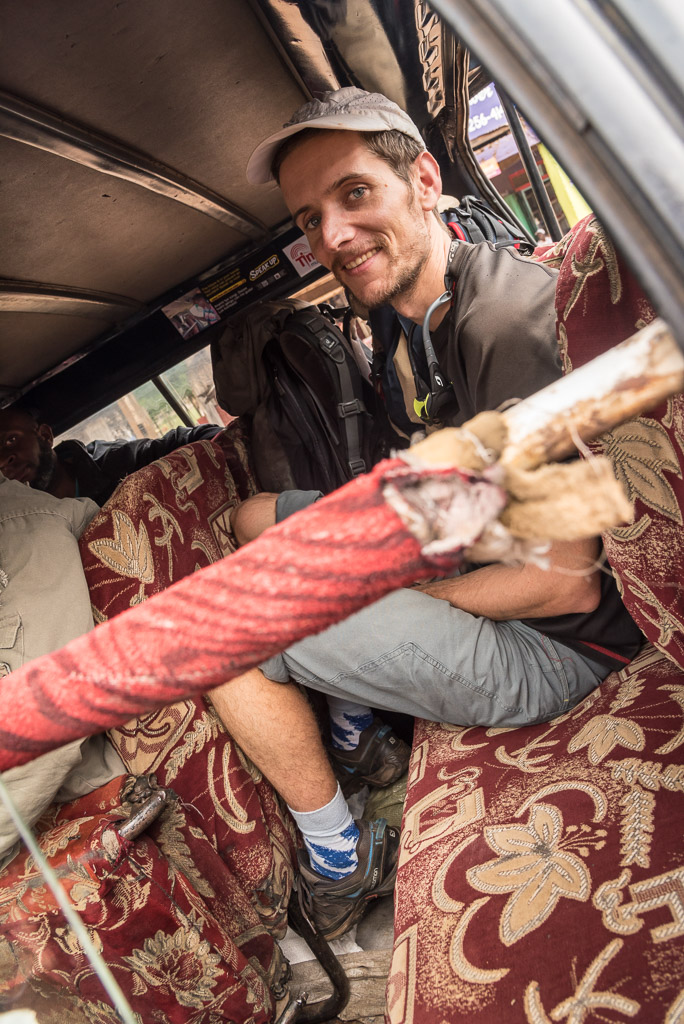
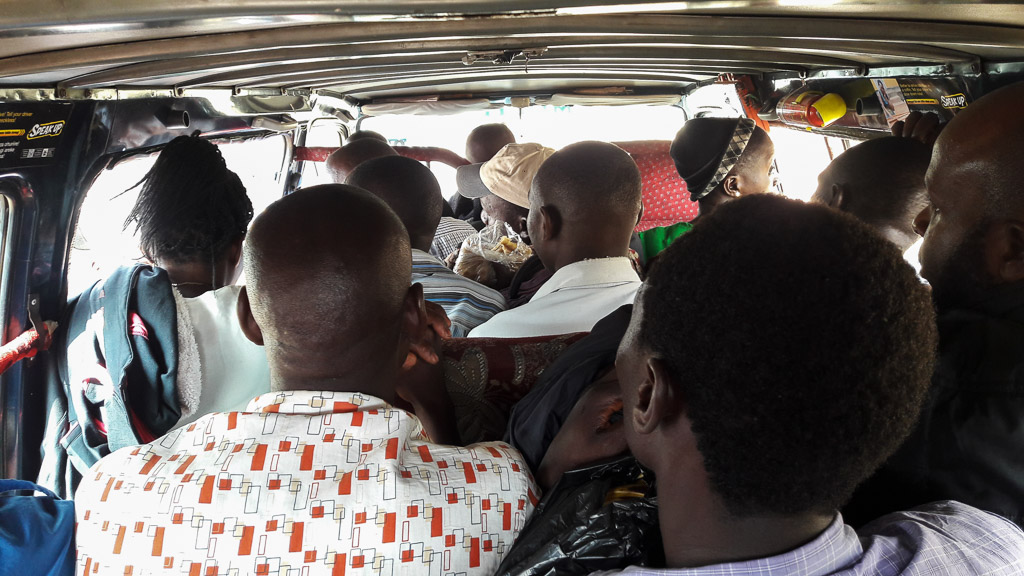
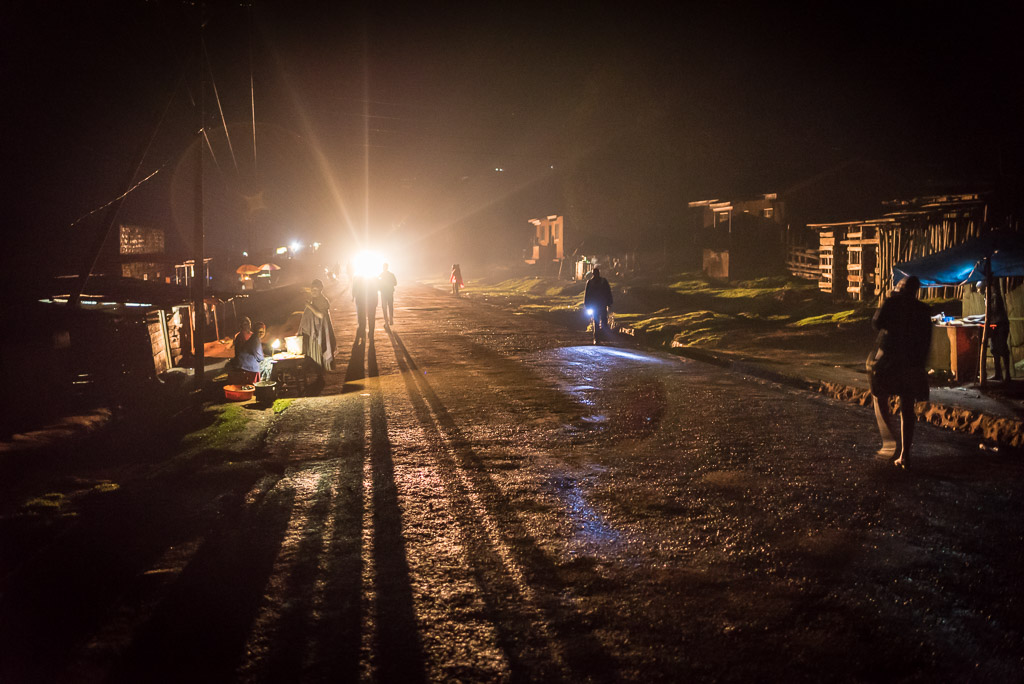
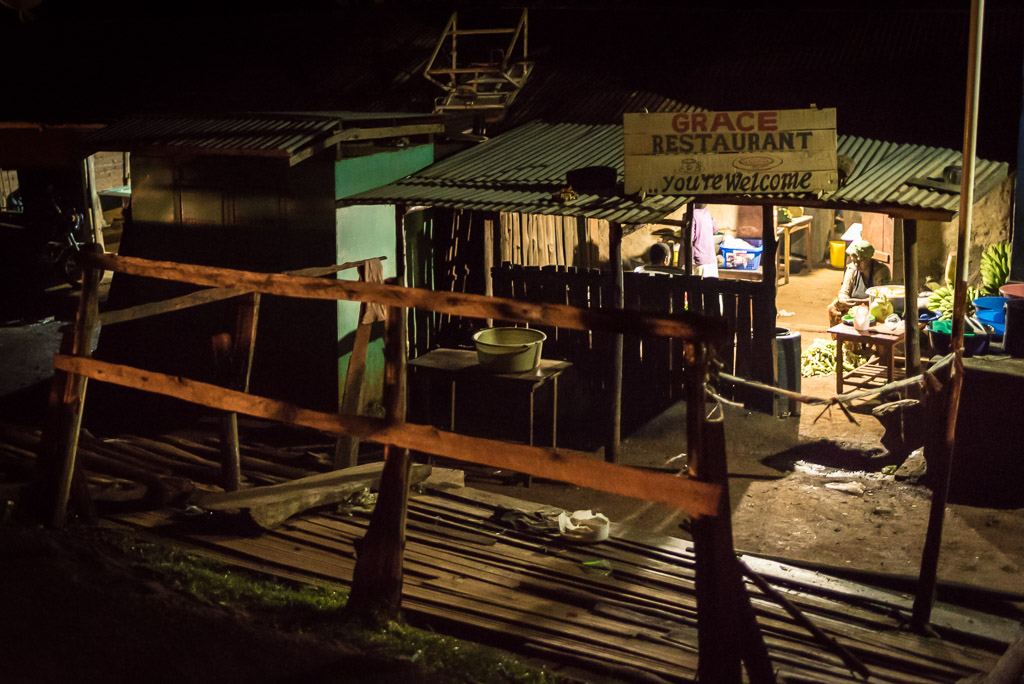
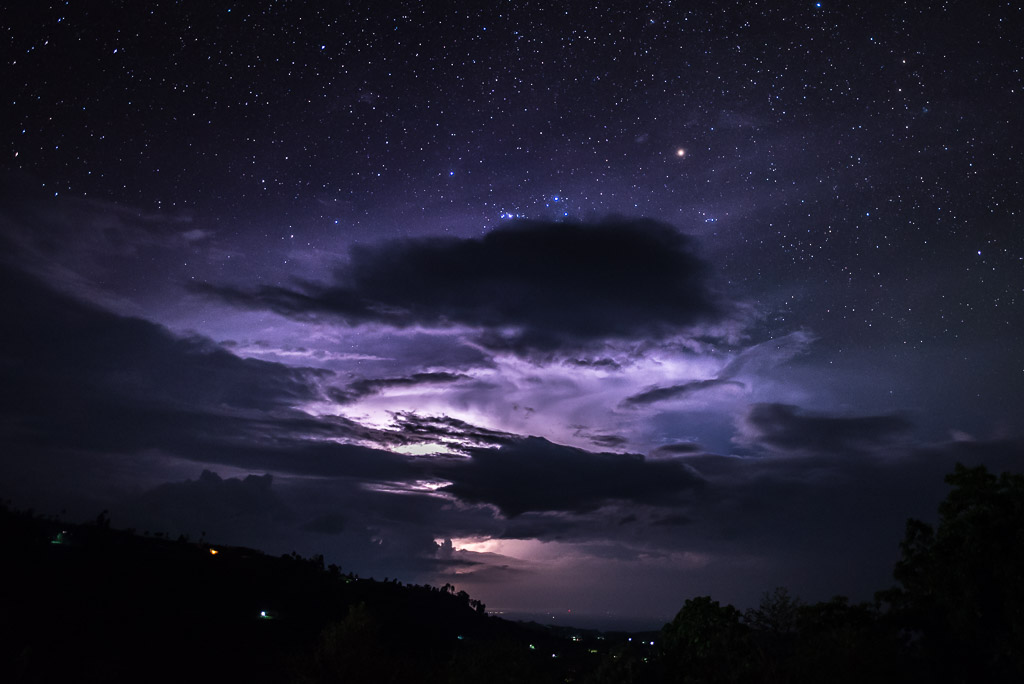
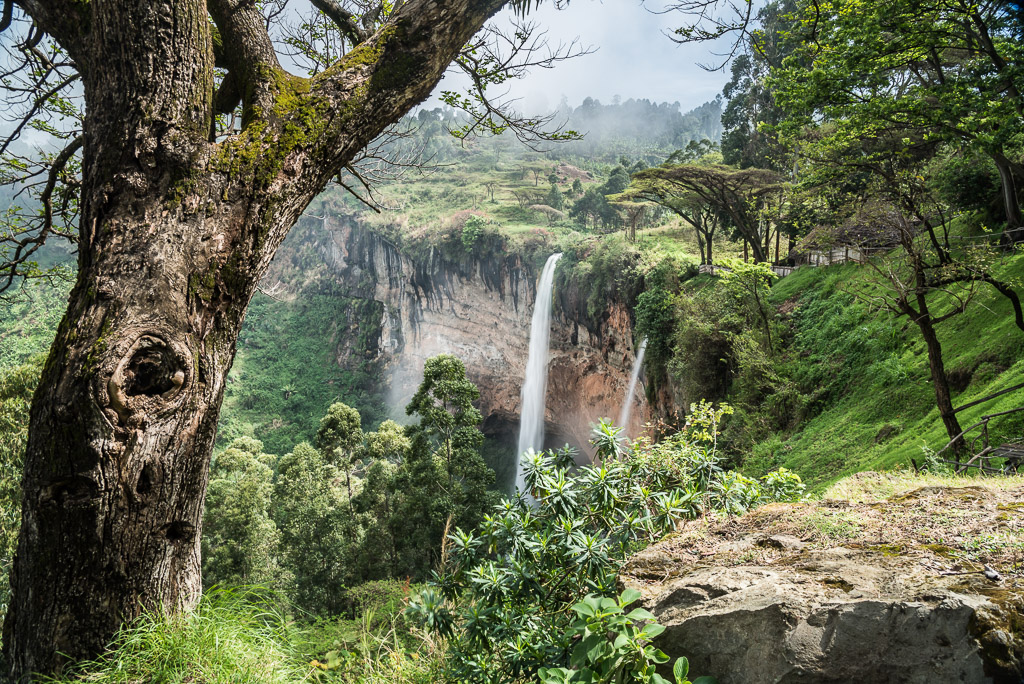
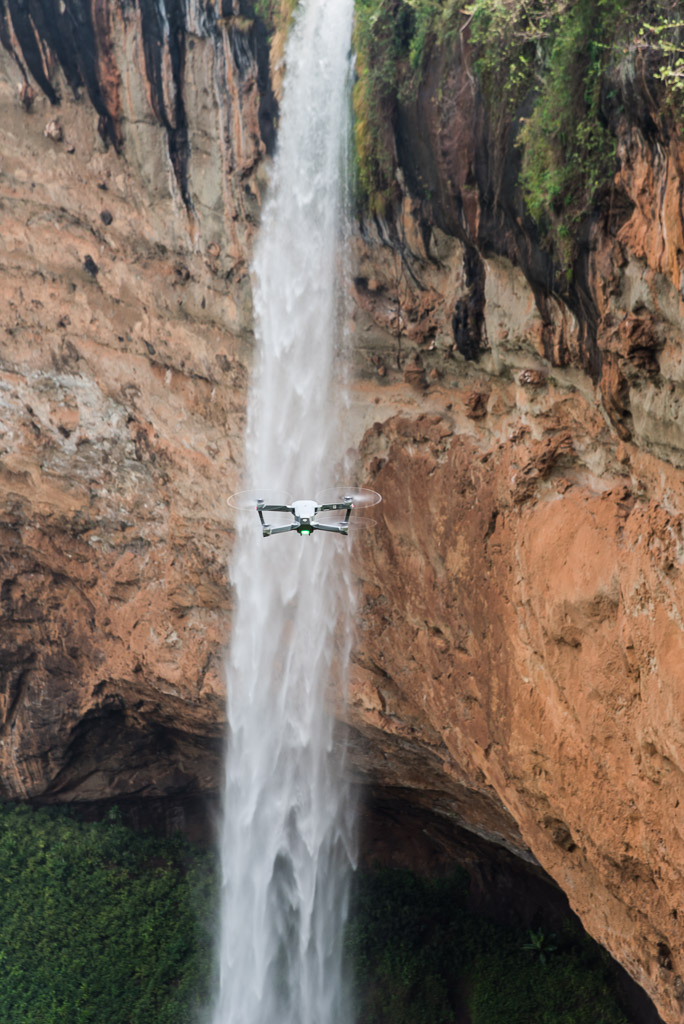
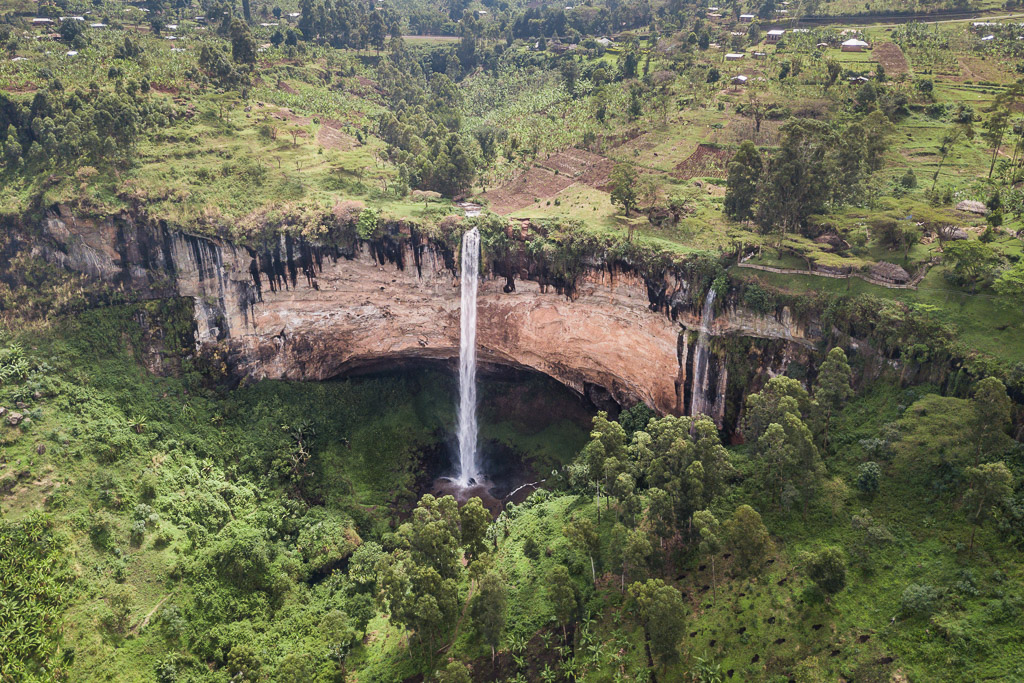
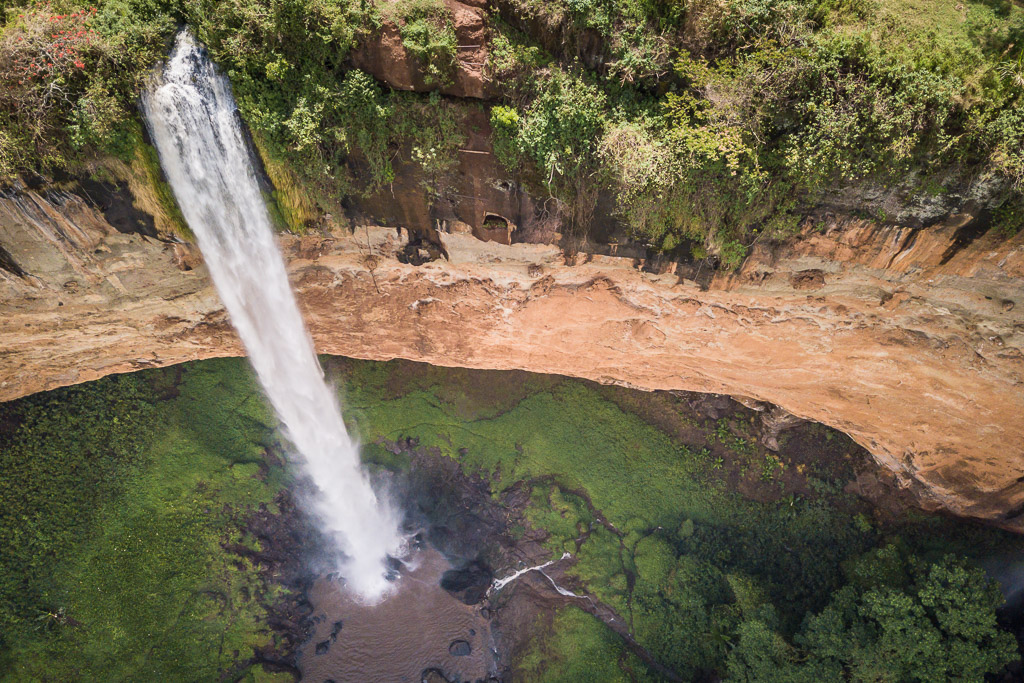
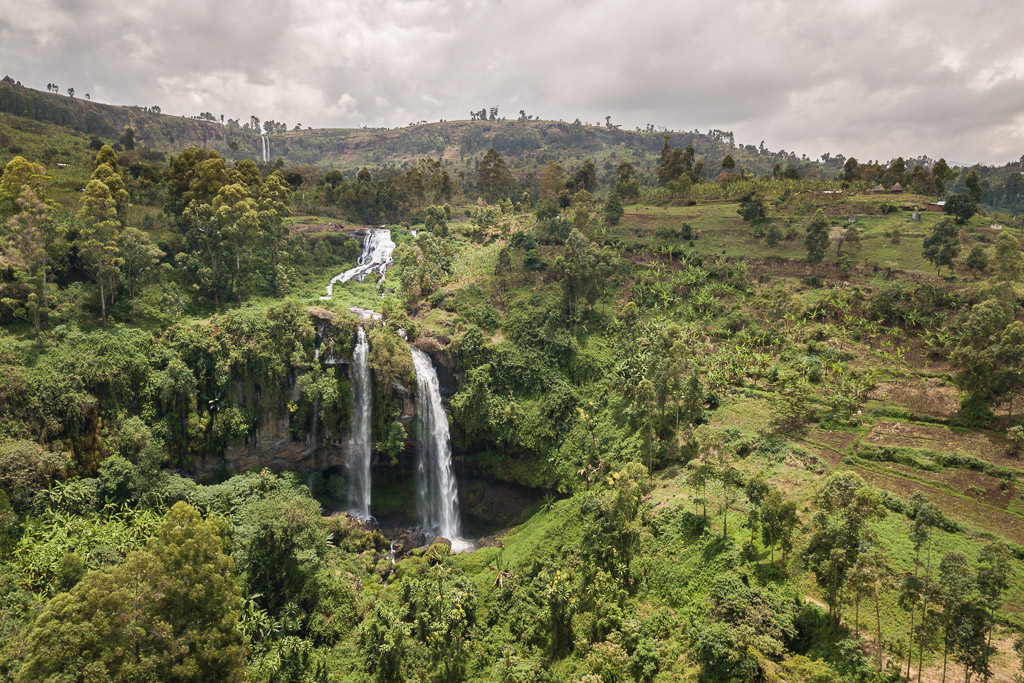
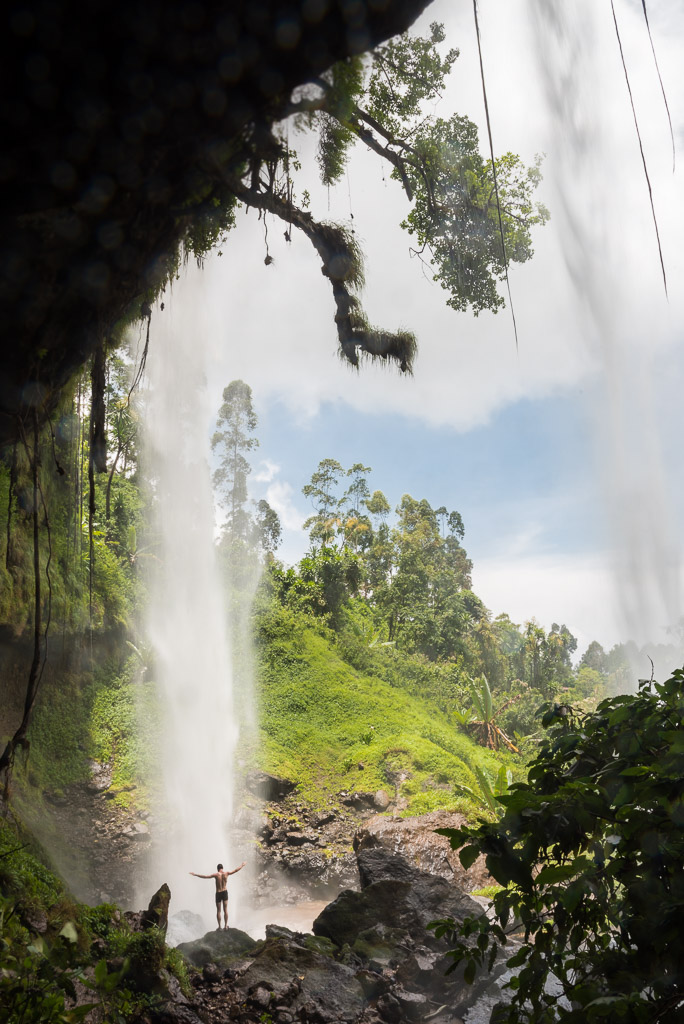

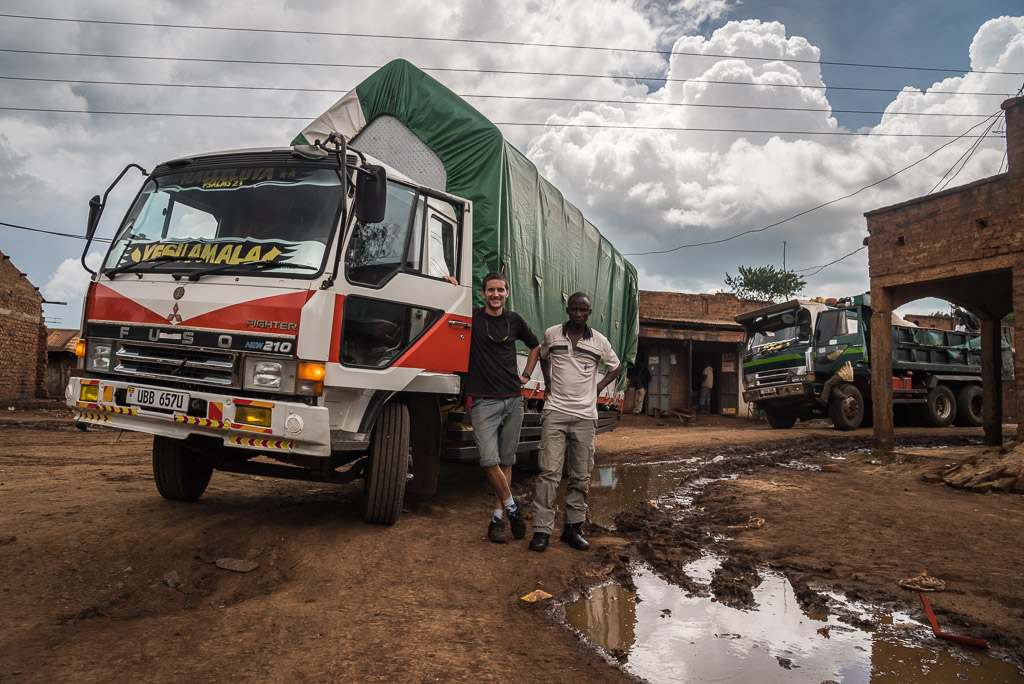
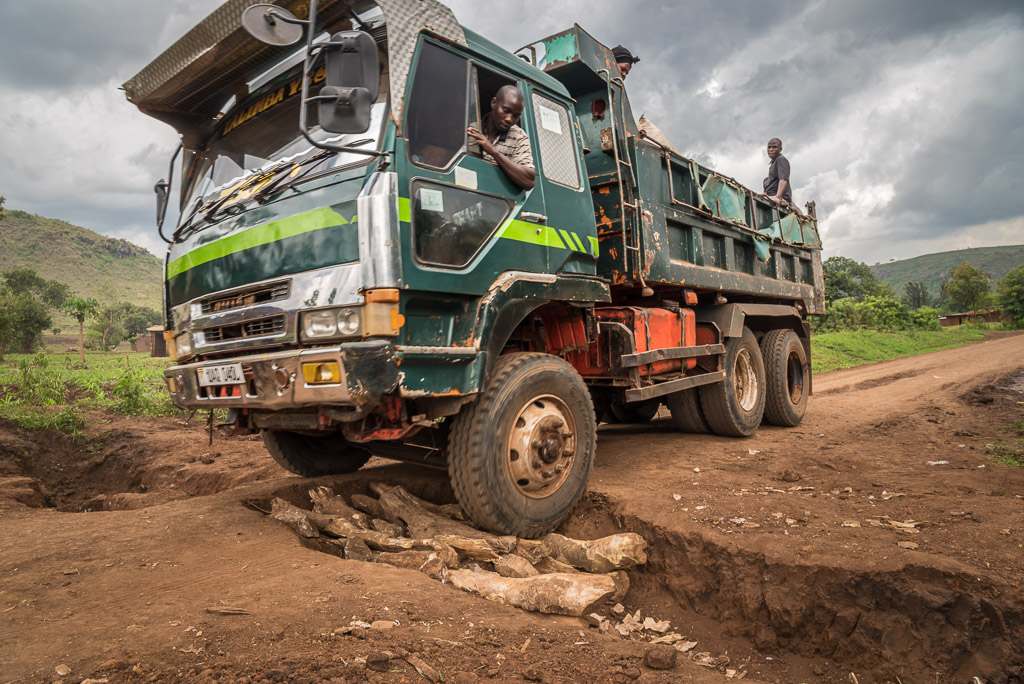
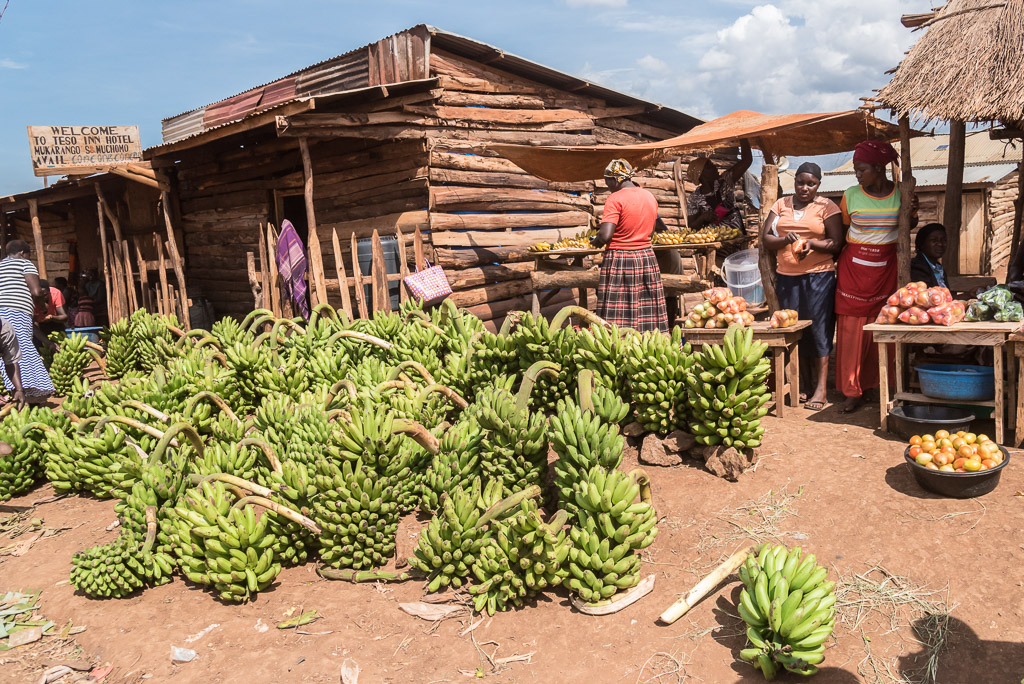
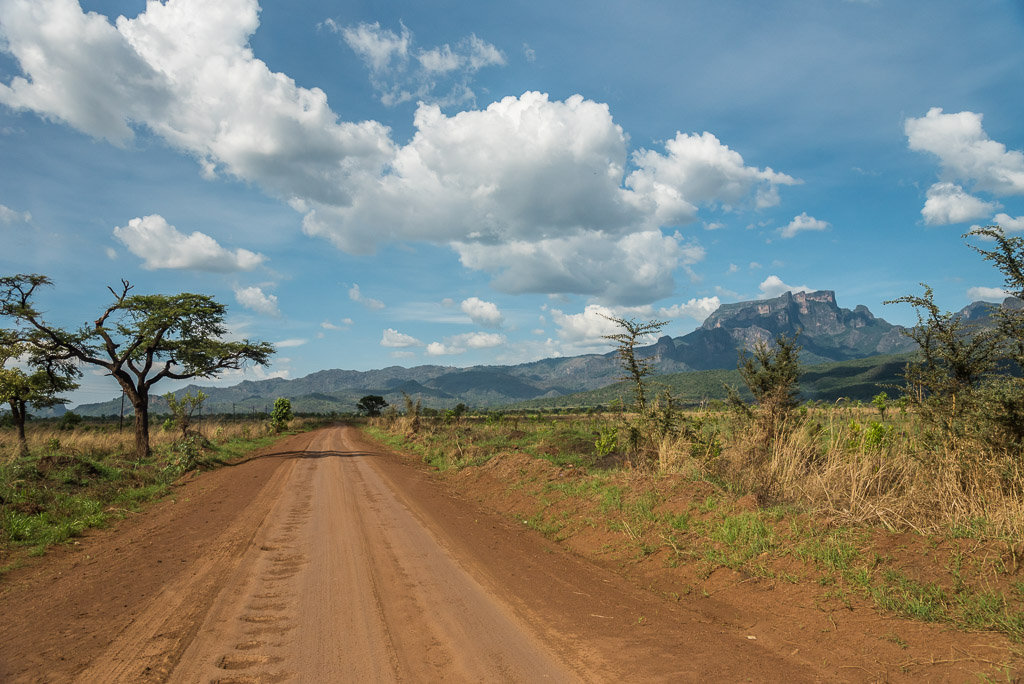
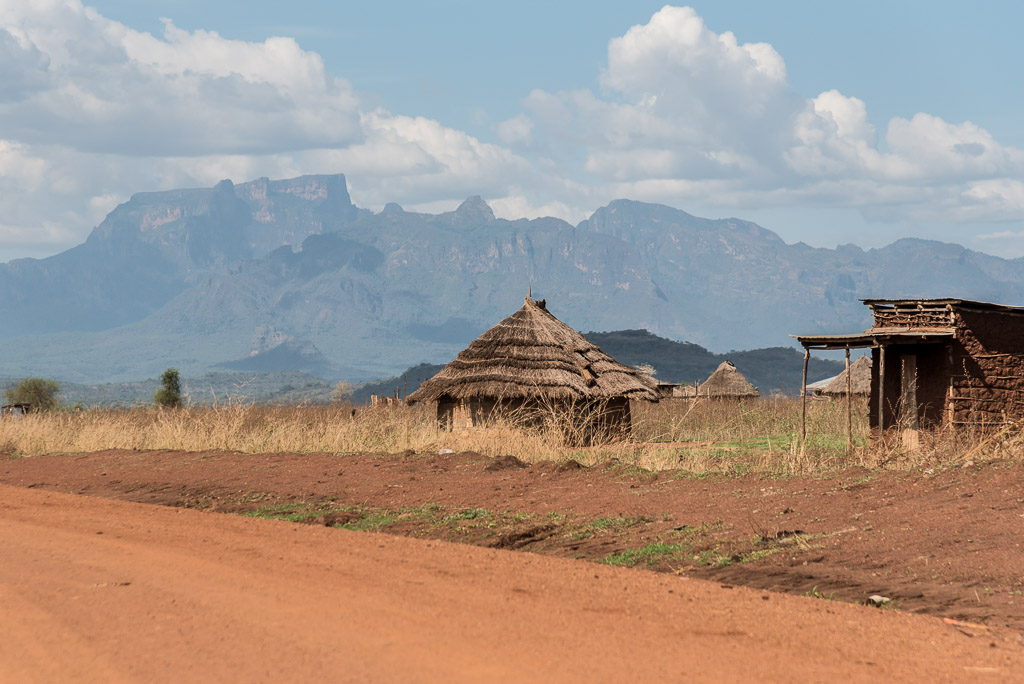
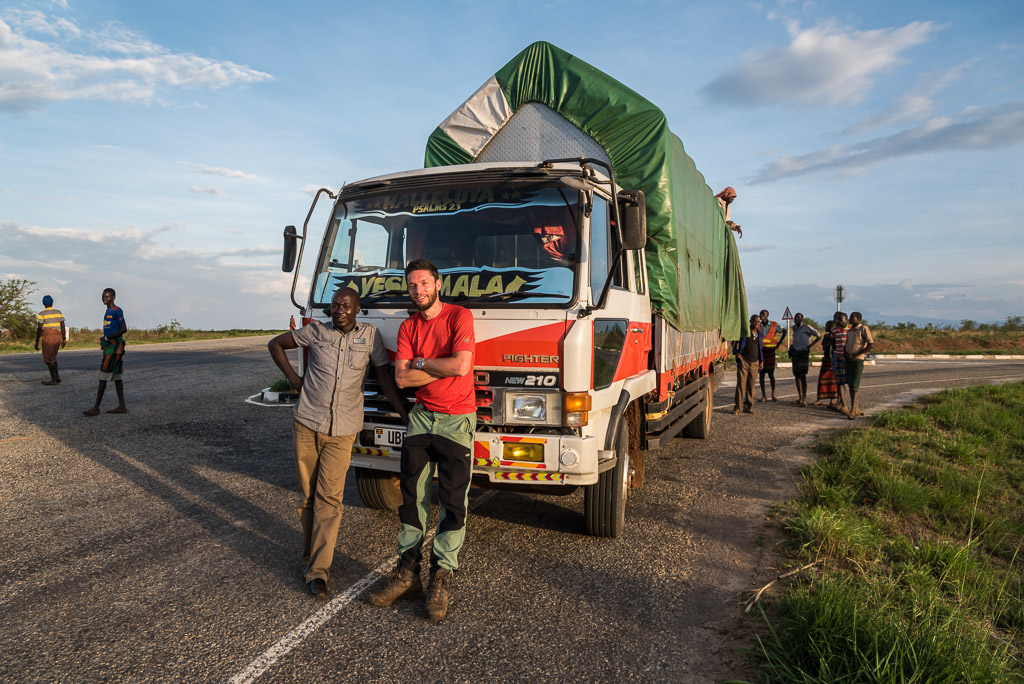
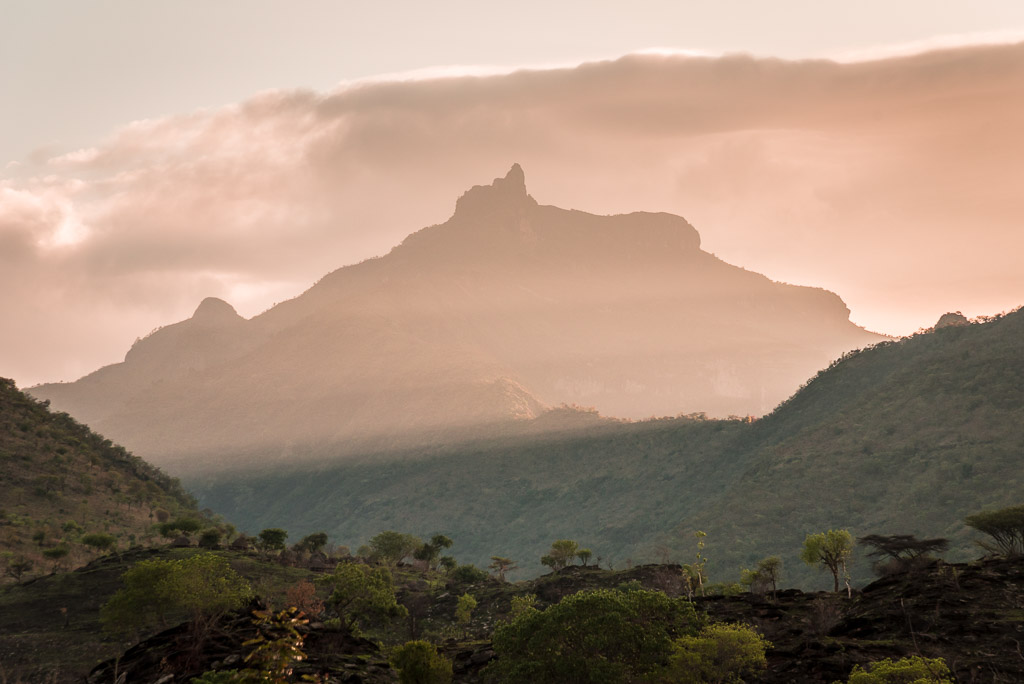
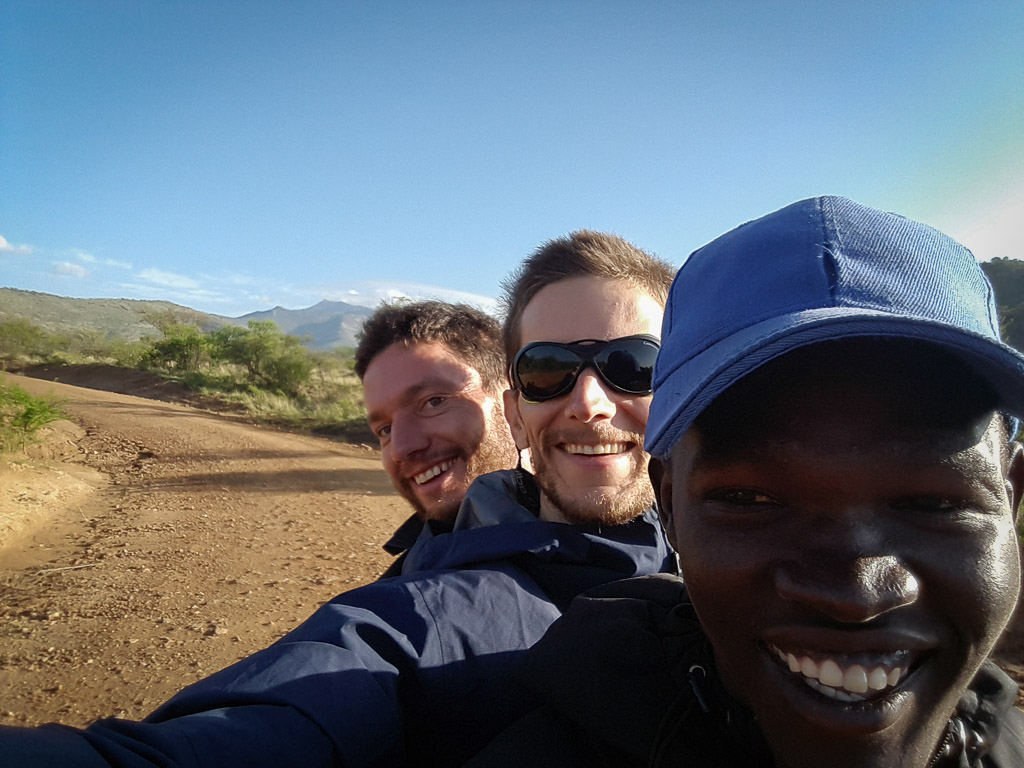
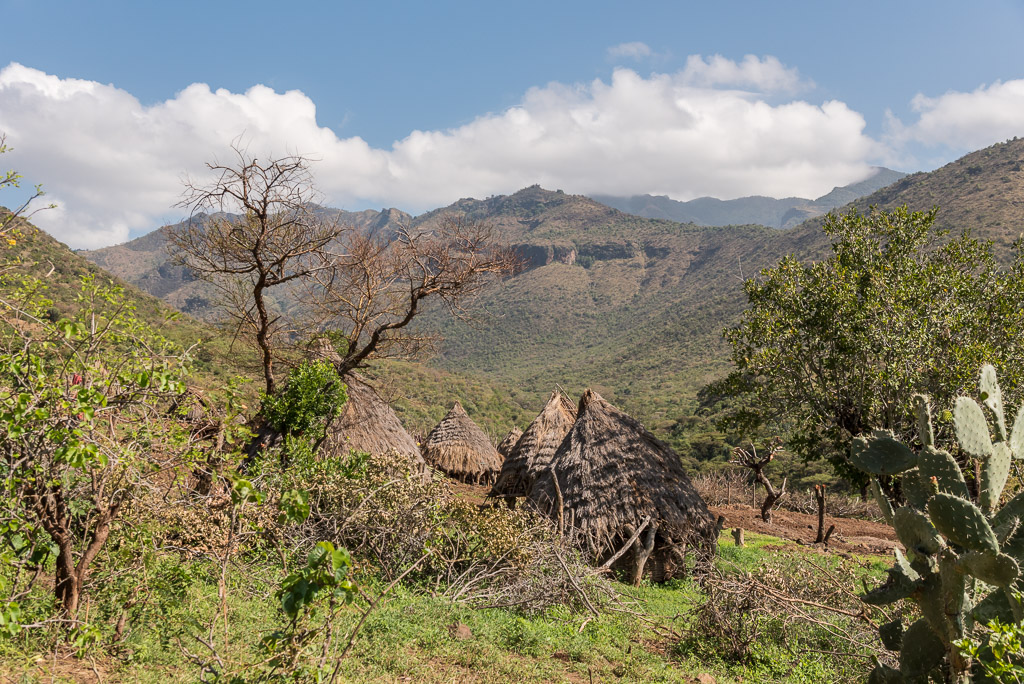
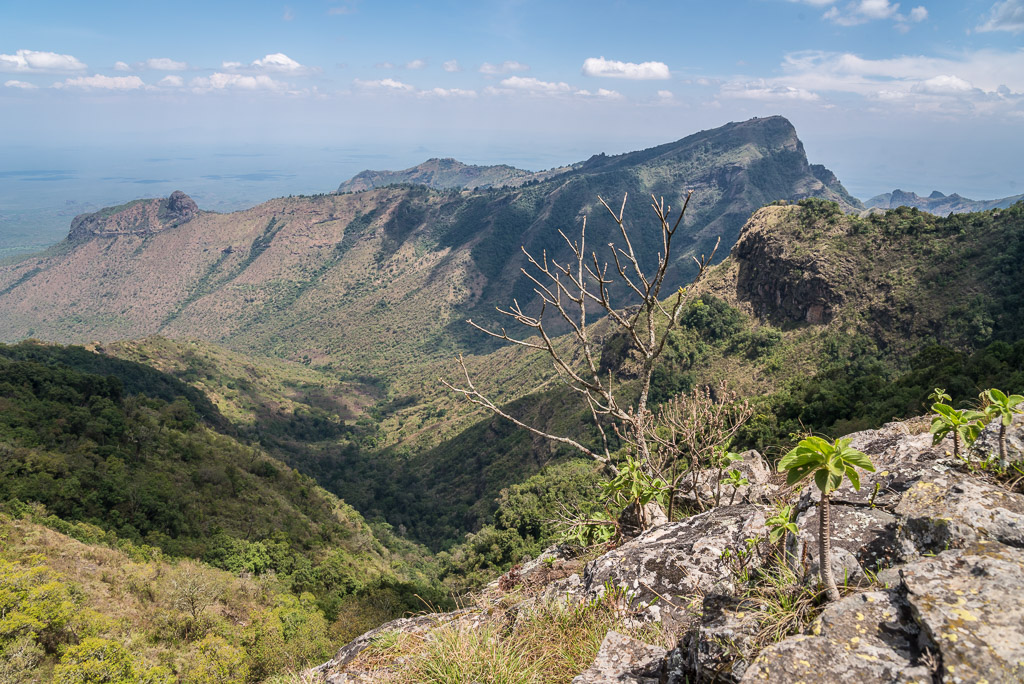
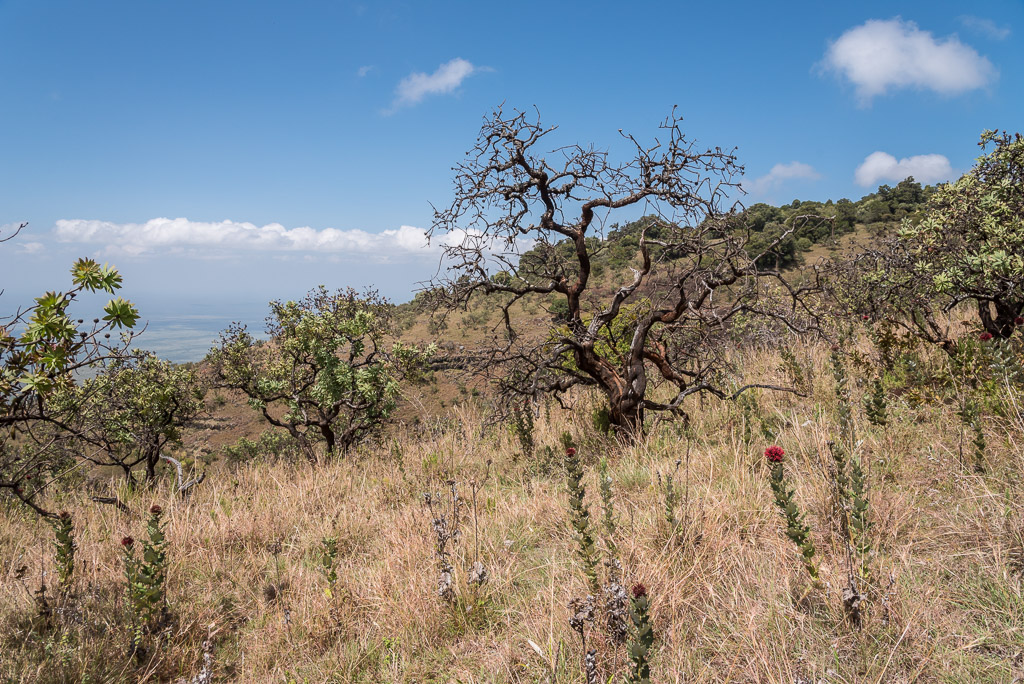
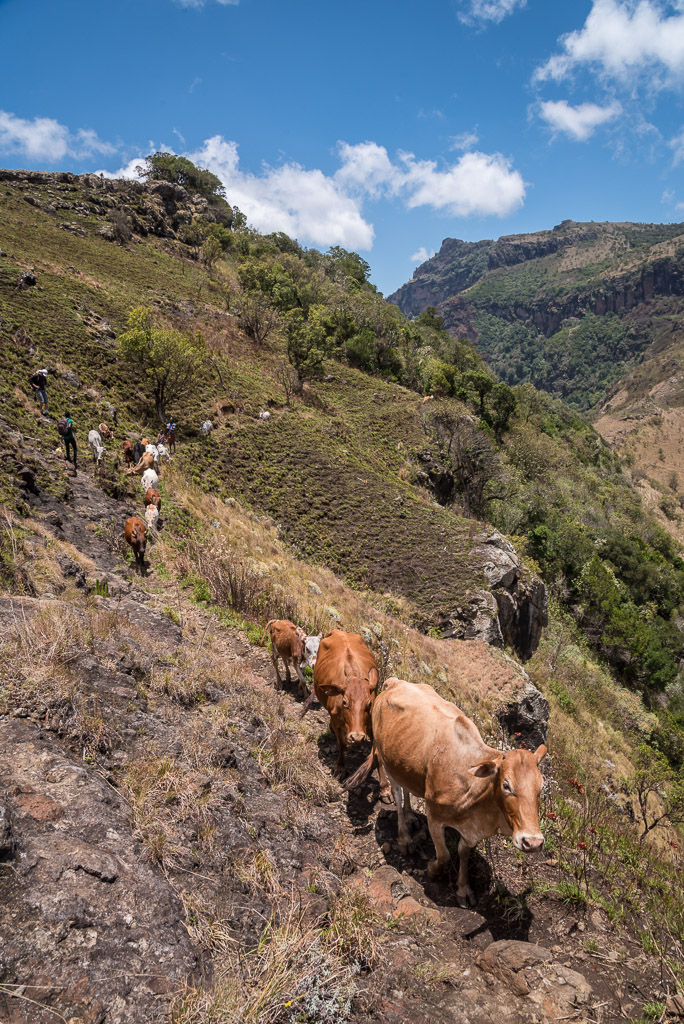
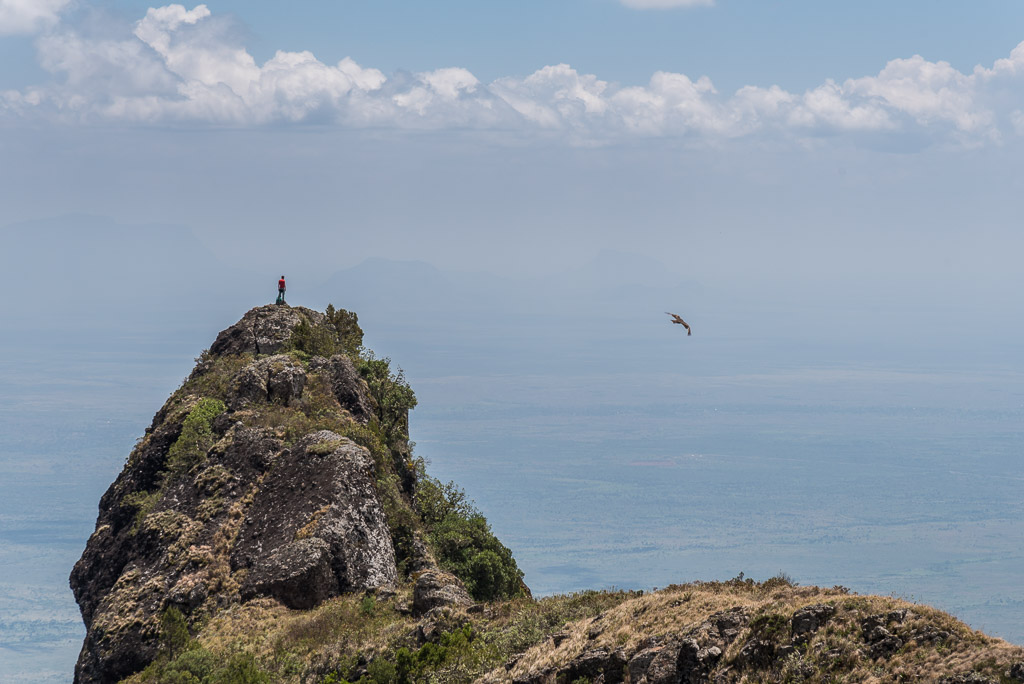
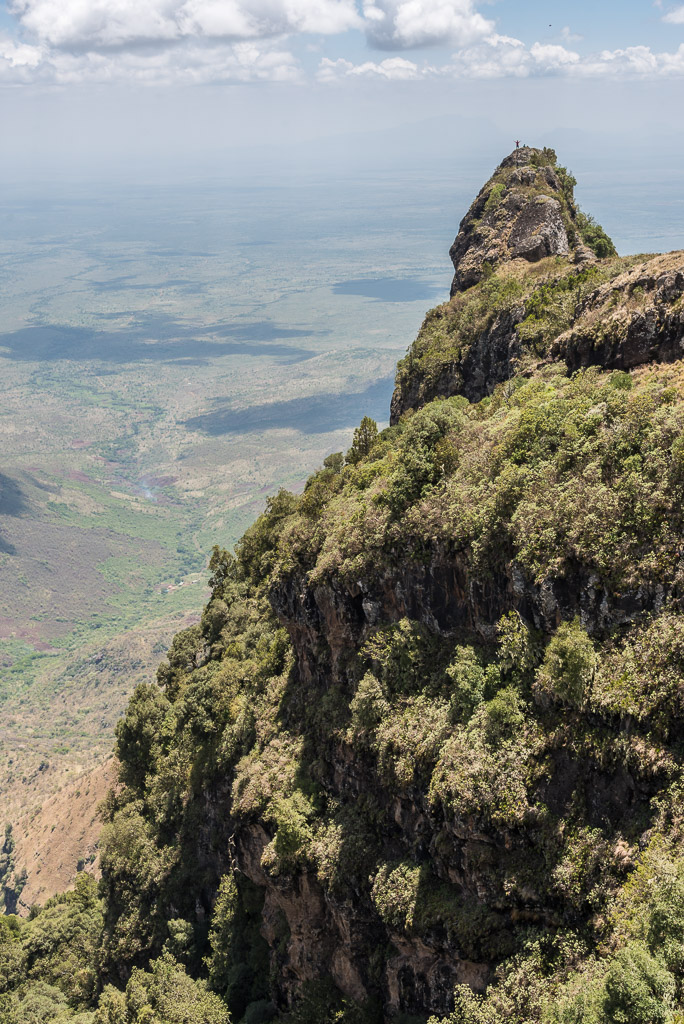
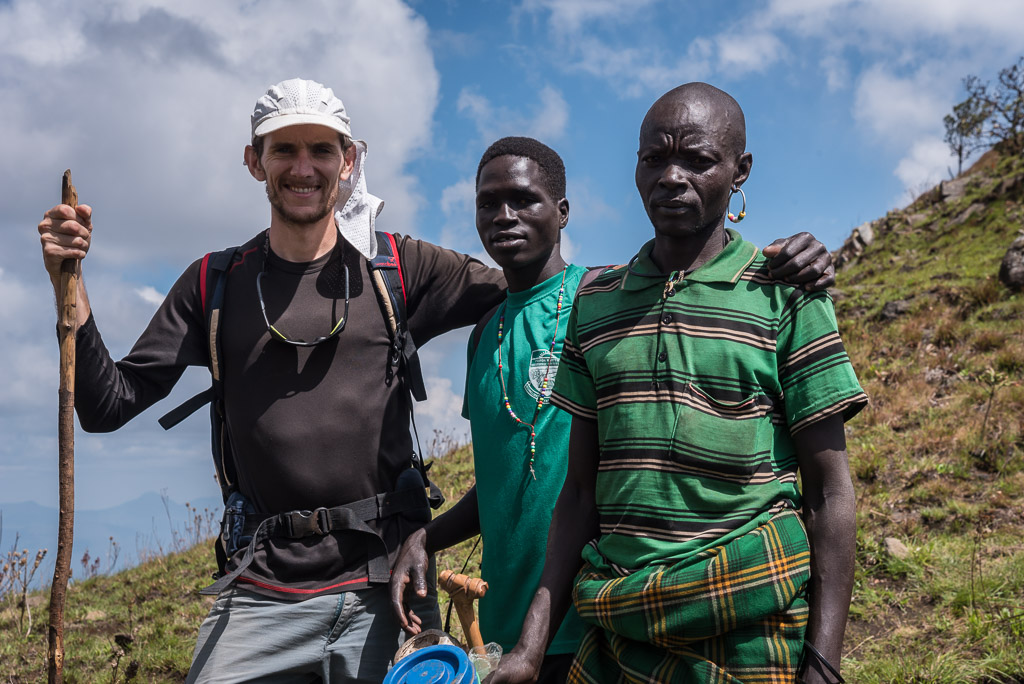
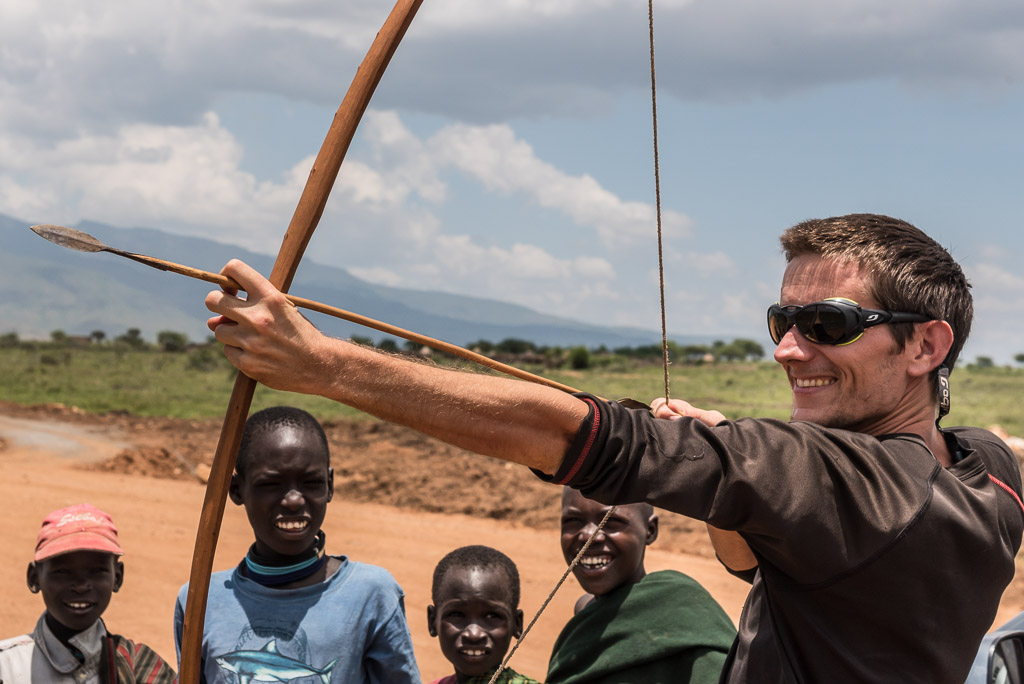
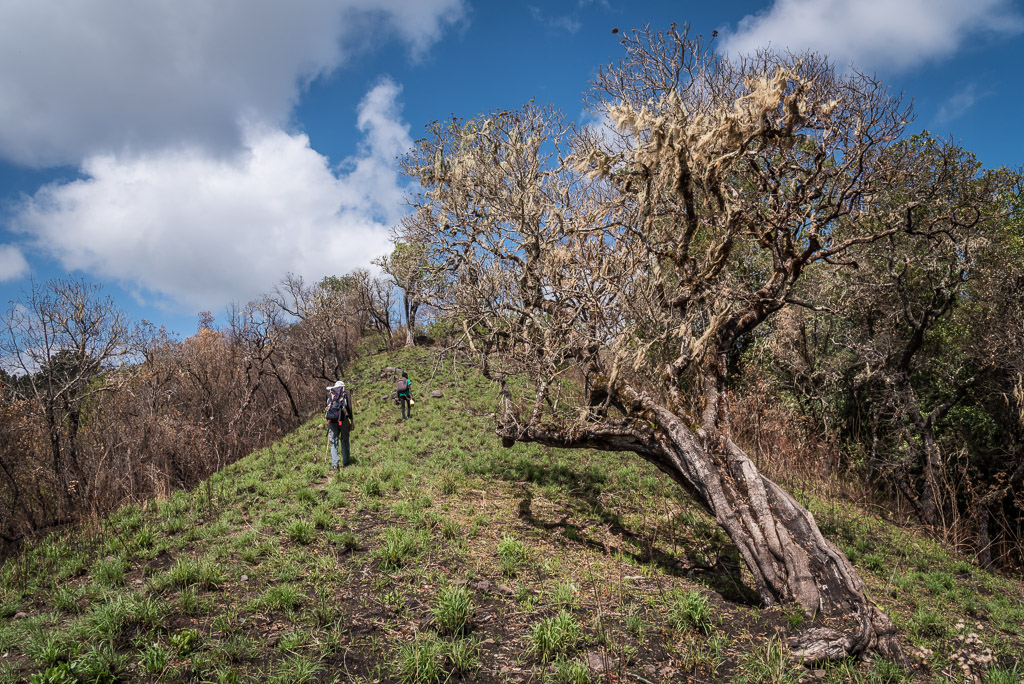
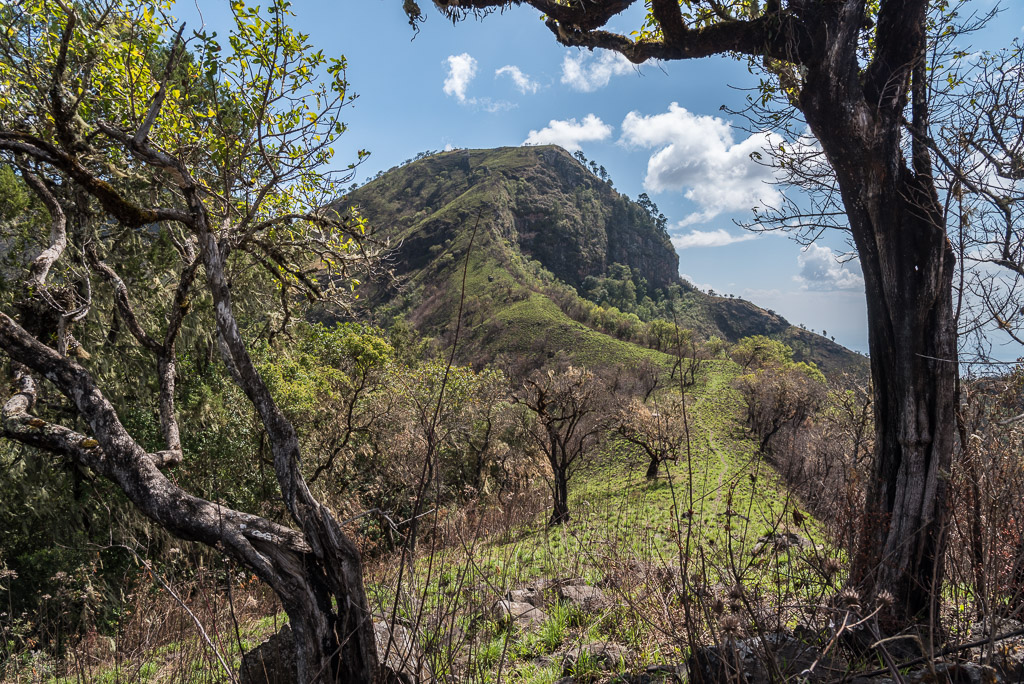
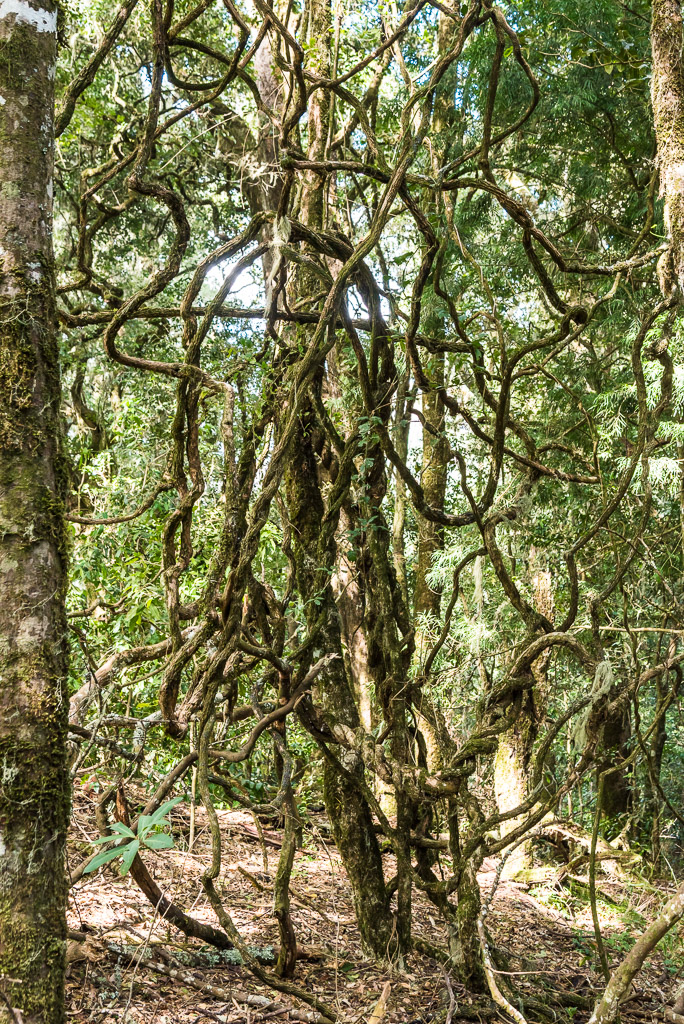
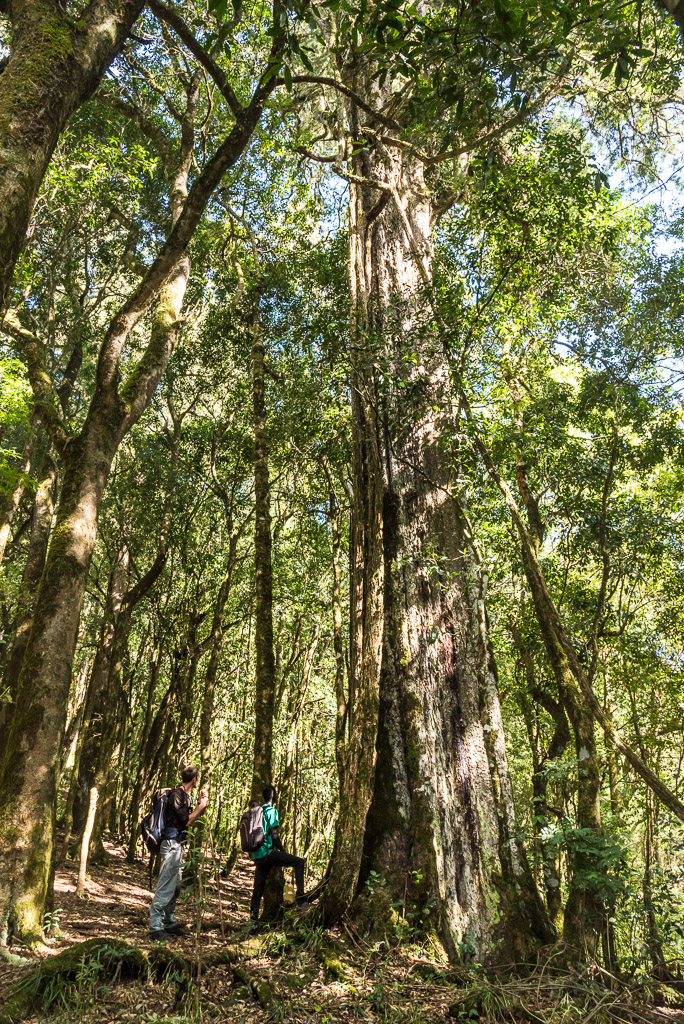
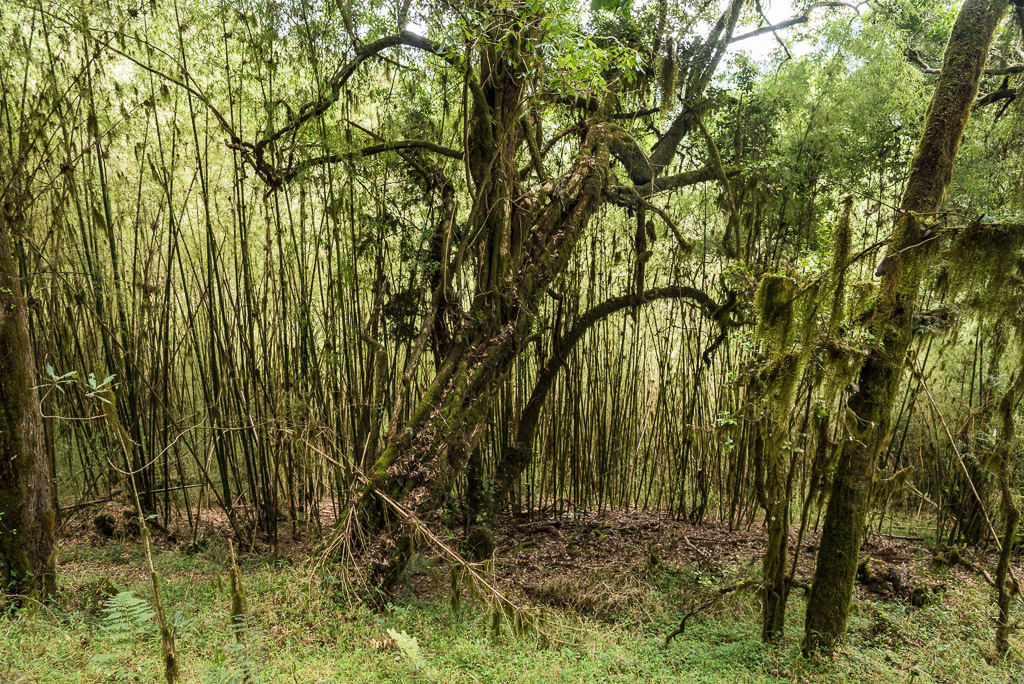
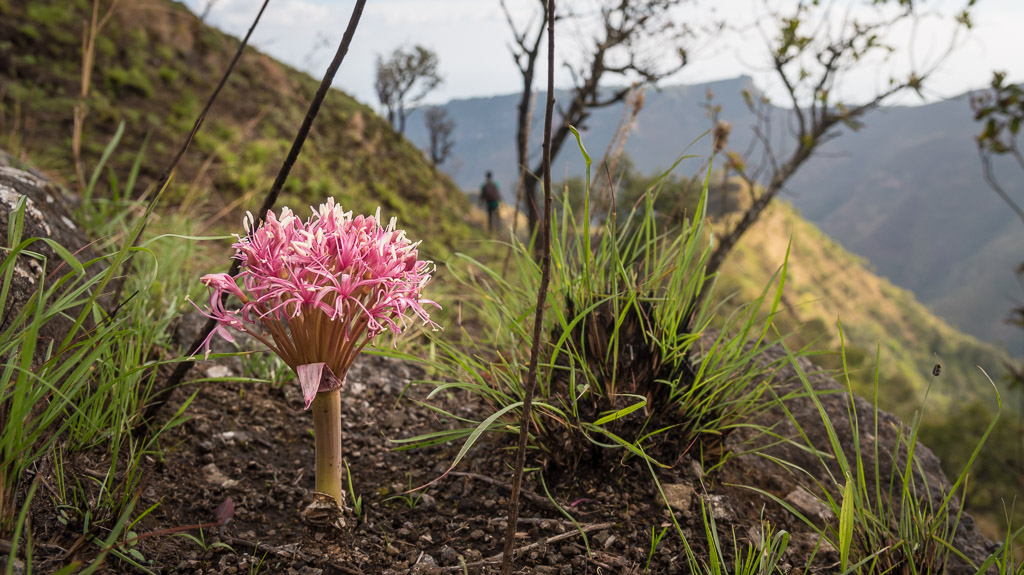
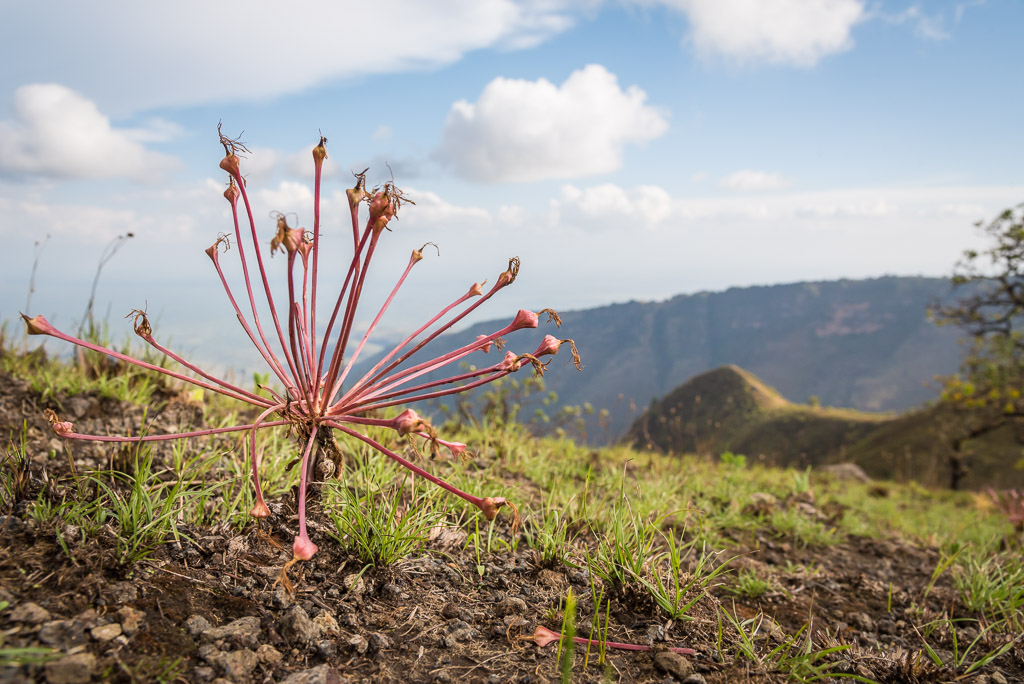
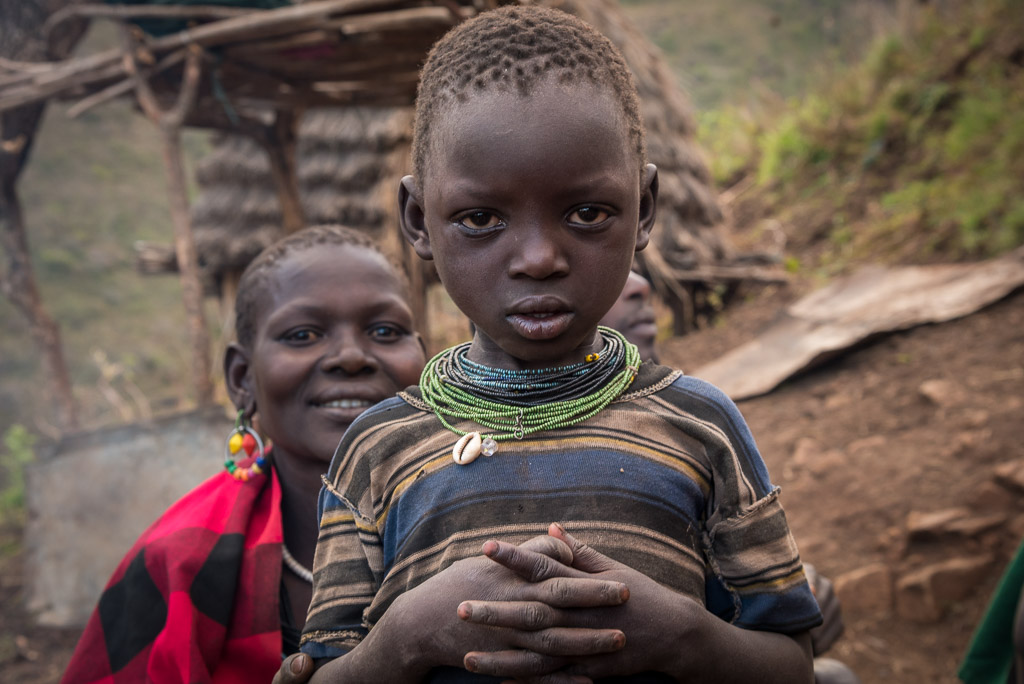
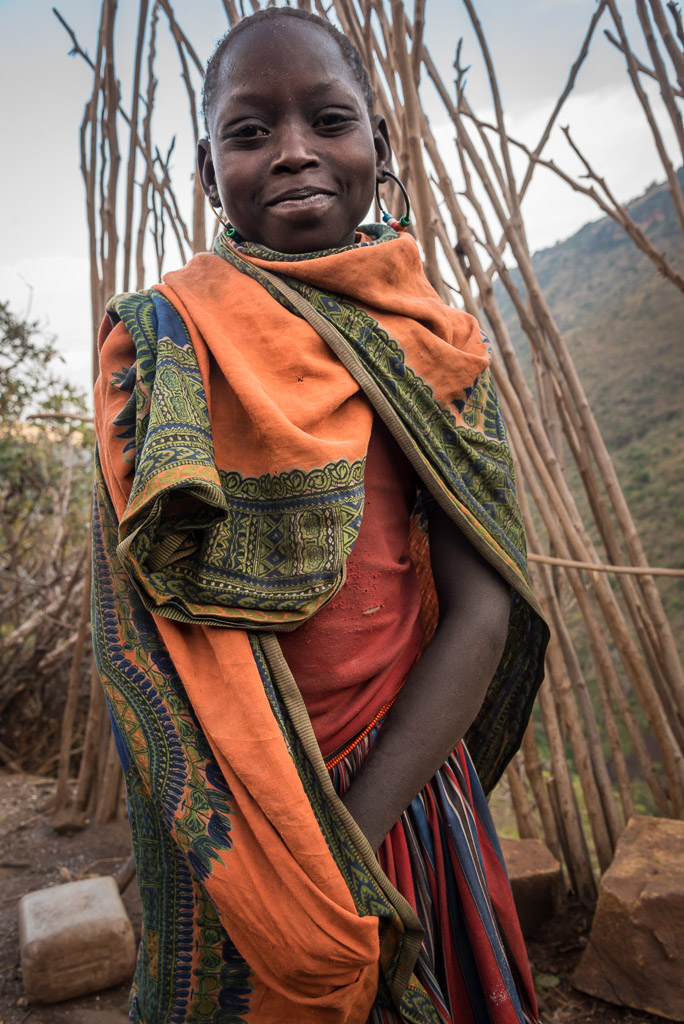




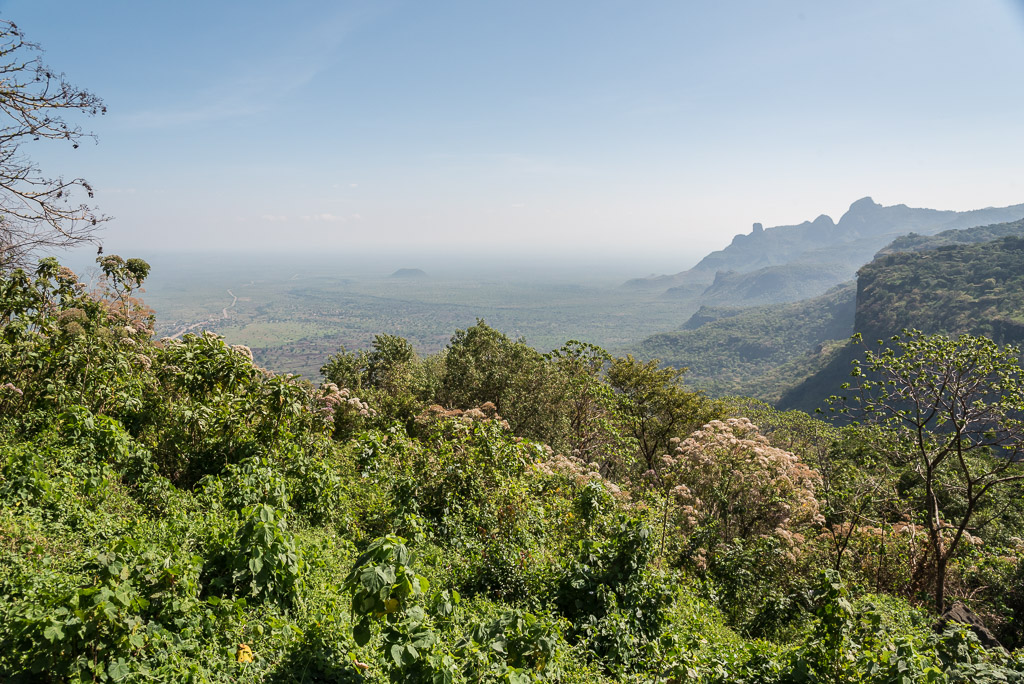
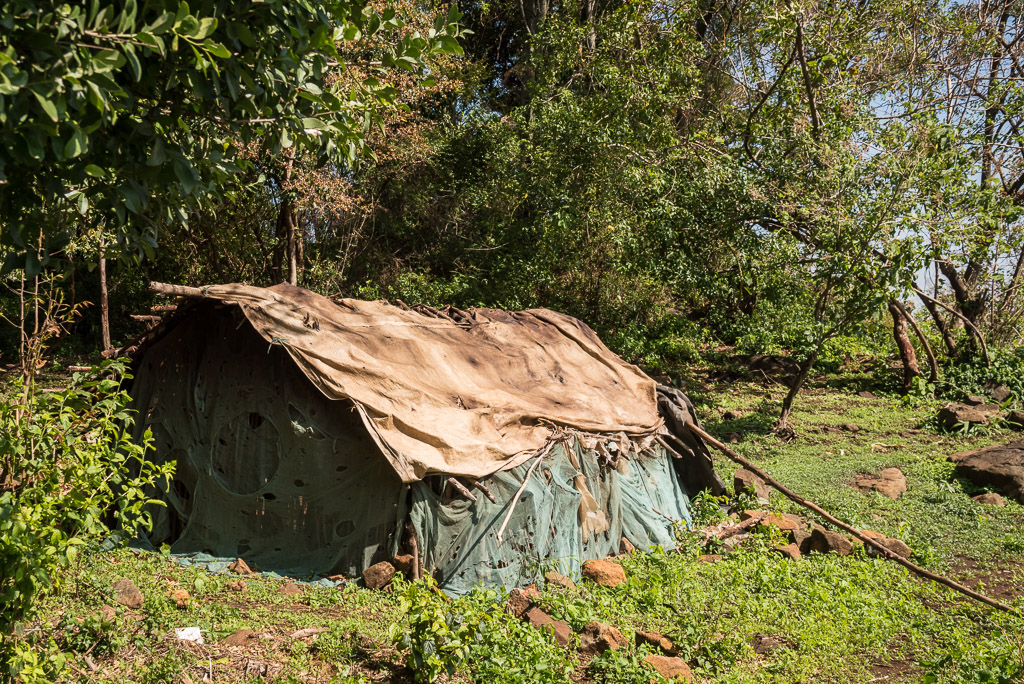
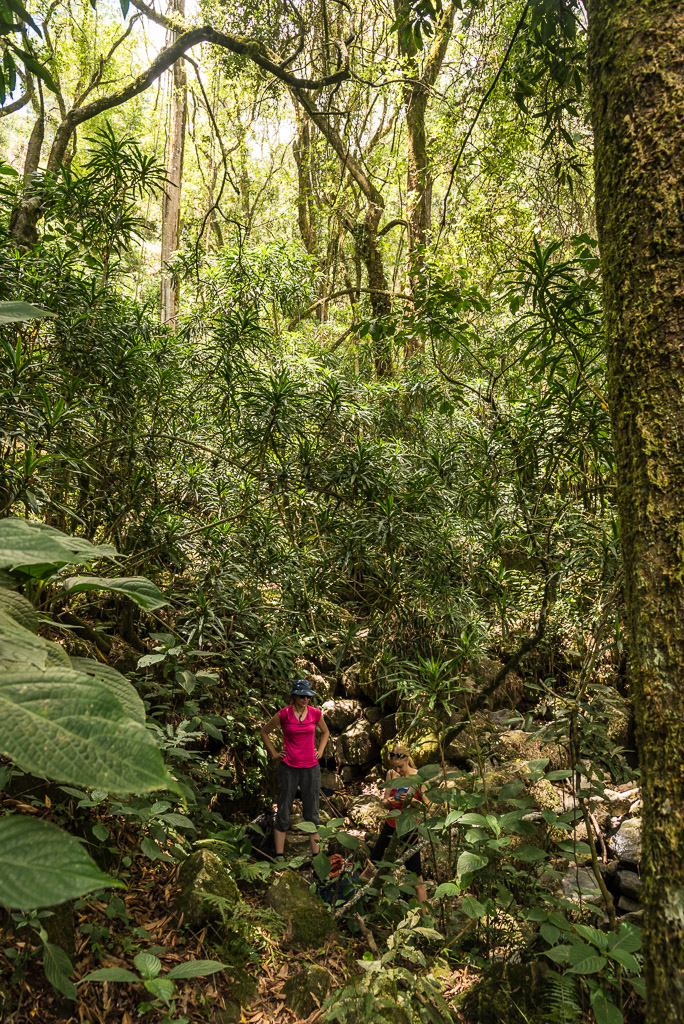
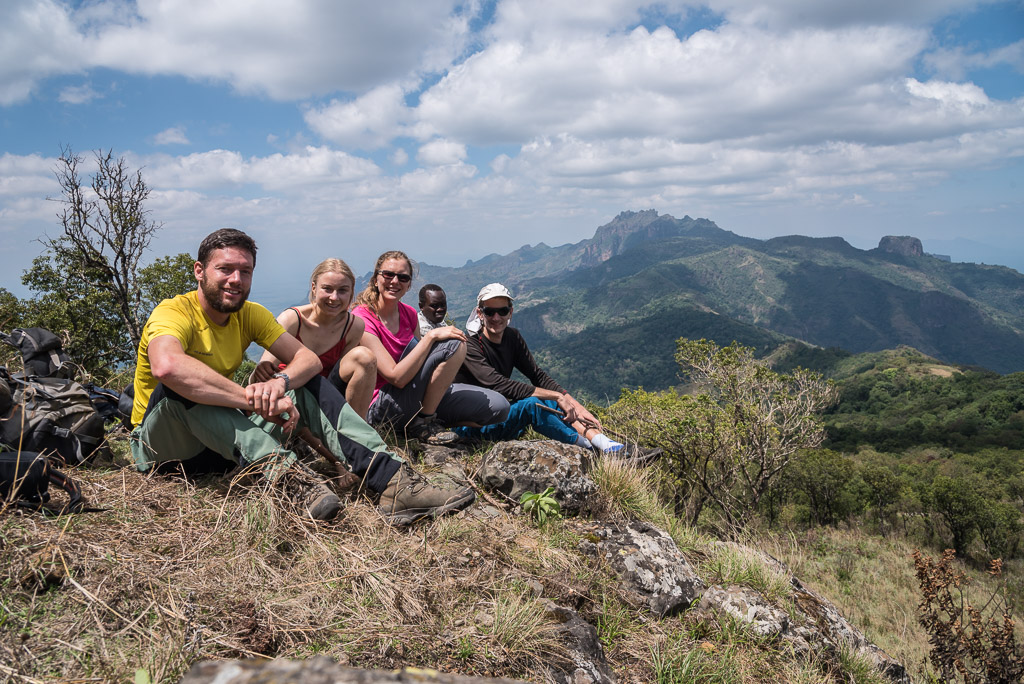
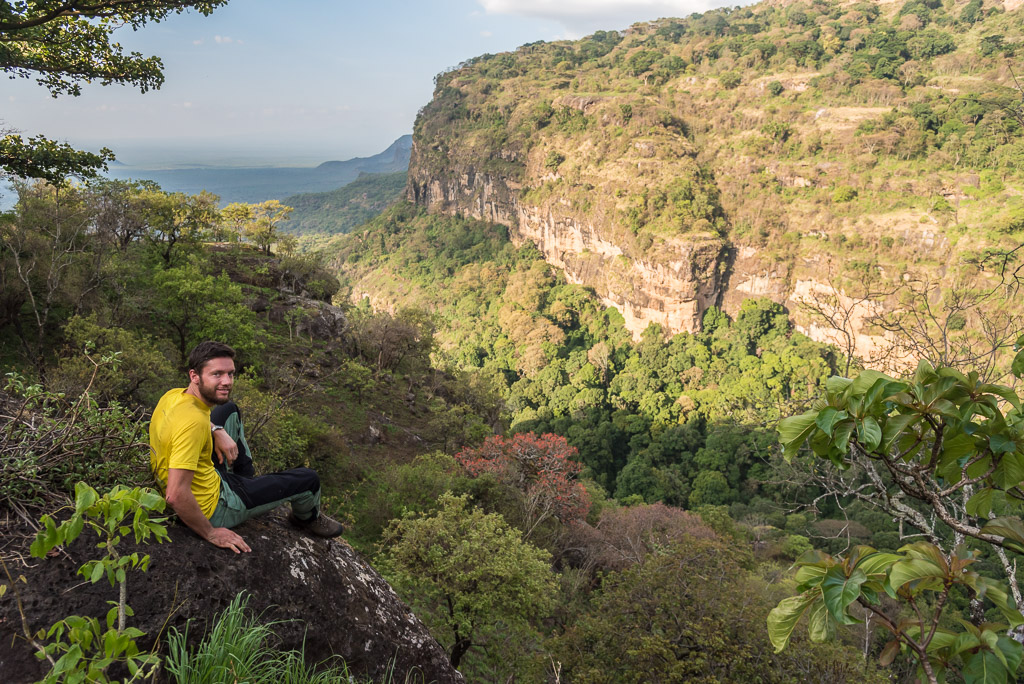
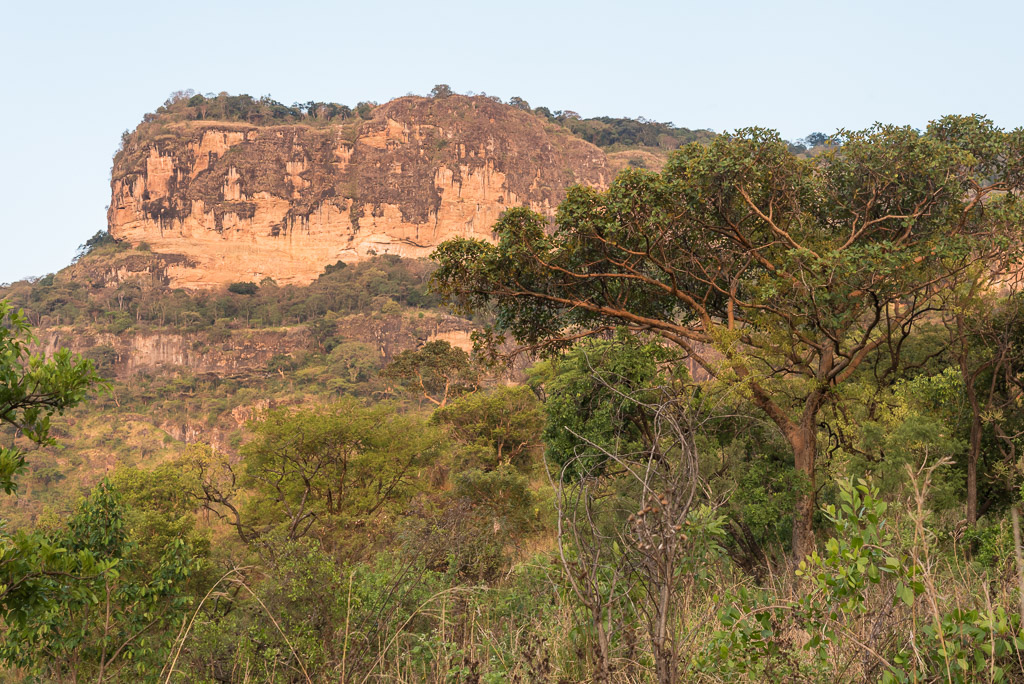
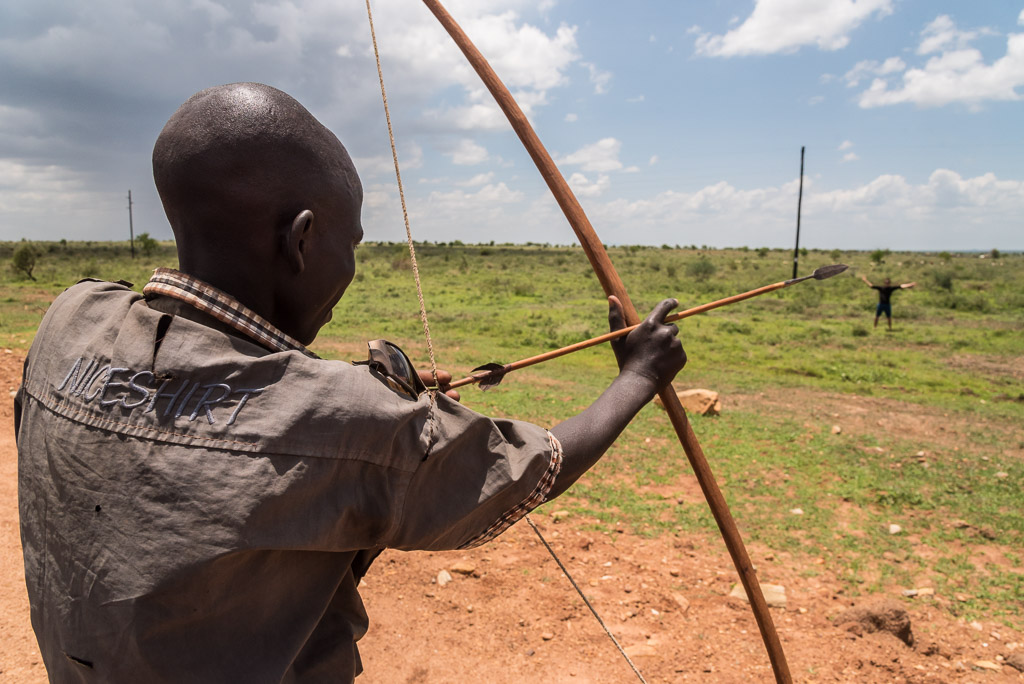

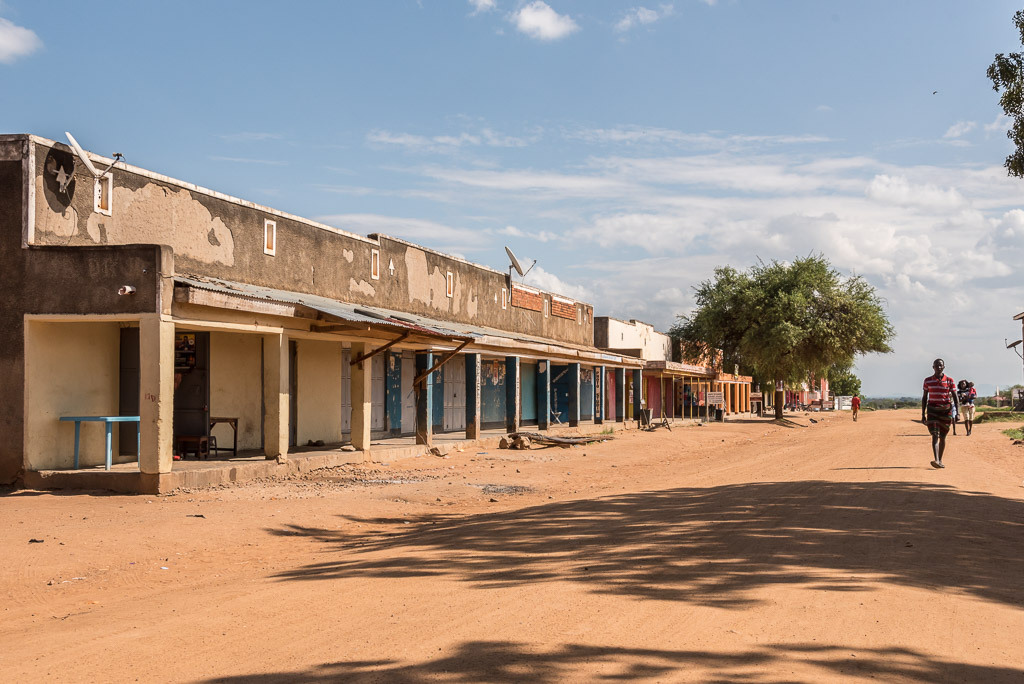
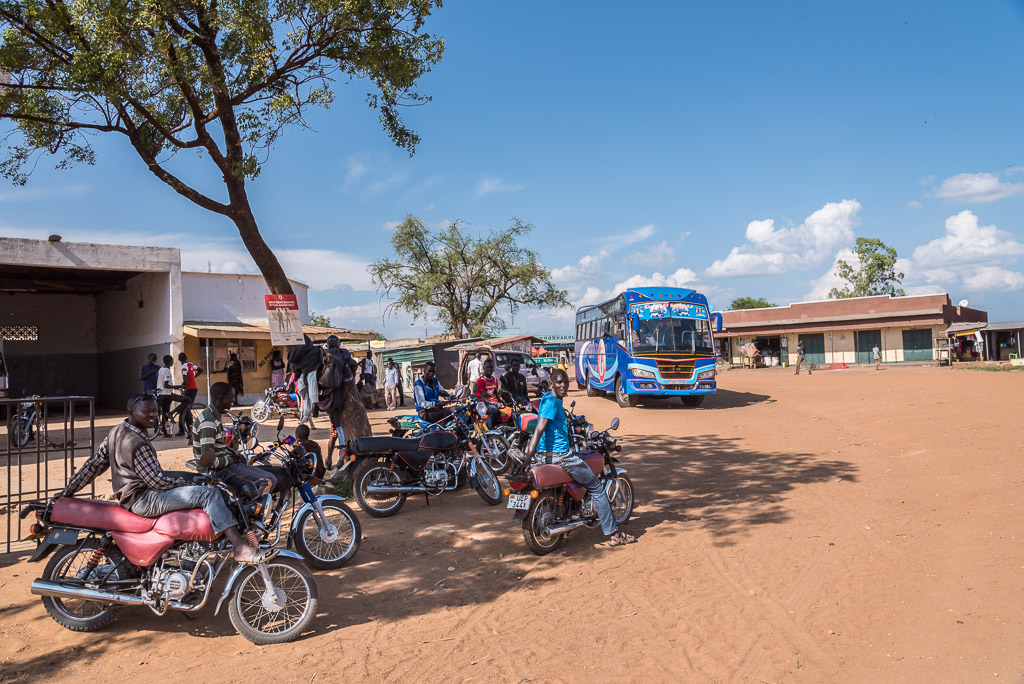
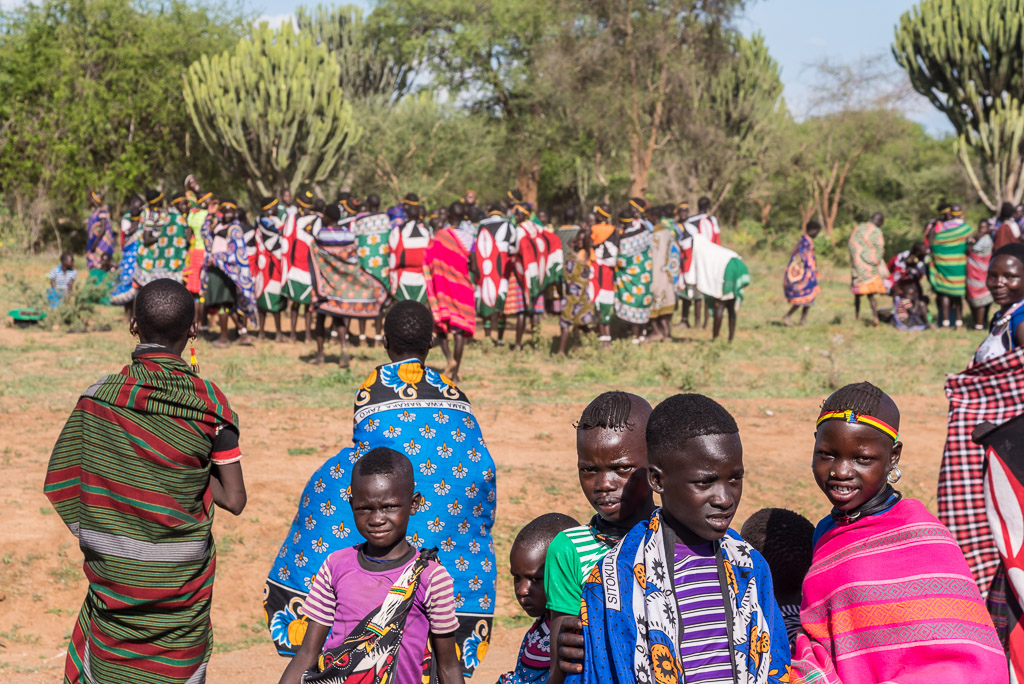
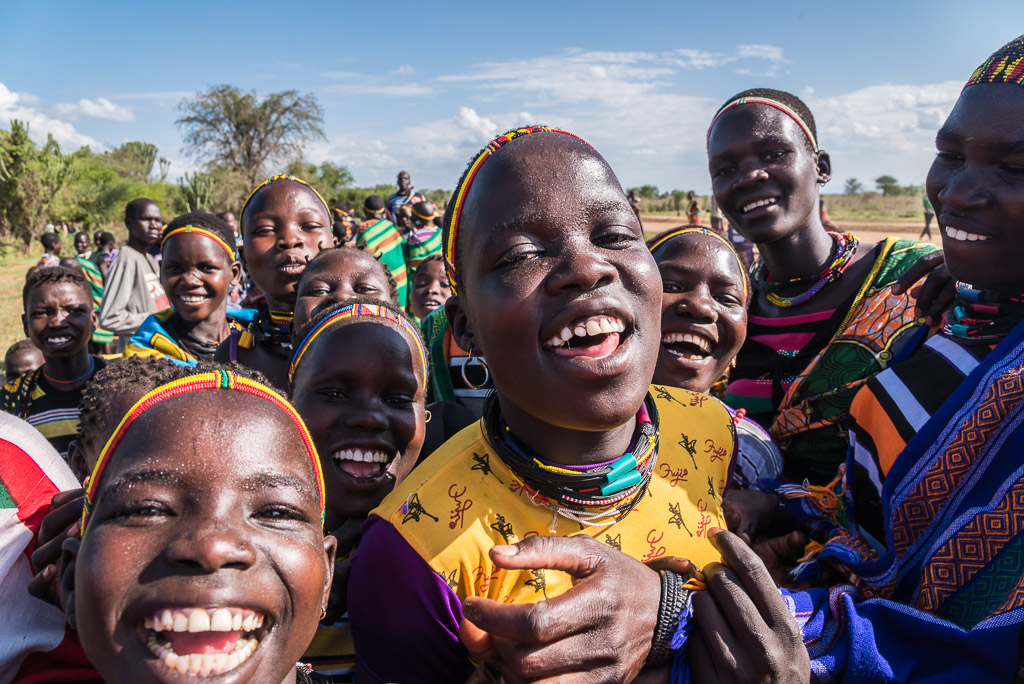
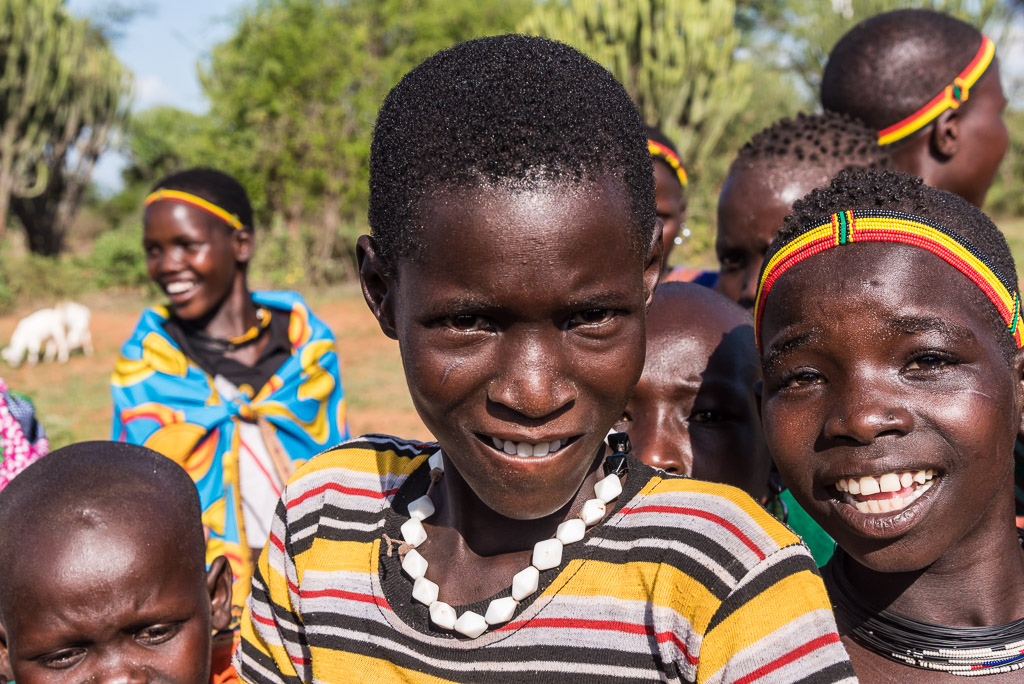
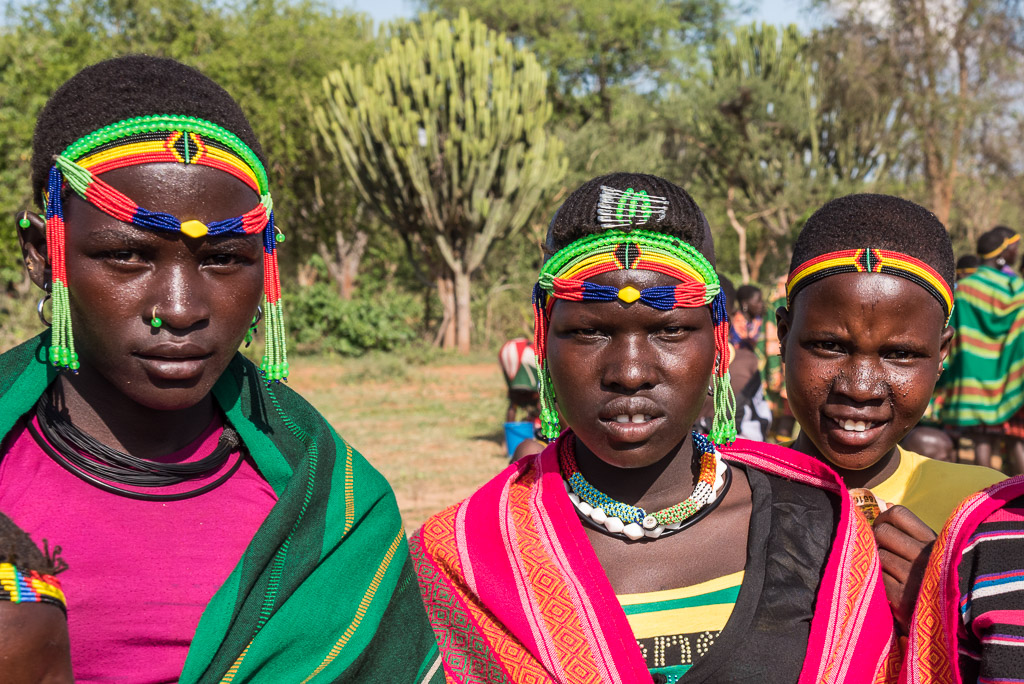
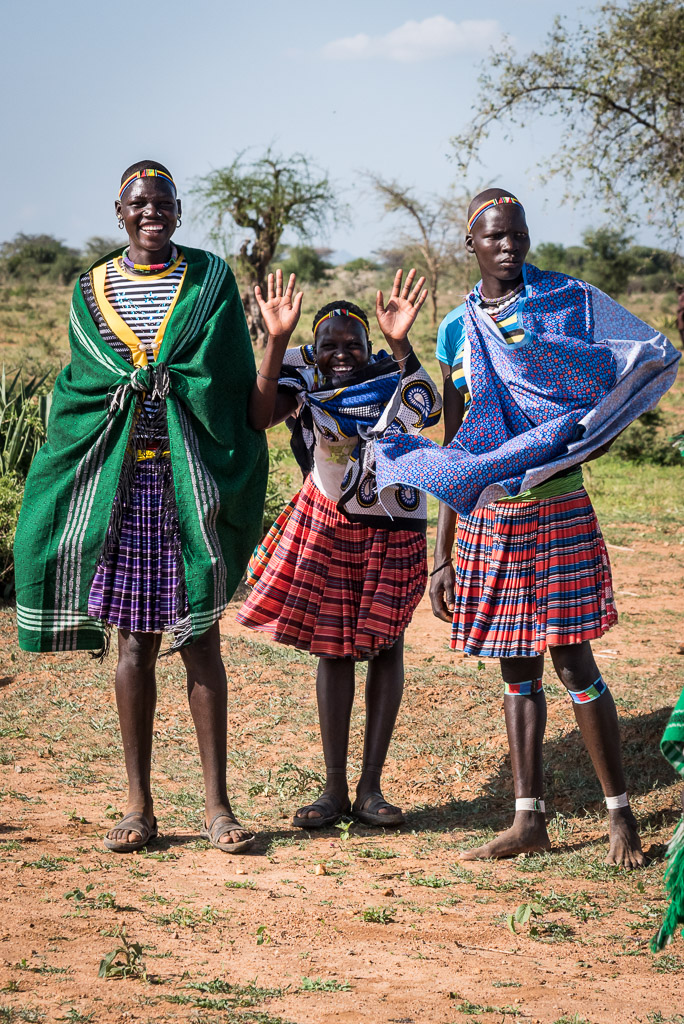
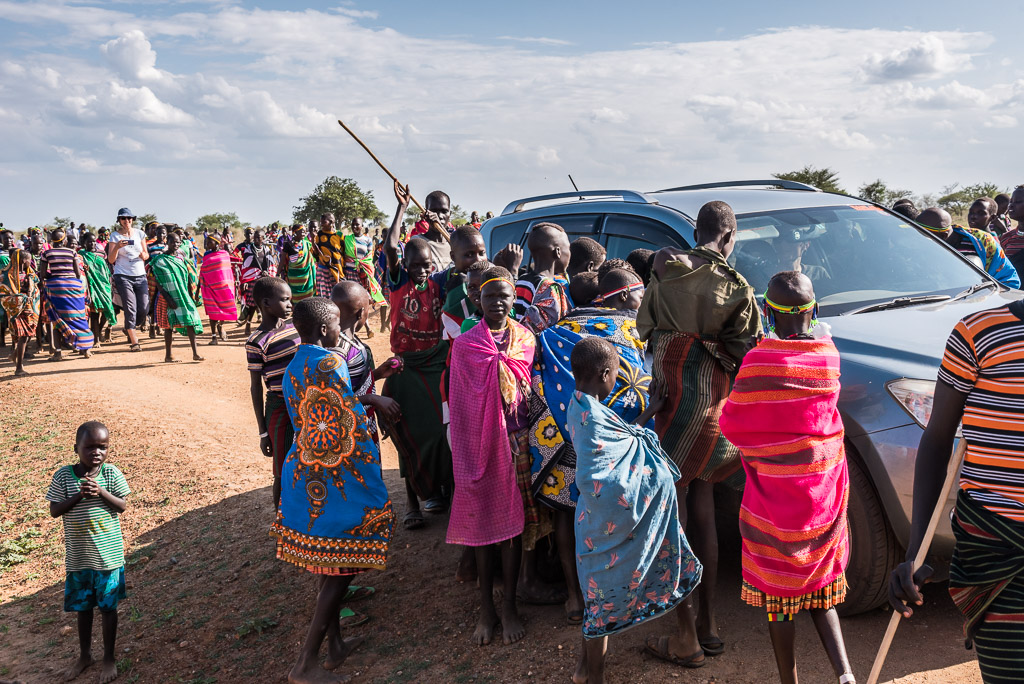
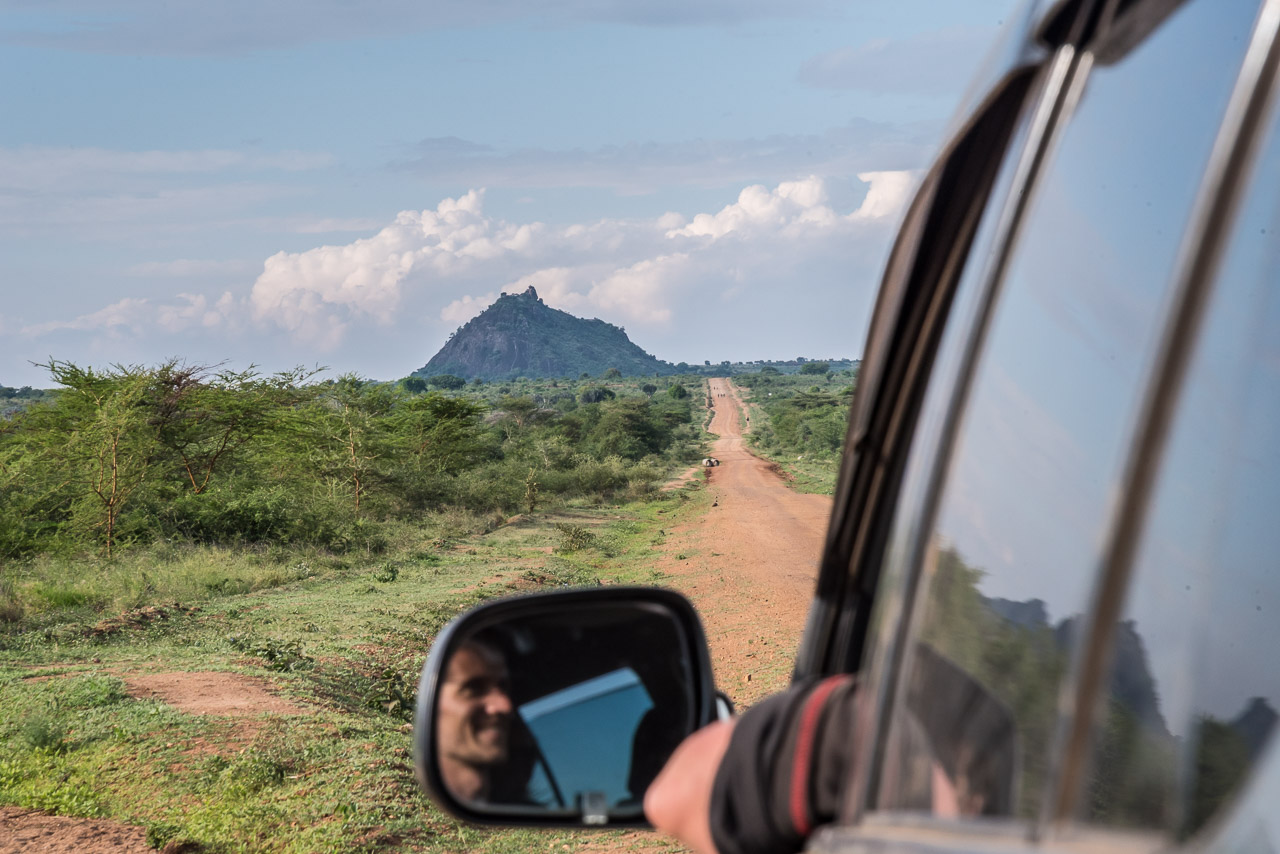
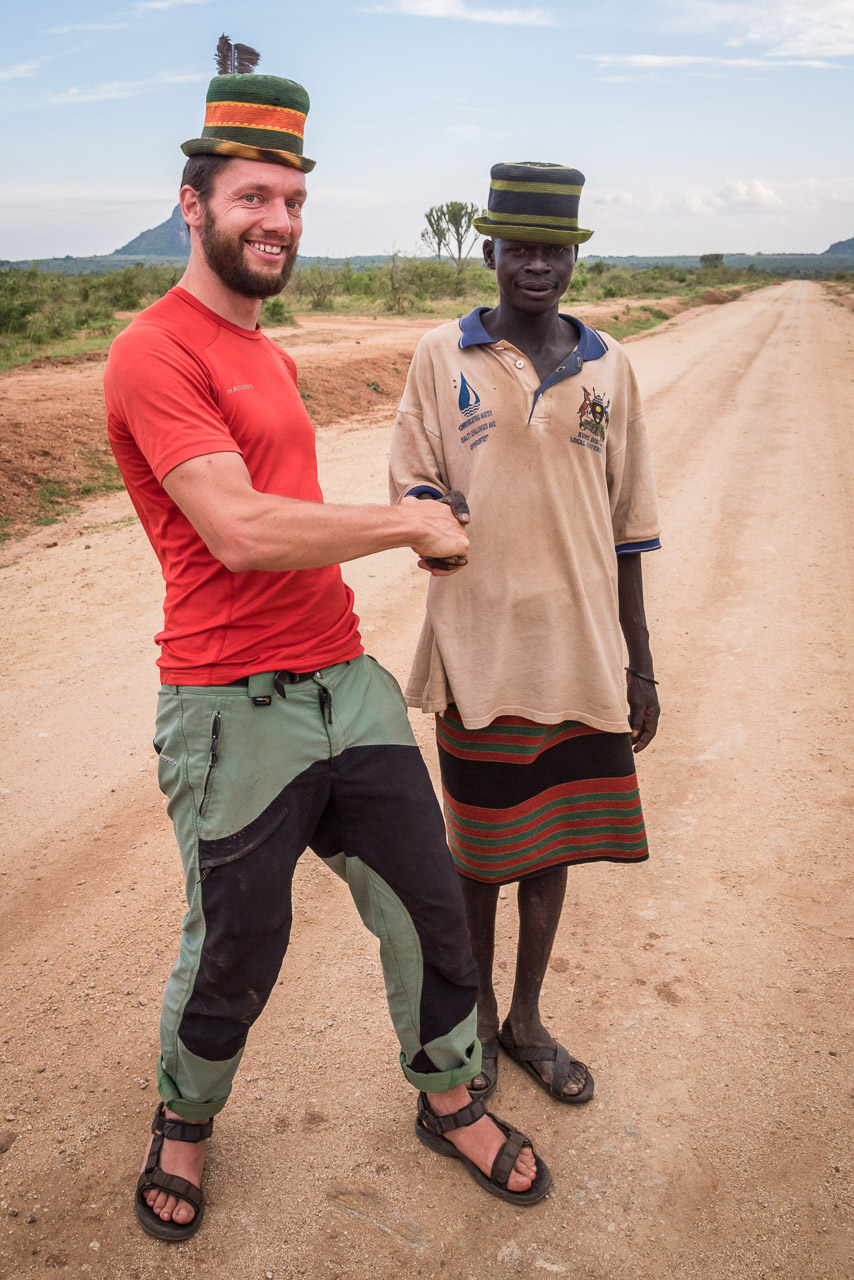
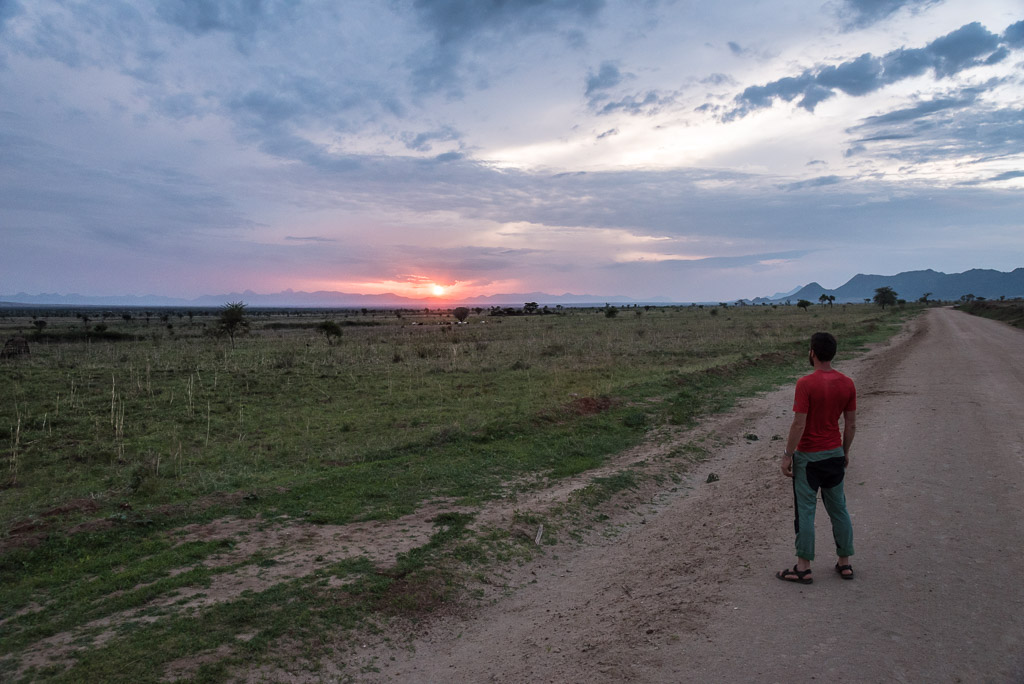
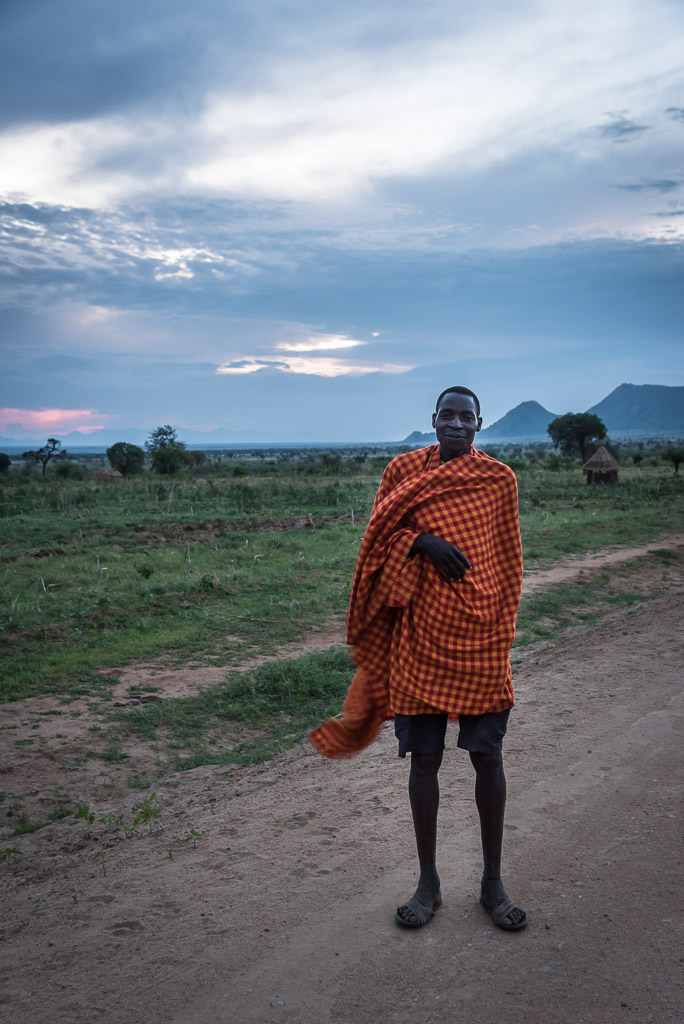
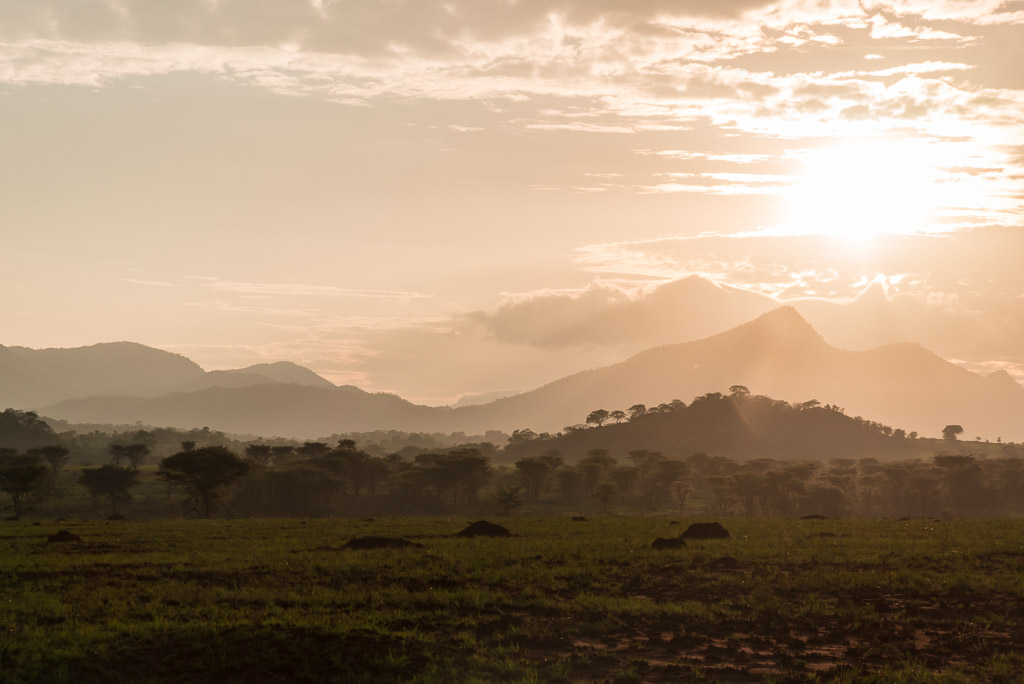
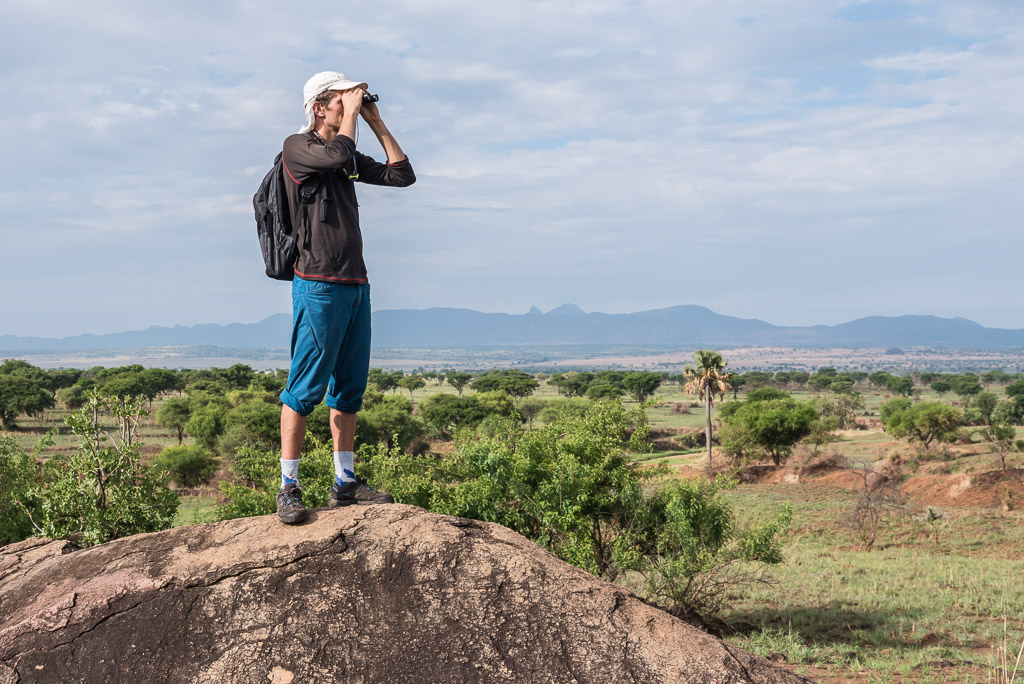
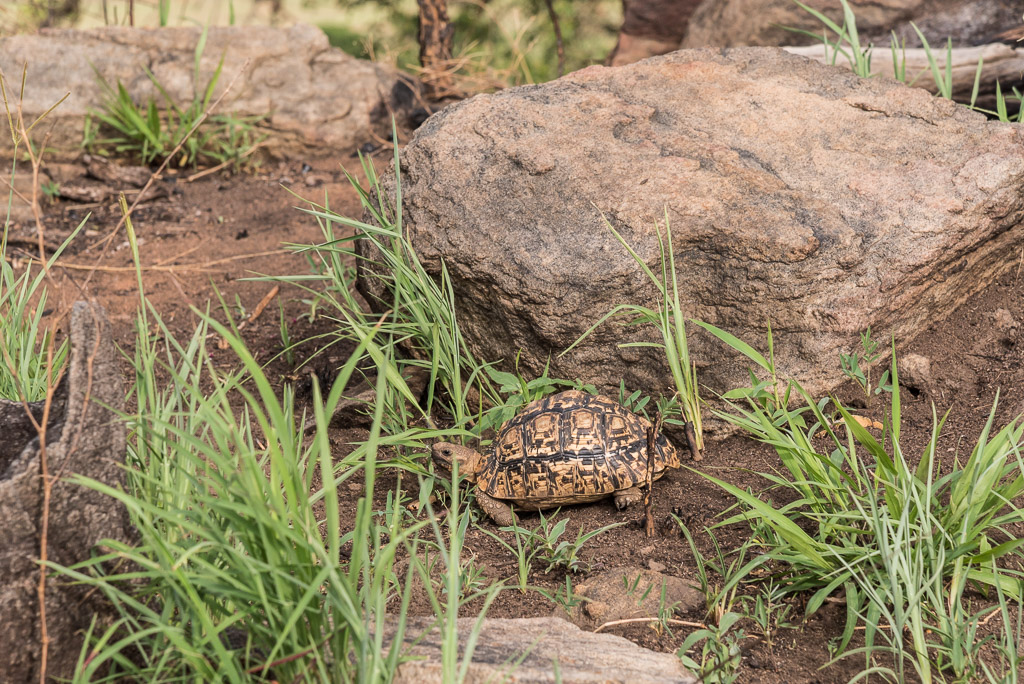
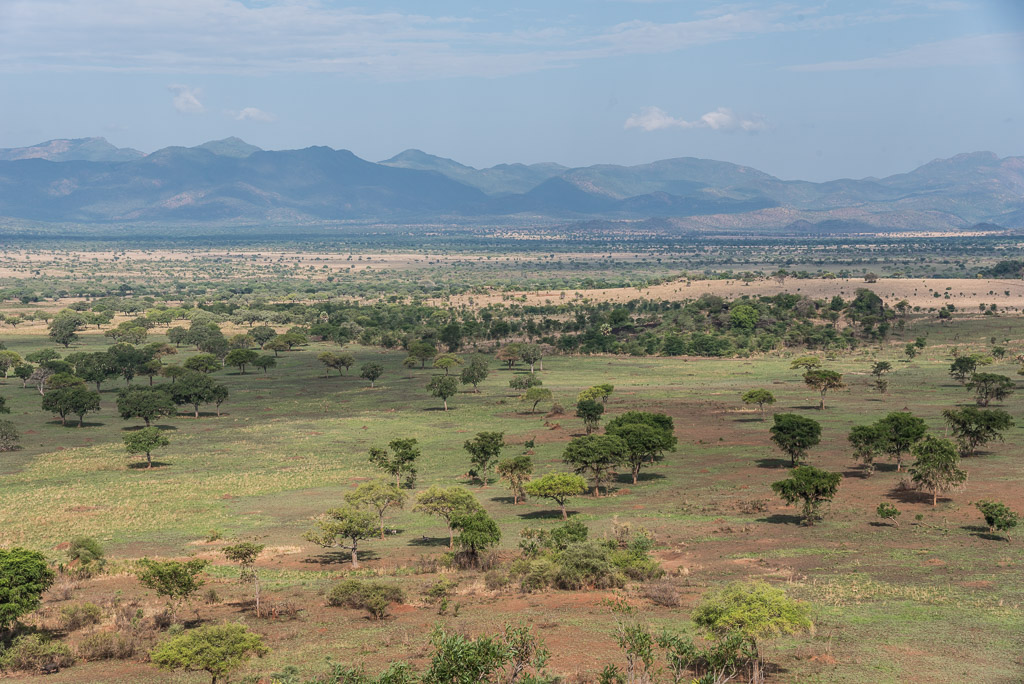
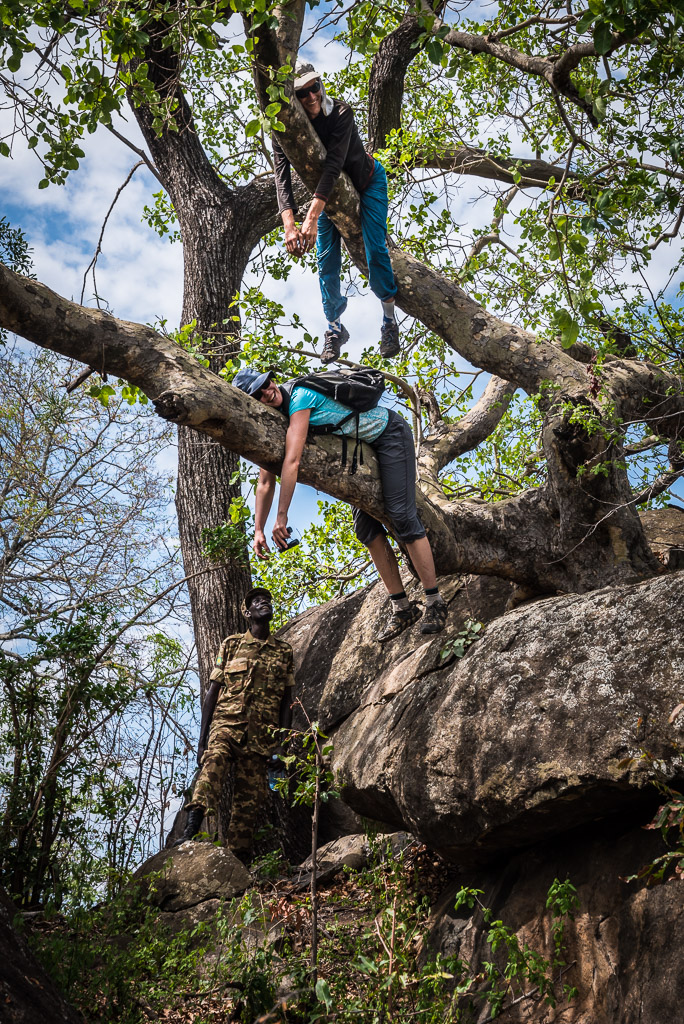
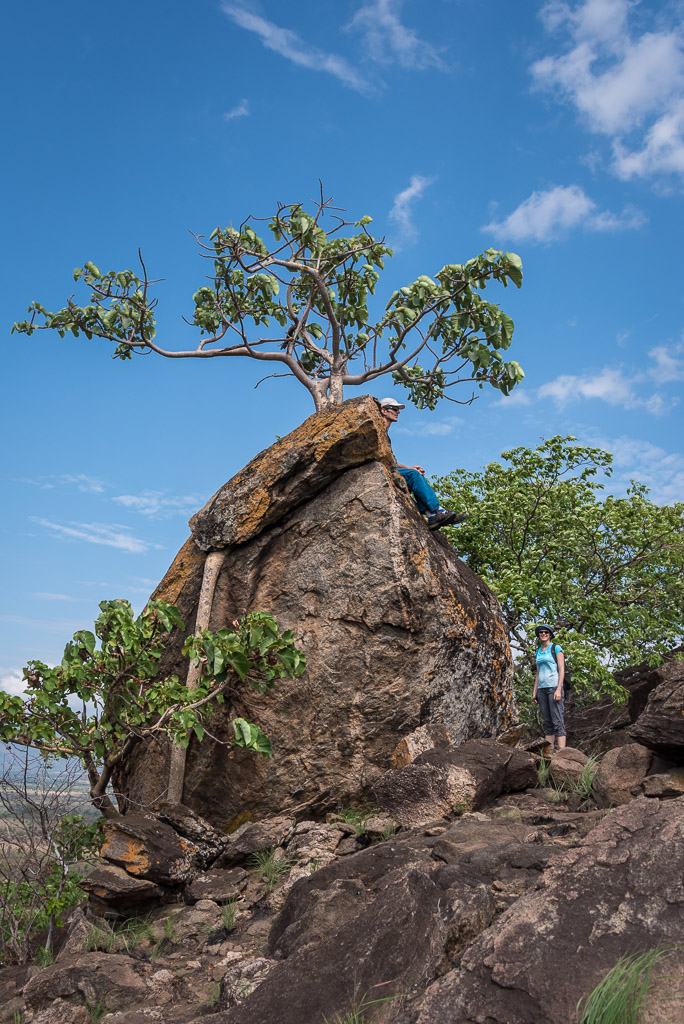
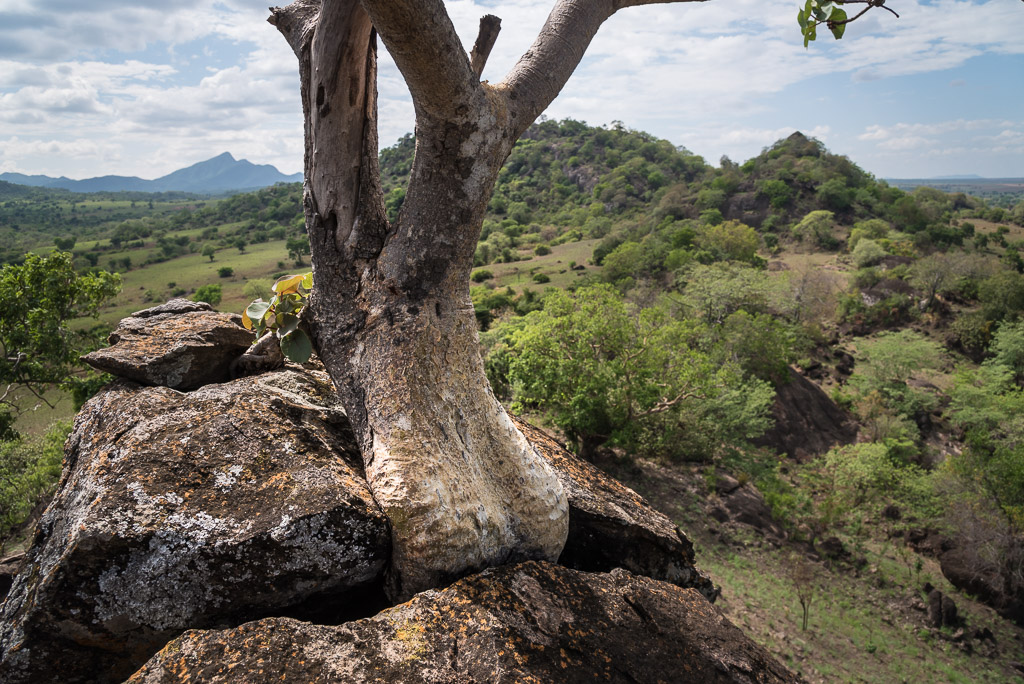
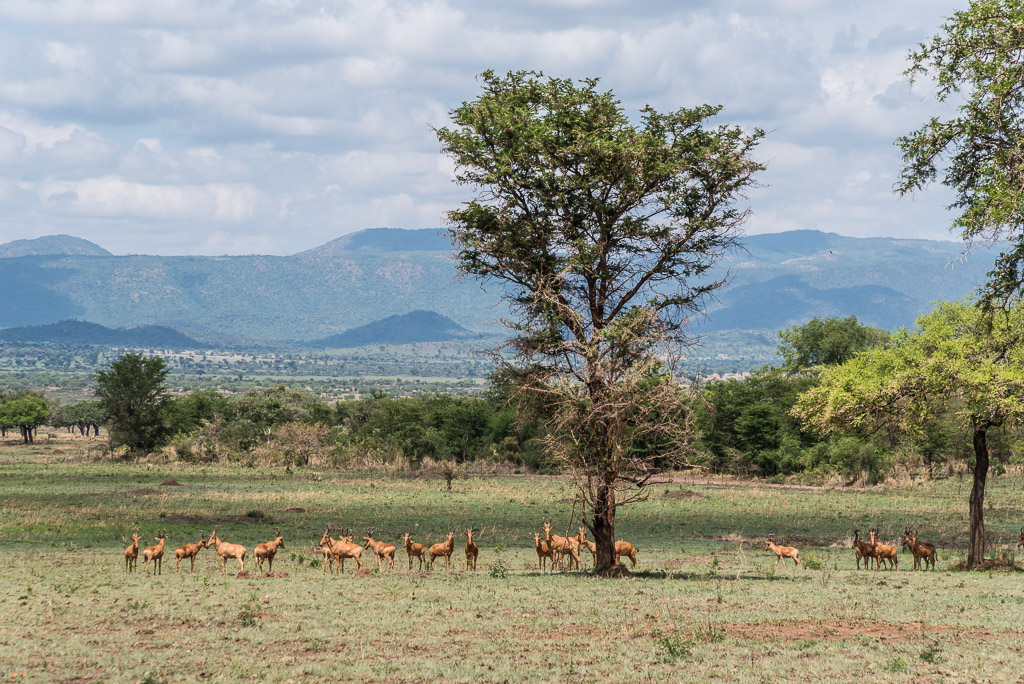
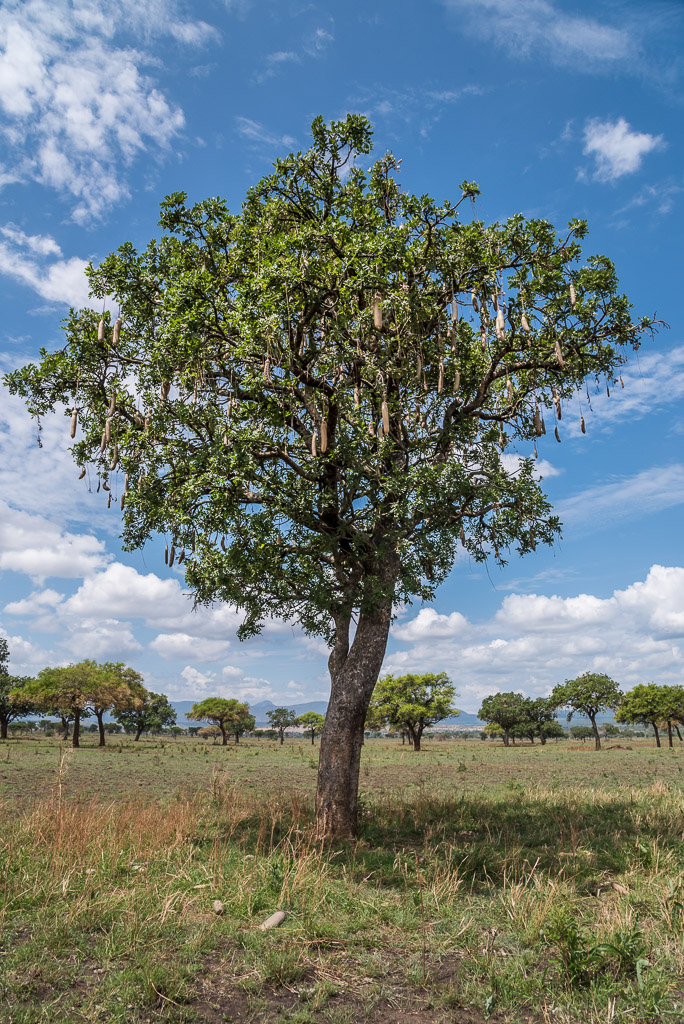
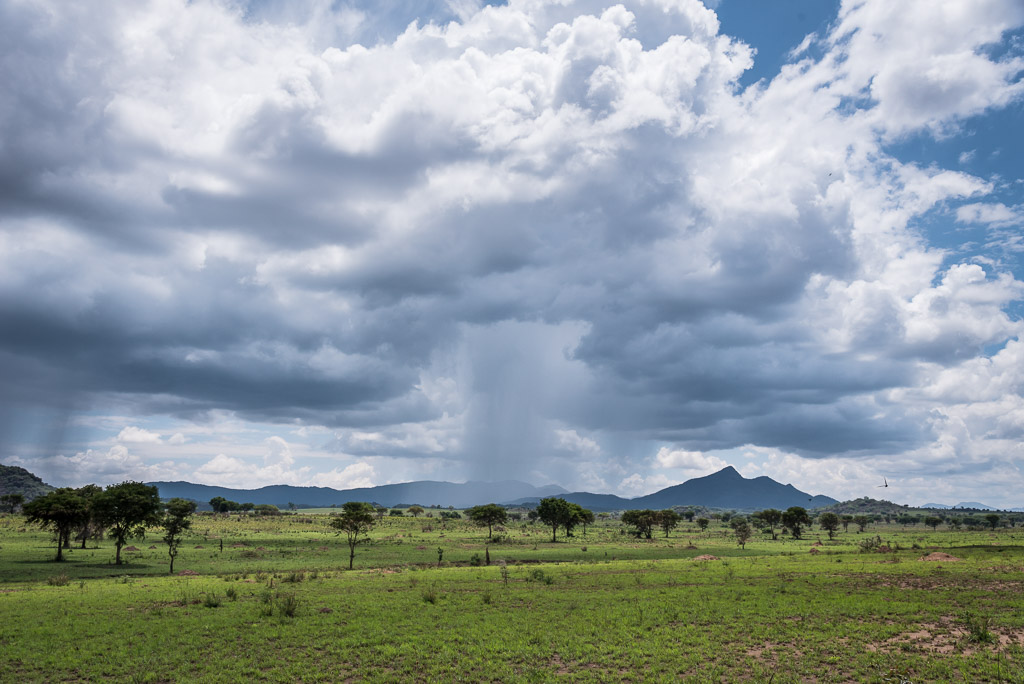
Thomas
26. September 2018Hi Thomas, schön zu lesen und sehen, dass du wohl auf bist und die Reise unendliche Entdeckungen für dich parat hält.
Liebe Grüße,
Thomas, Anne und Leonie
thomas
9. November 2018Gut zu wissen, dass jemand meinen Blog liest 😉
Zugegebenermaßen bin ich mit meinem Blog schon einige Monate hinten dran, aber ich werde weiter machen, um meine Erfahrungen mit euch zu teilen. Es wäre zu schade ich würde alles für mich behalten…
Viele Grüße aus Khartoum, wo ich gerade Gosia besuche
thomas
12. September 2018Nice to hear you like the video, it took me ages editing the 3 minutes clip …
Steffen
2. September 2018Hi Thomas, nice that the stories of your travels go on. I really like the mantis. The video film is very well done – you should submit a film contribution for a outdoor film festival. Already thought of that? Greetings from the Thuringian forest – for once with rain.